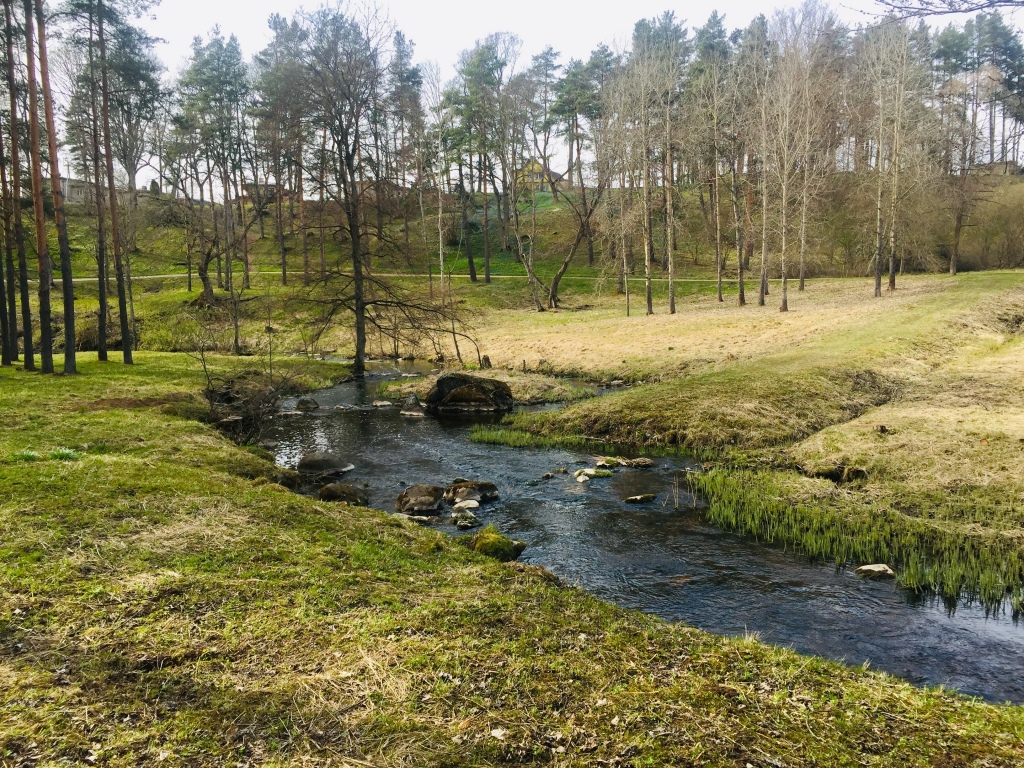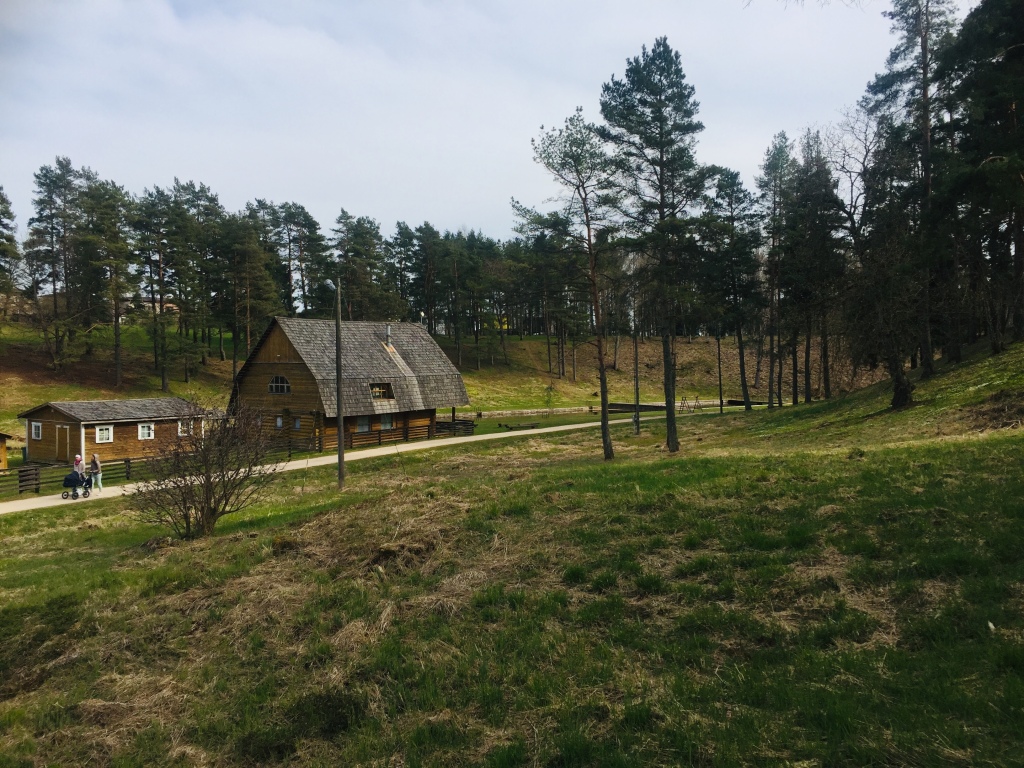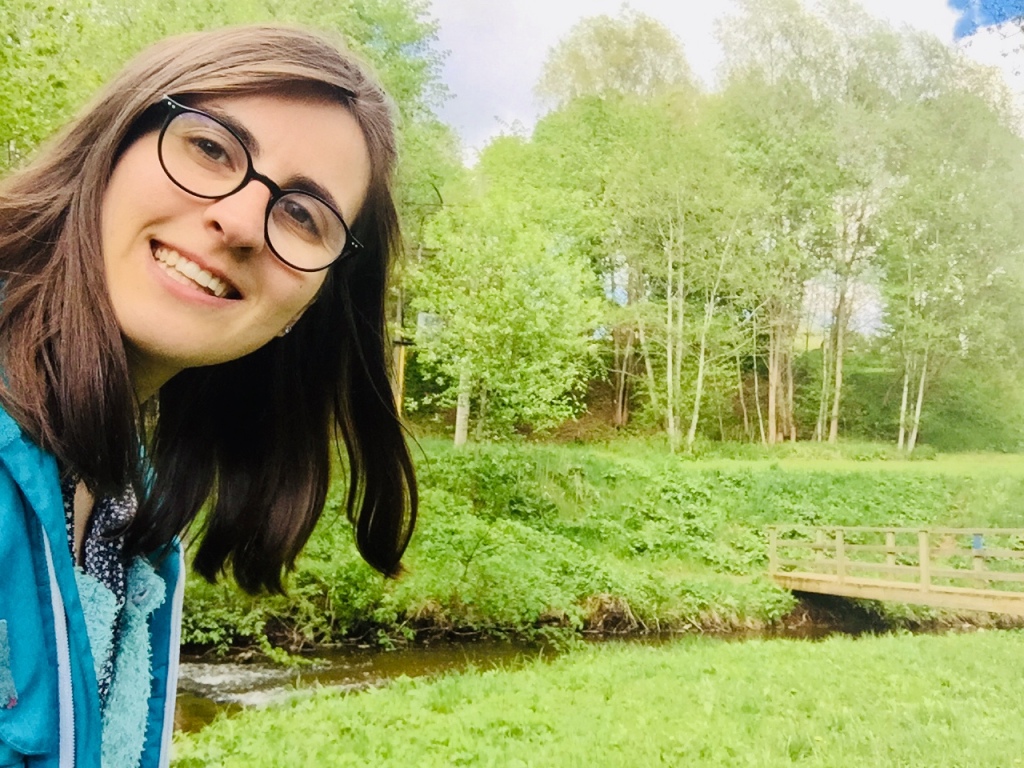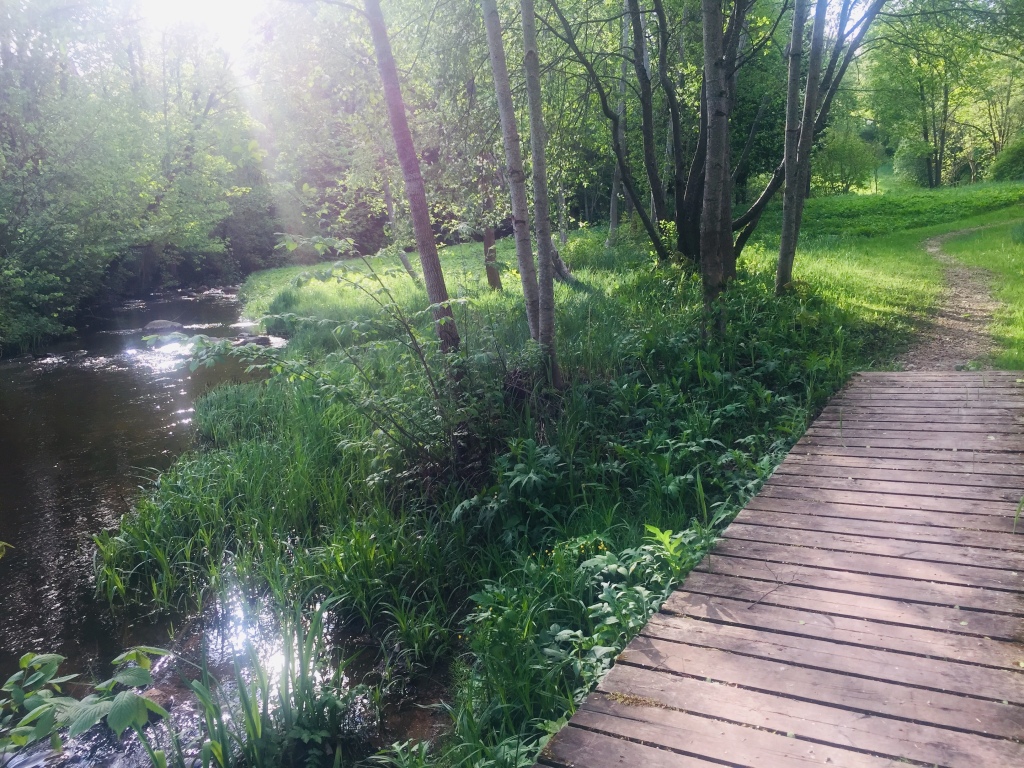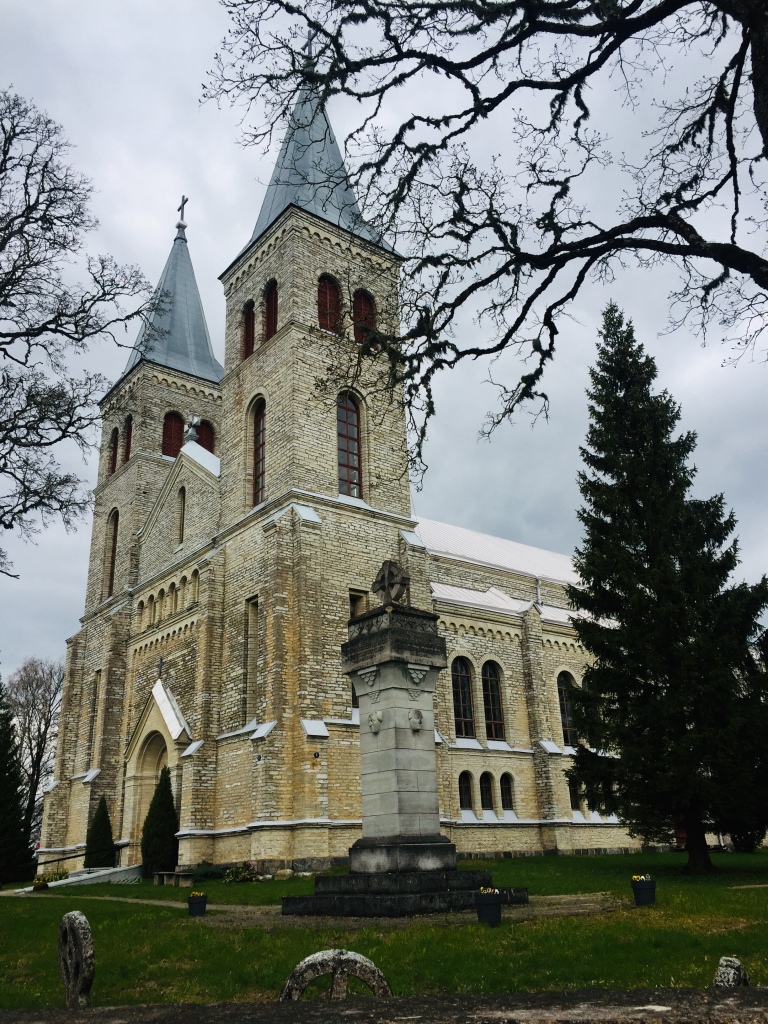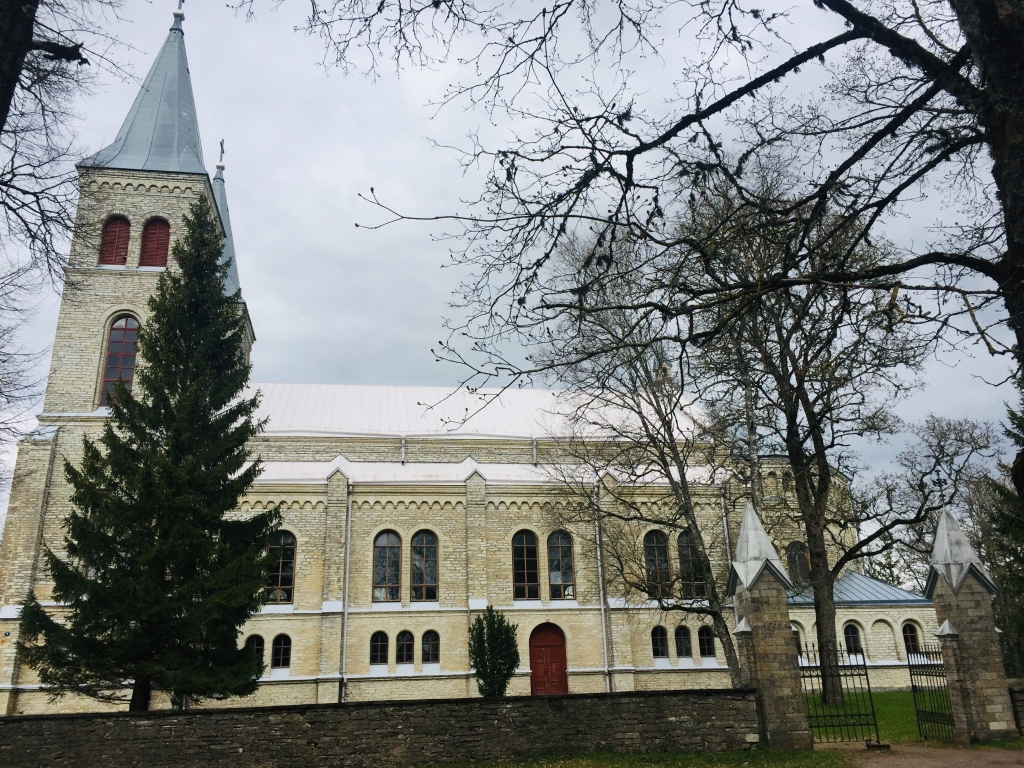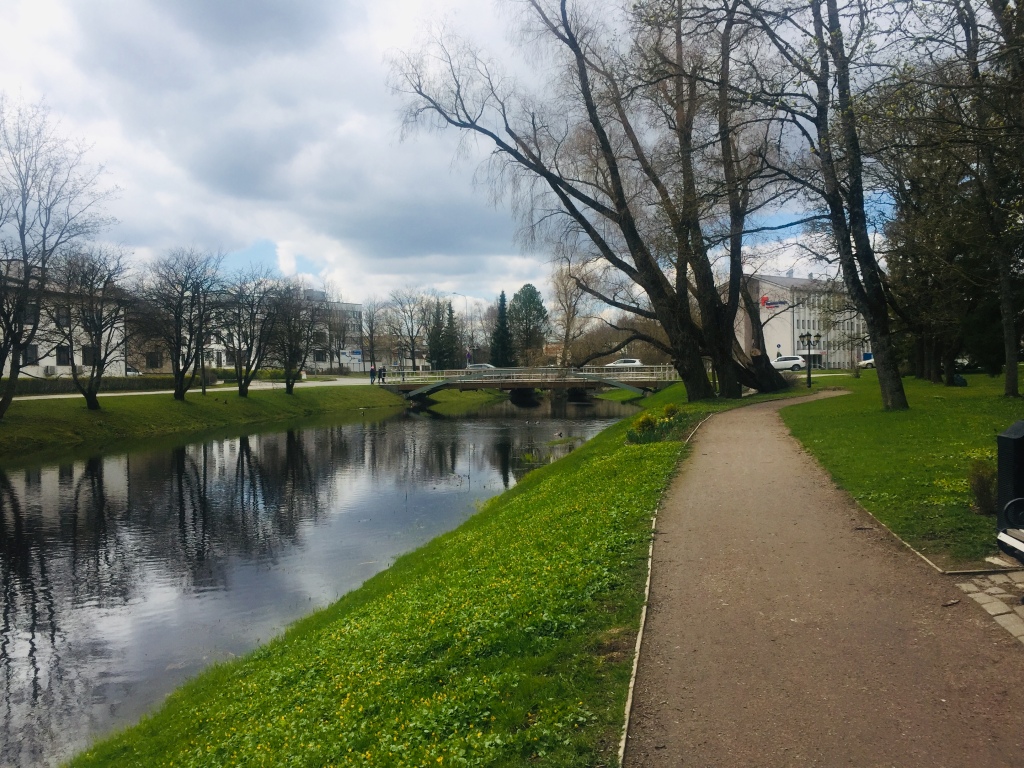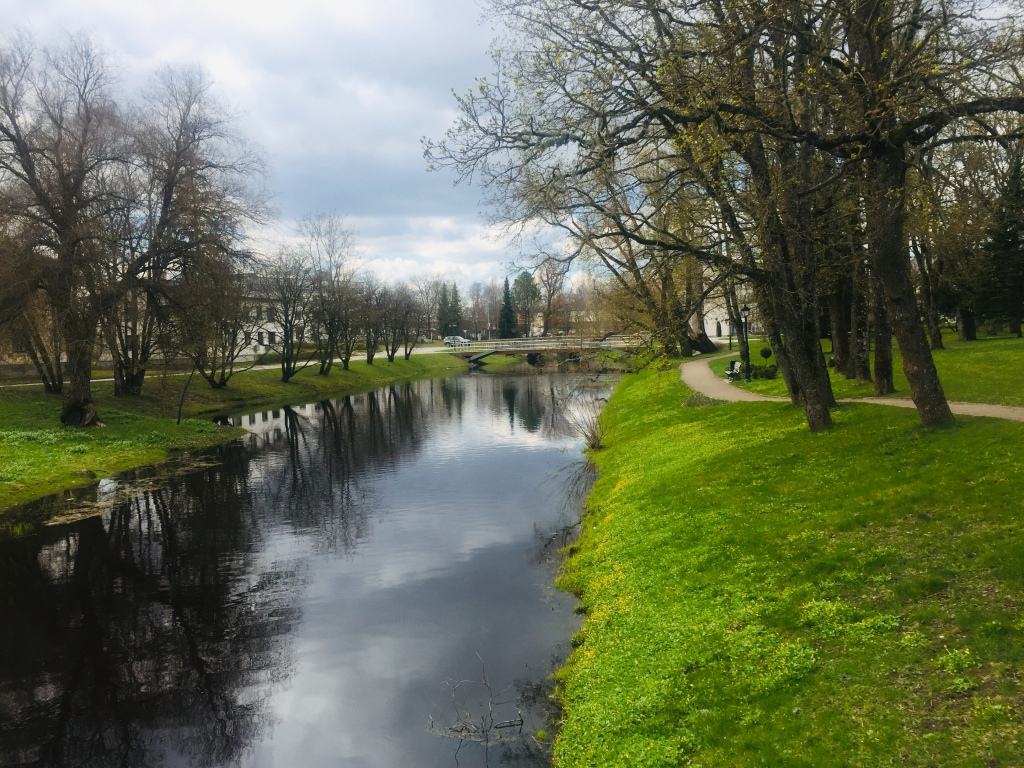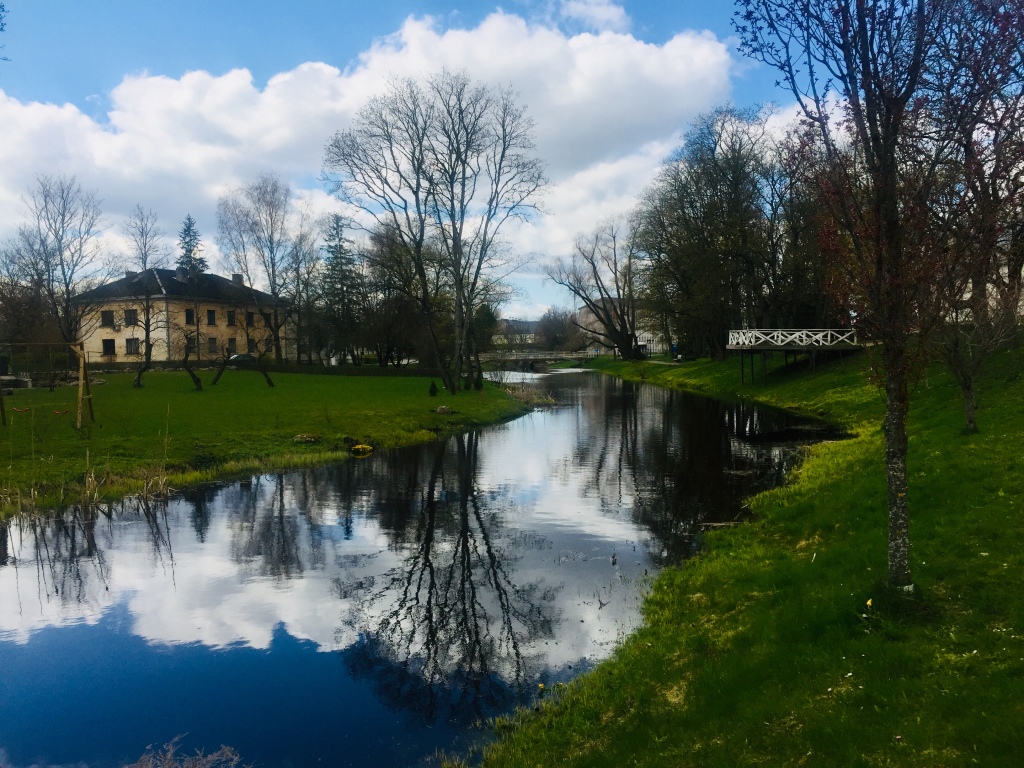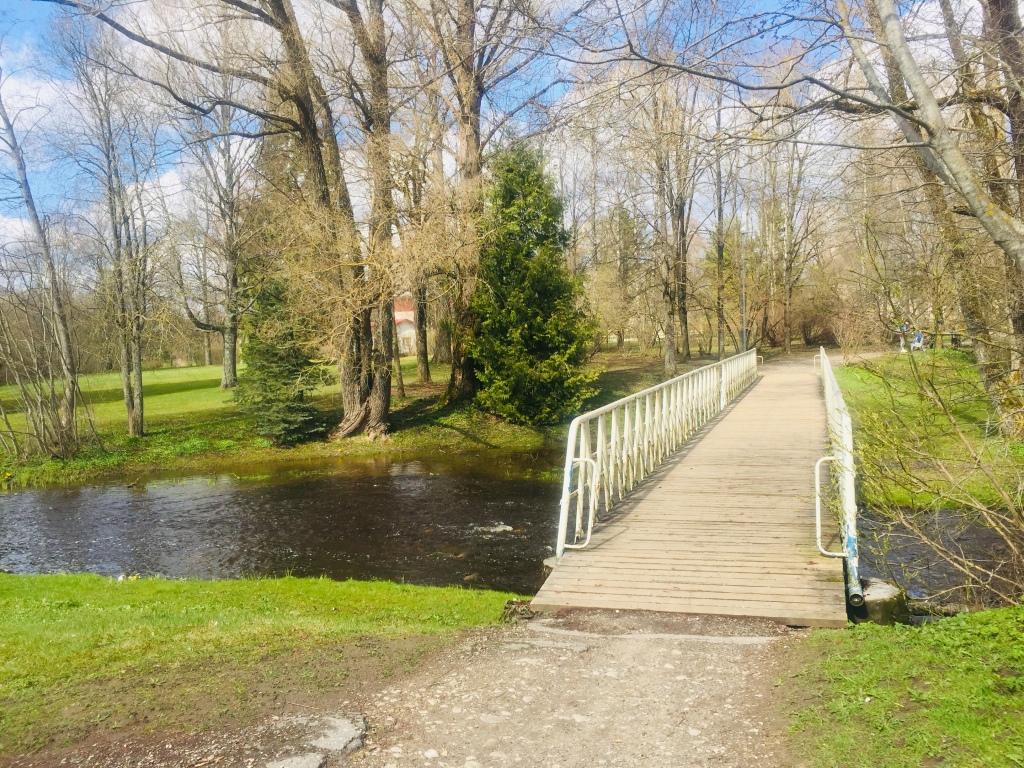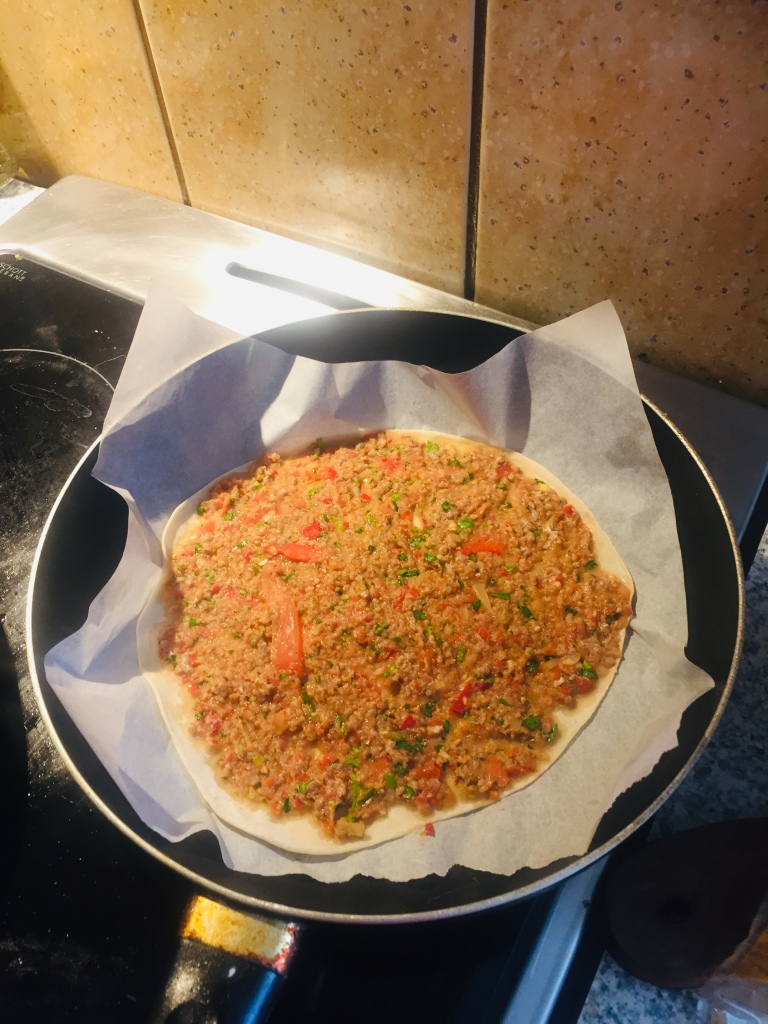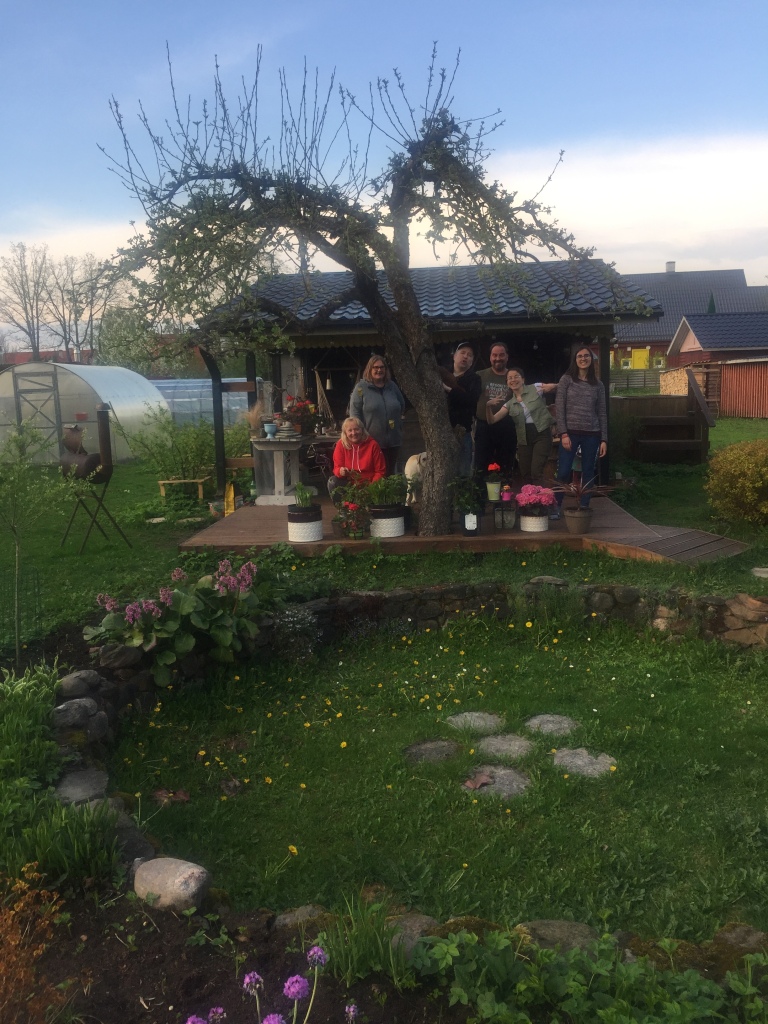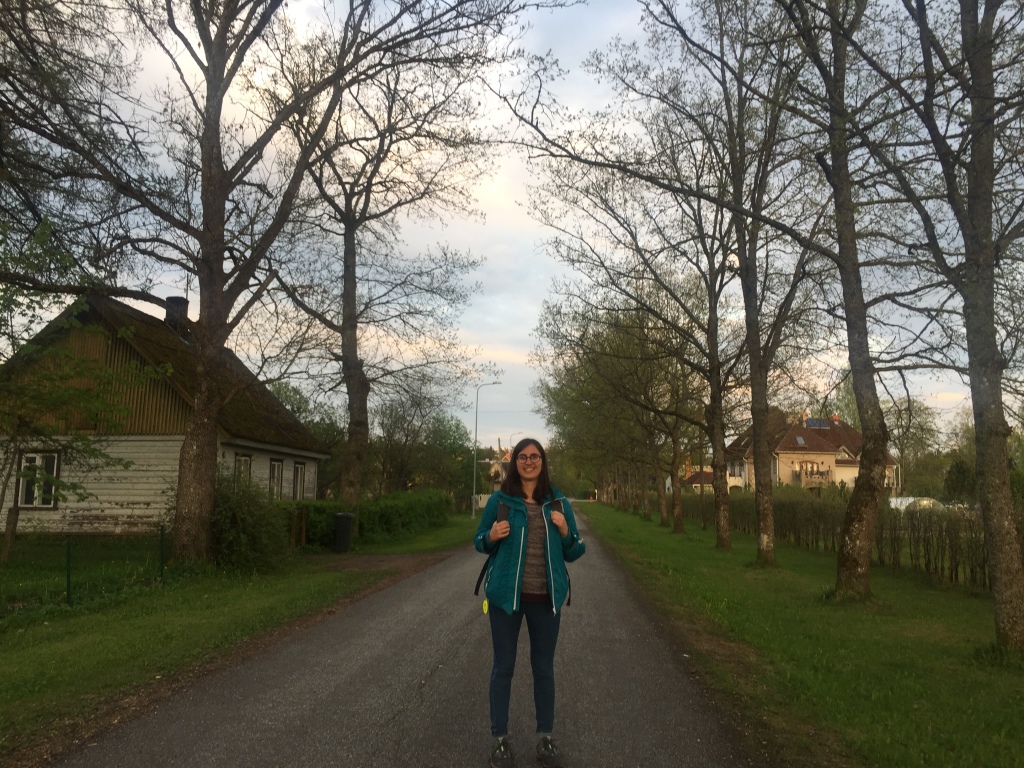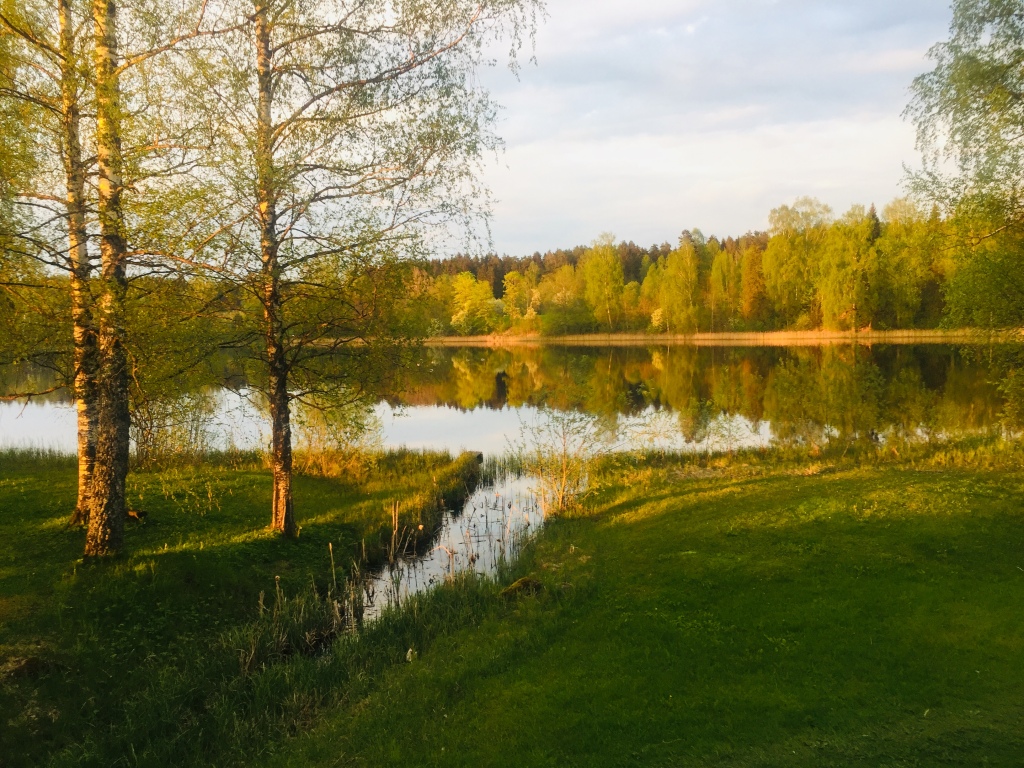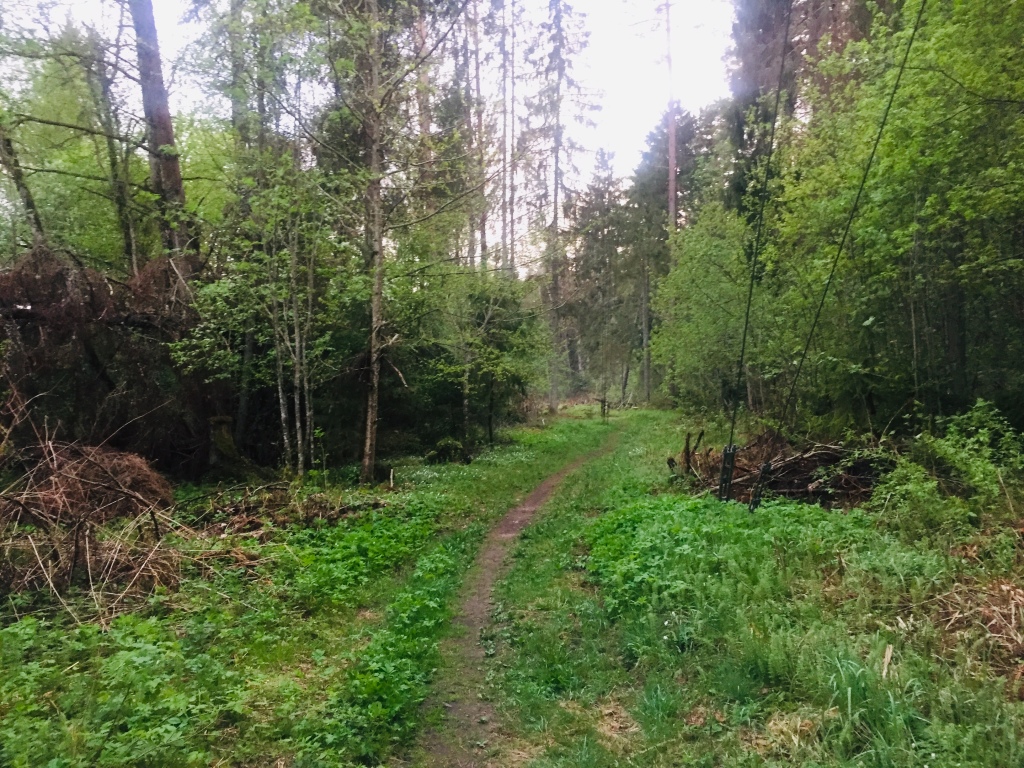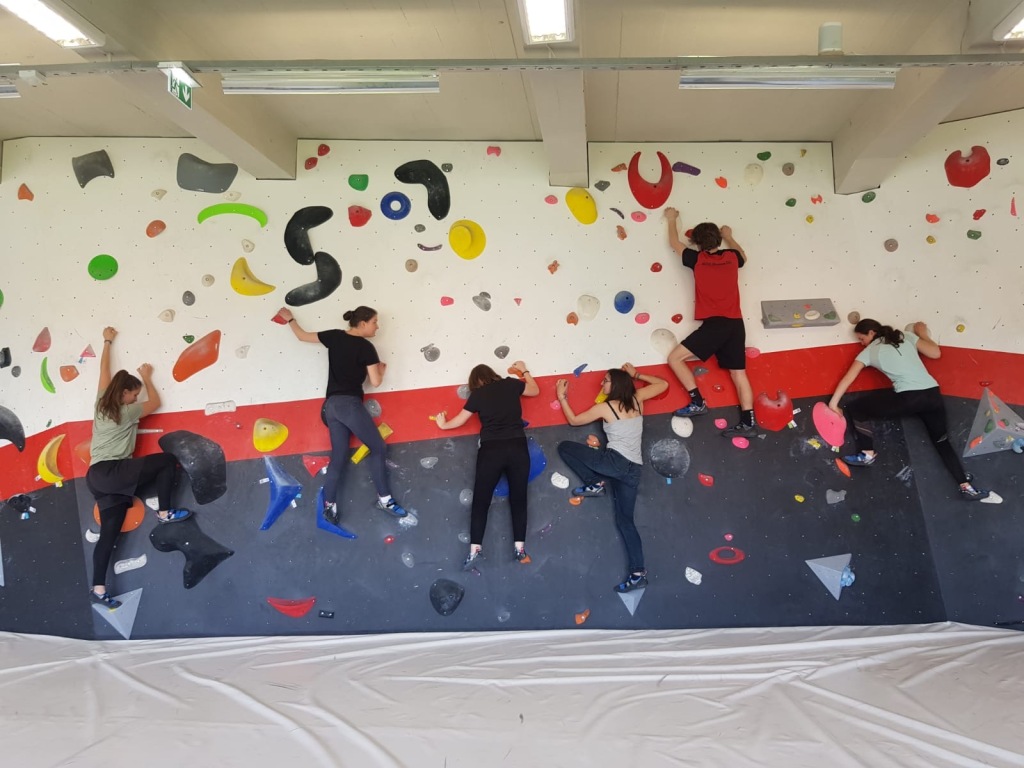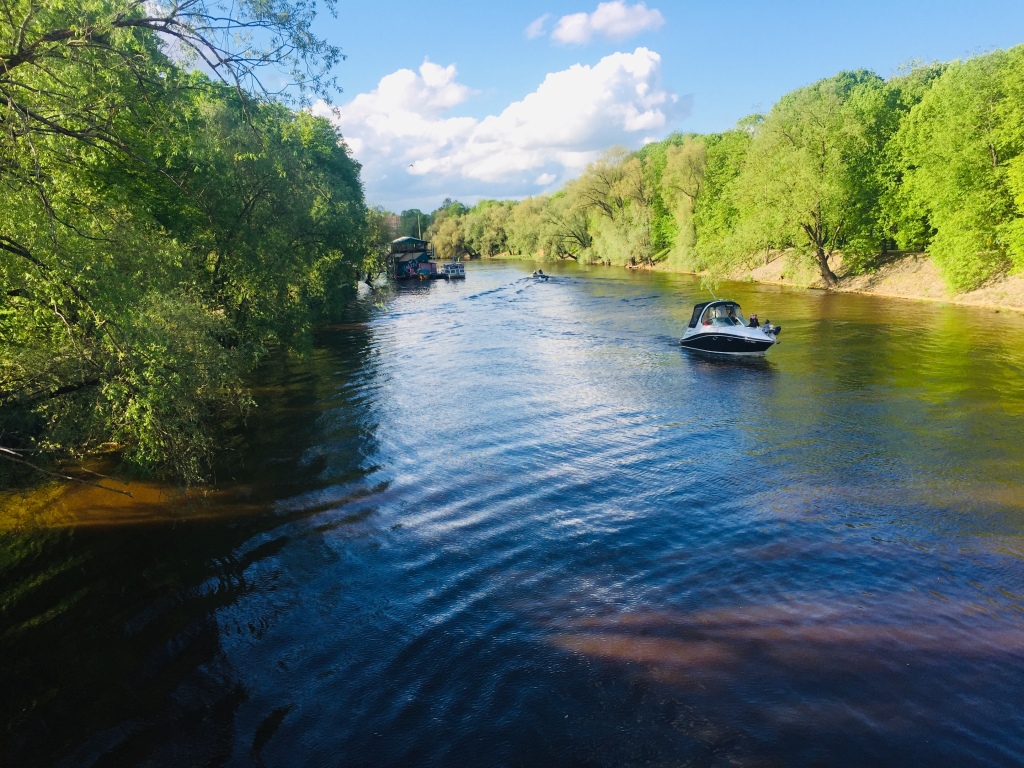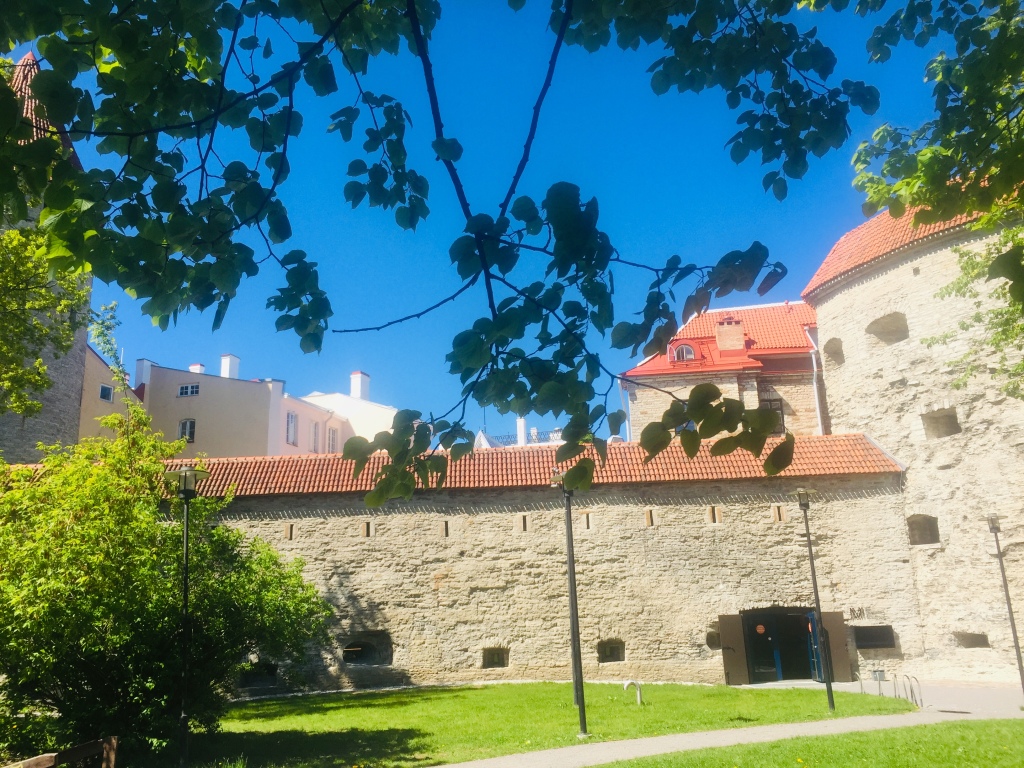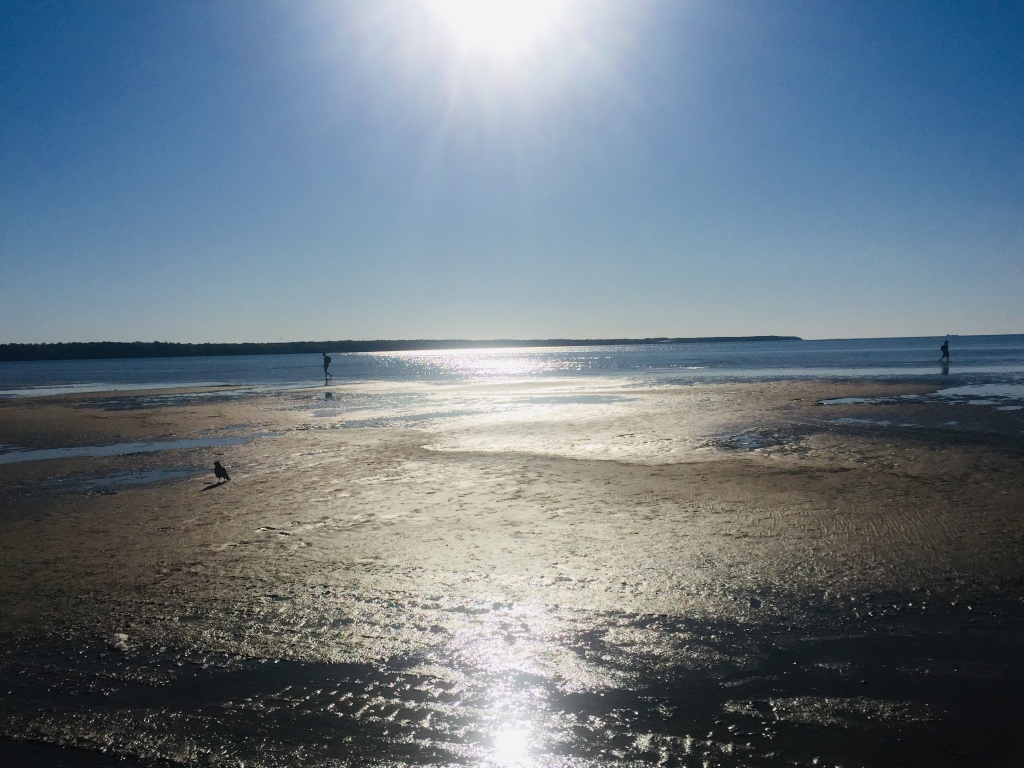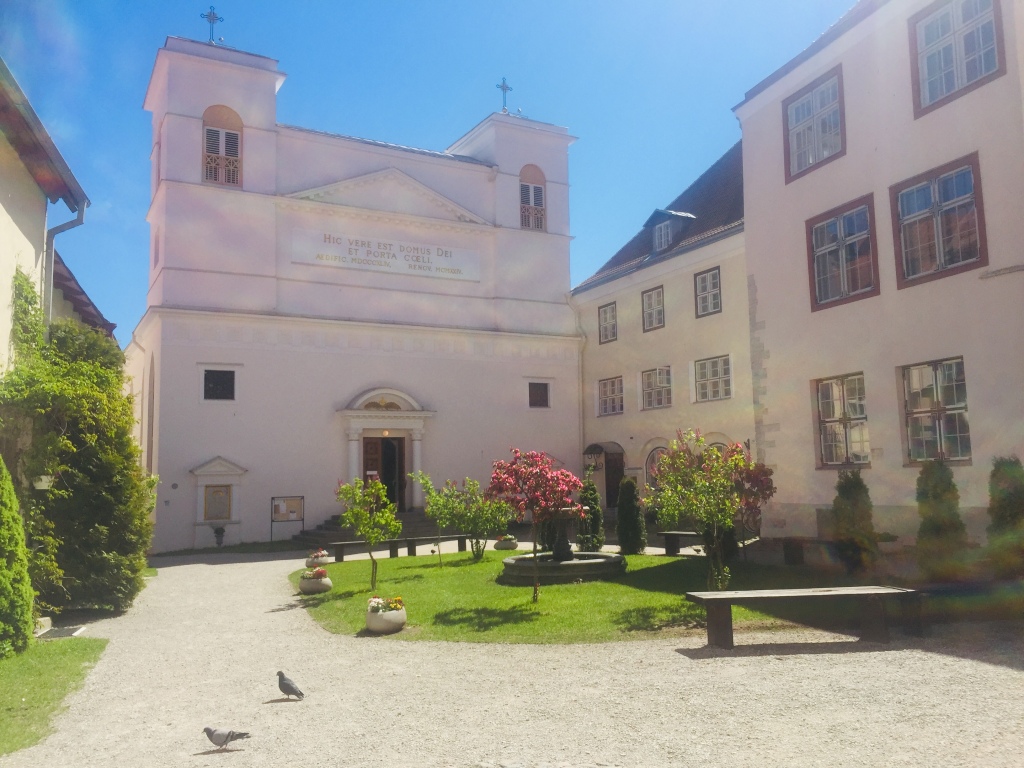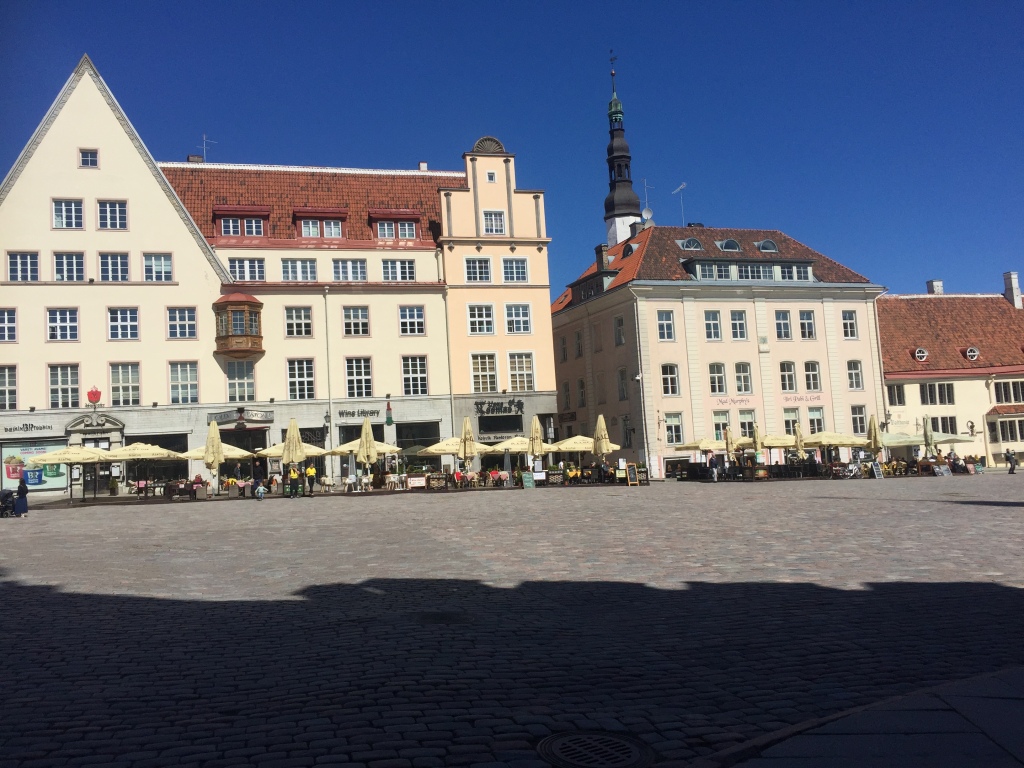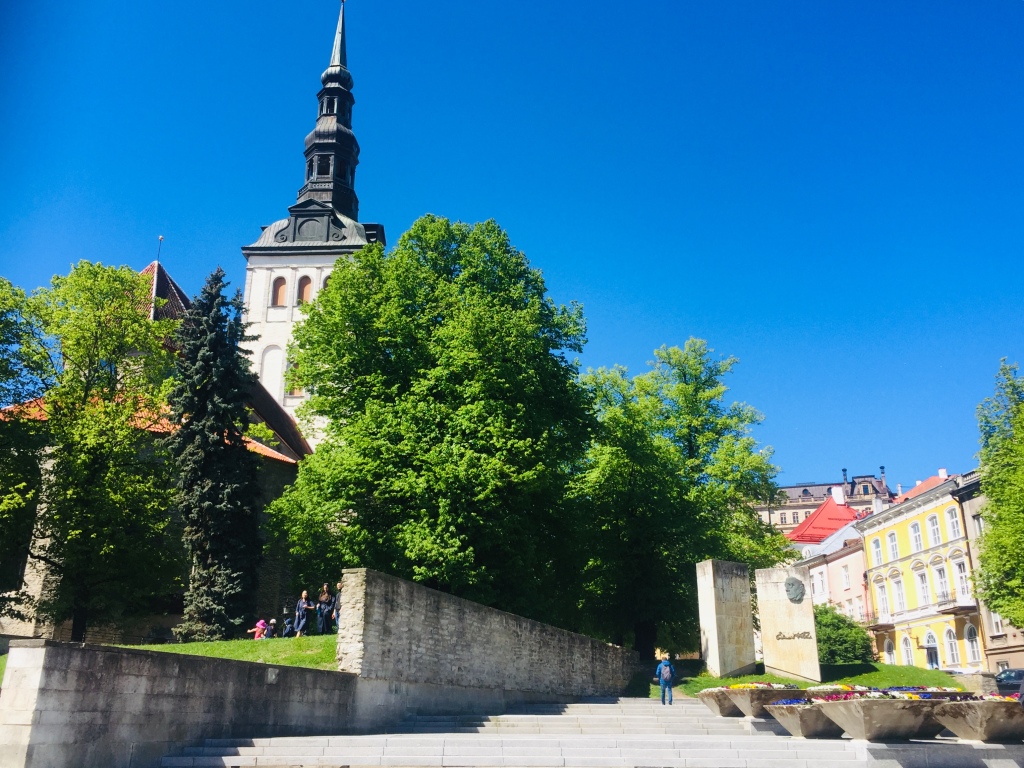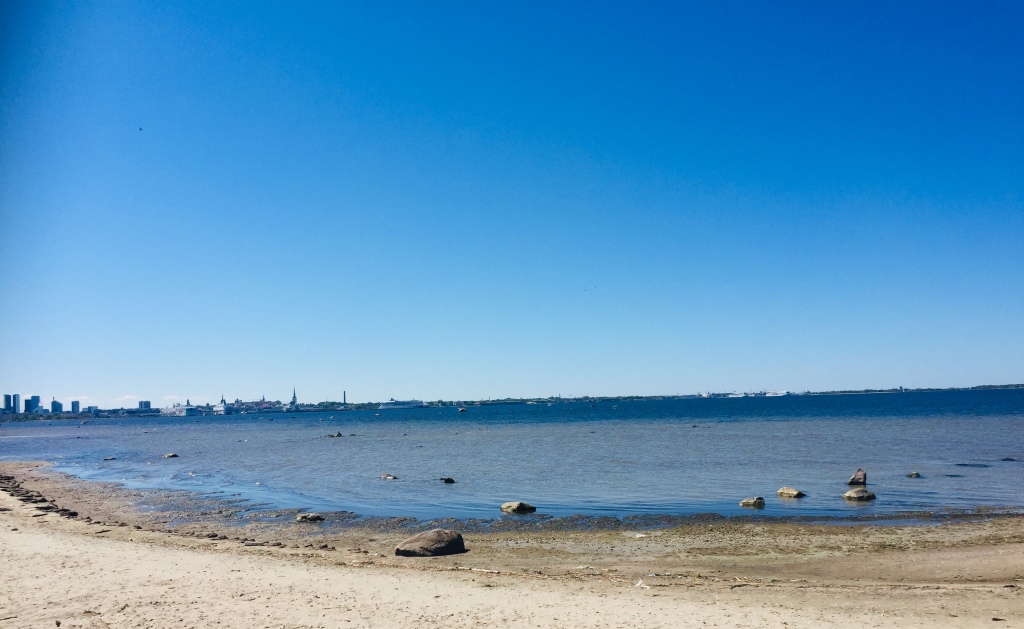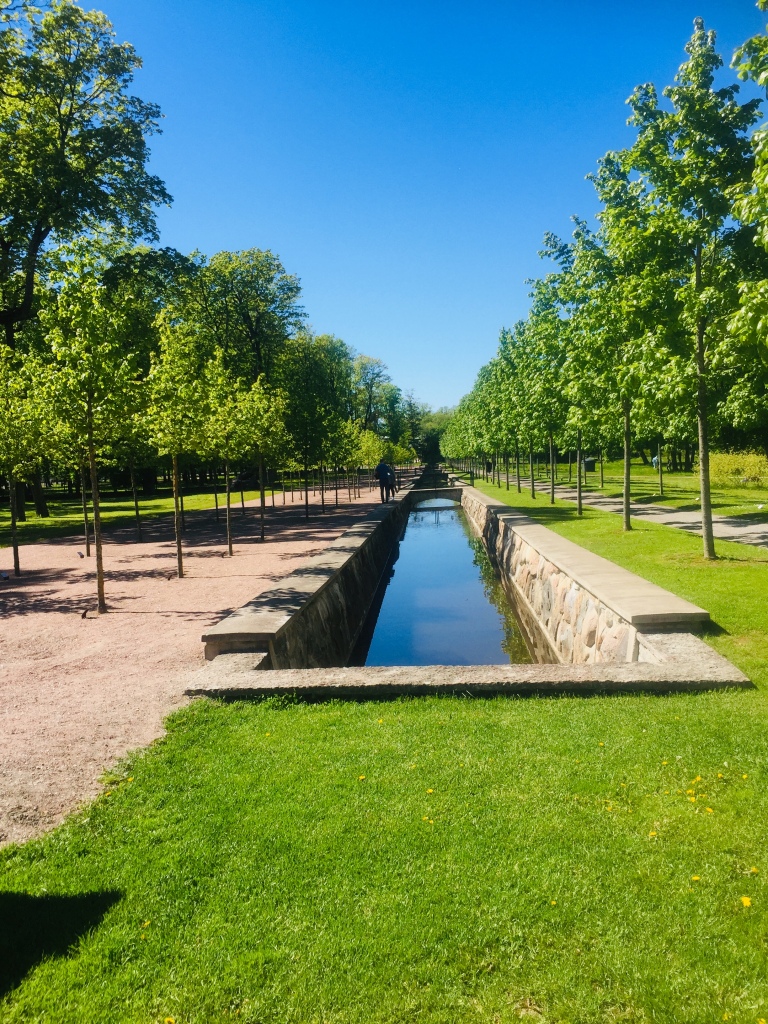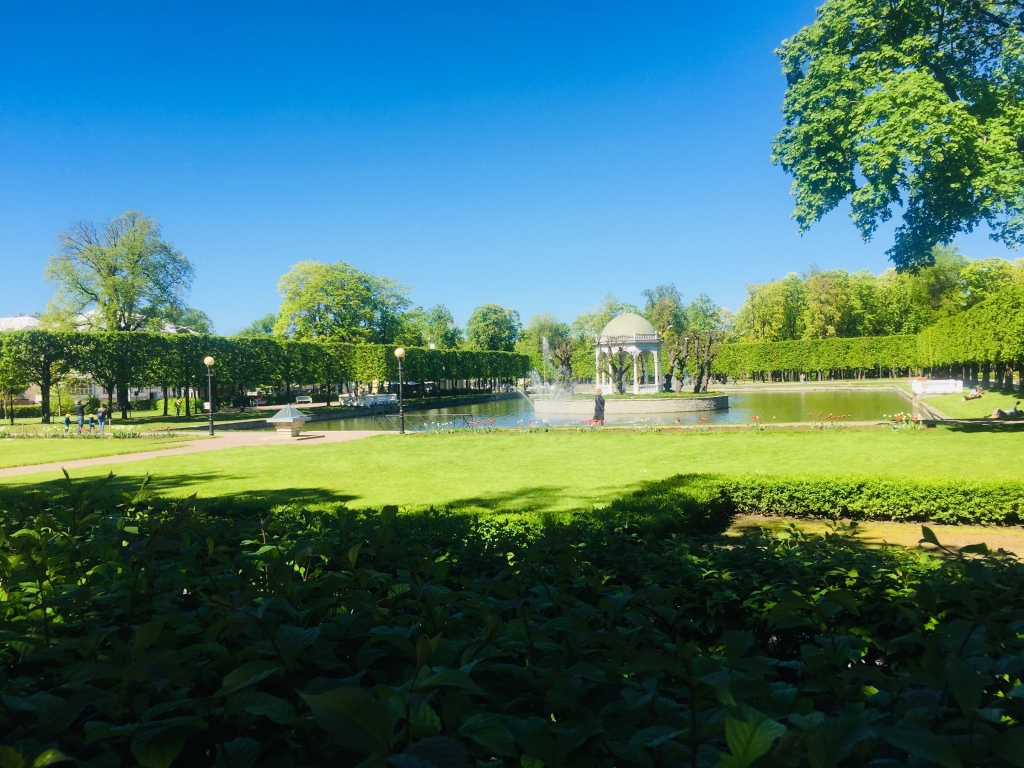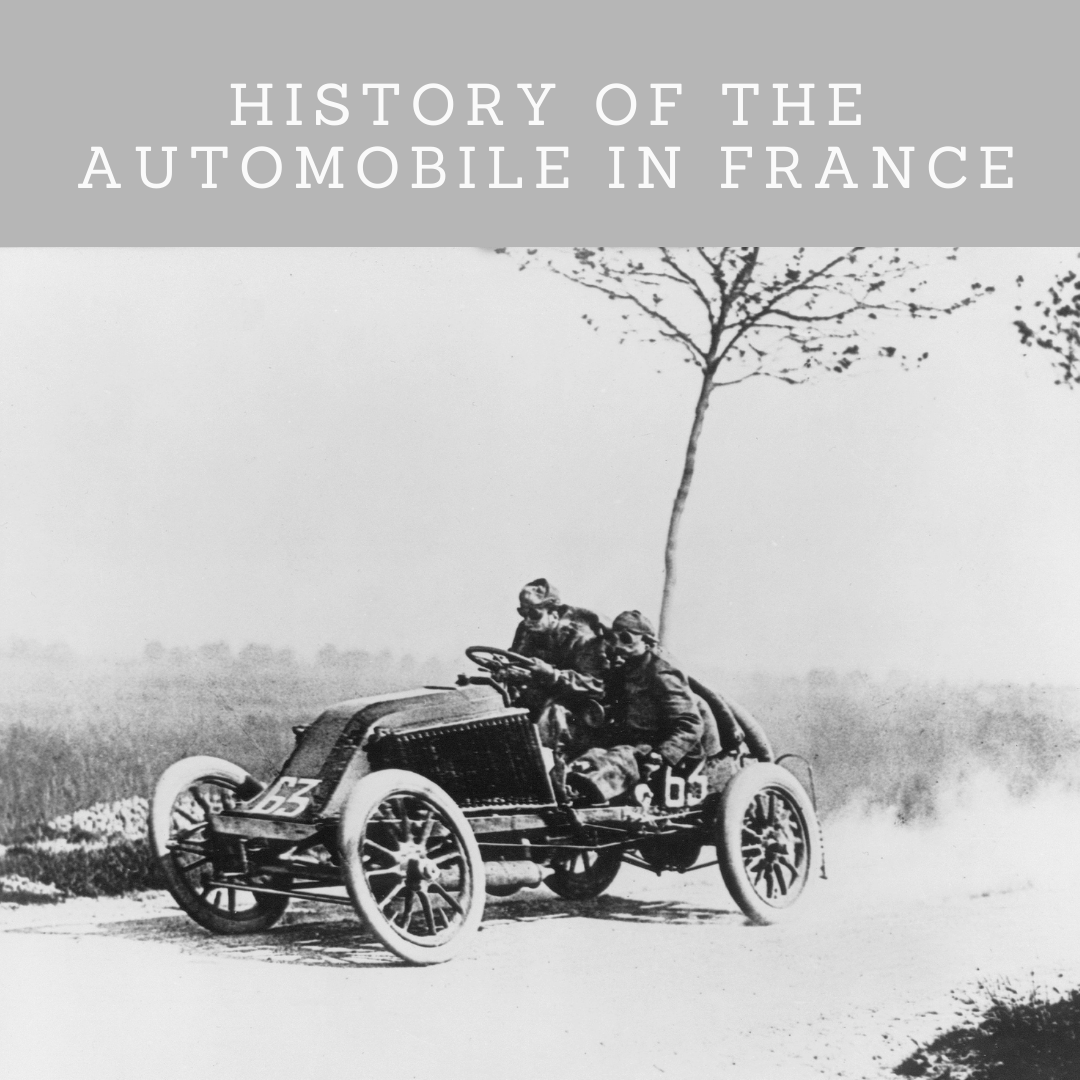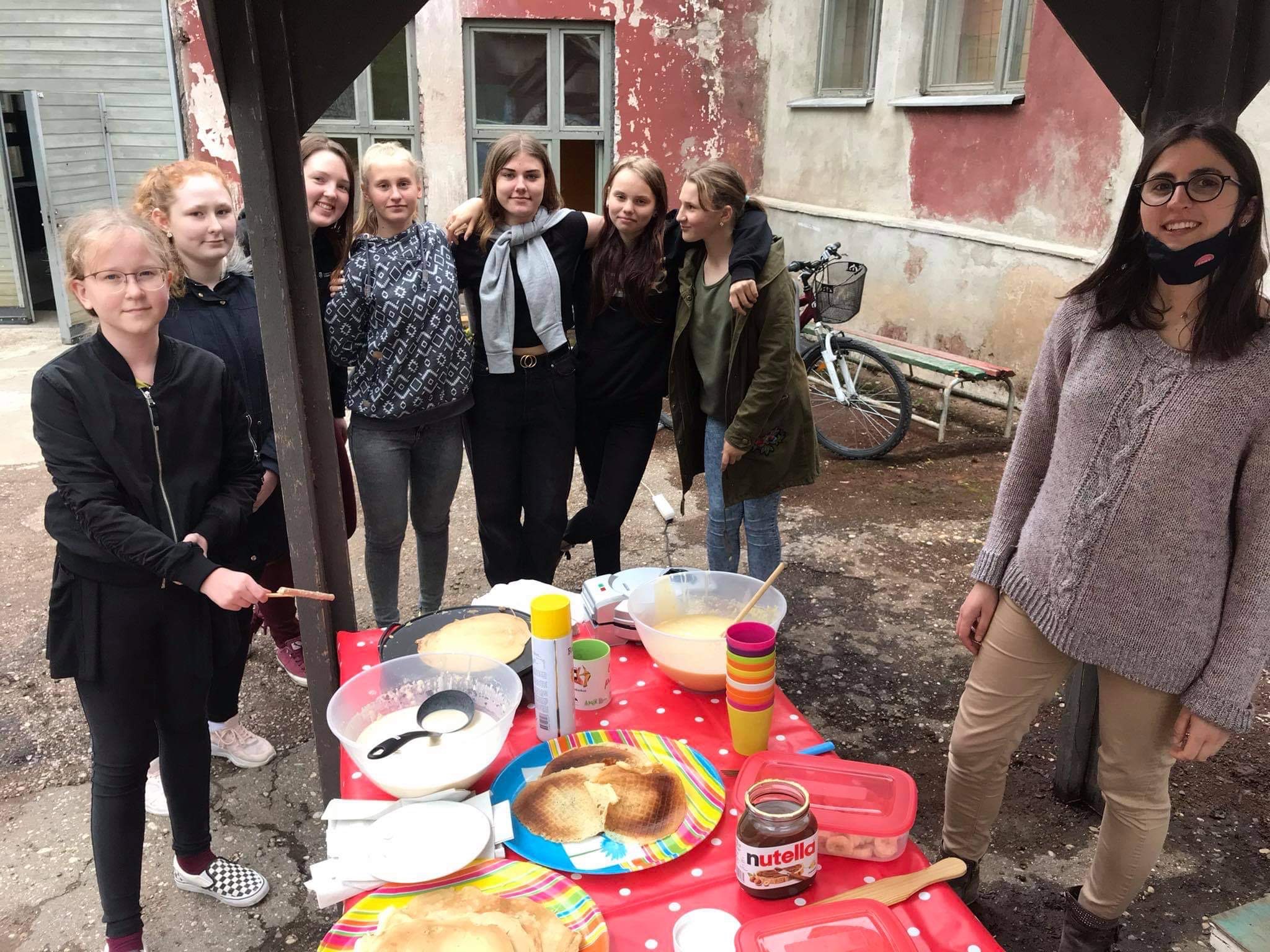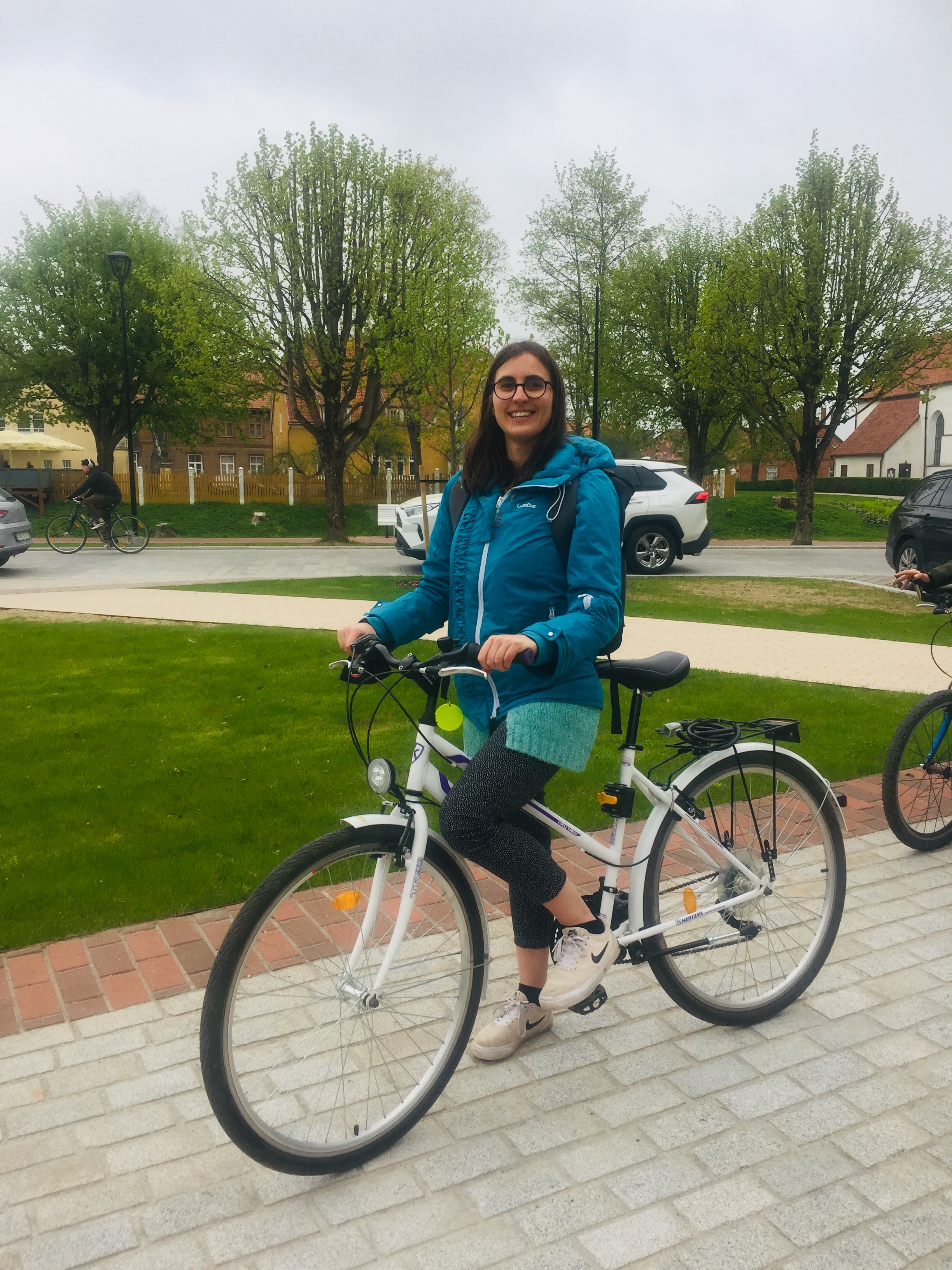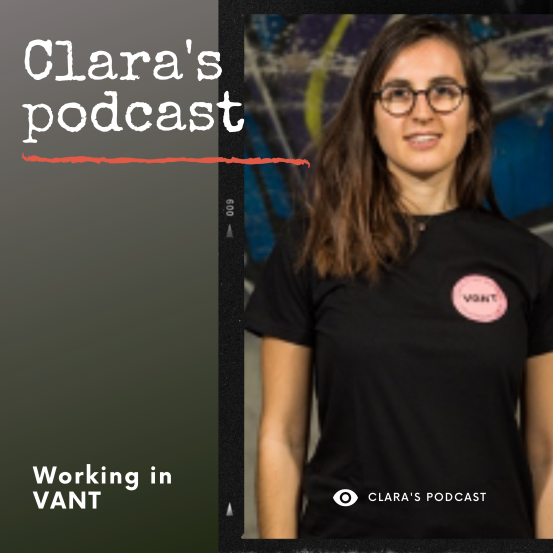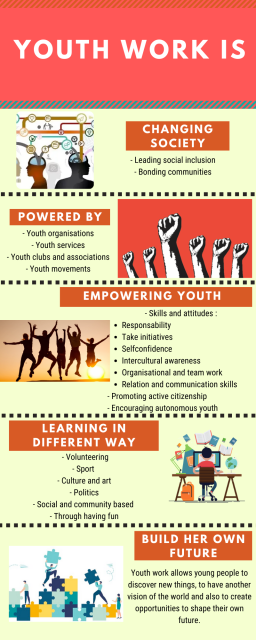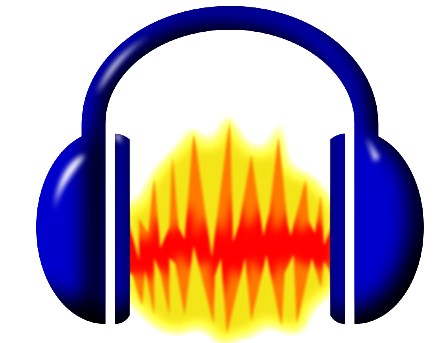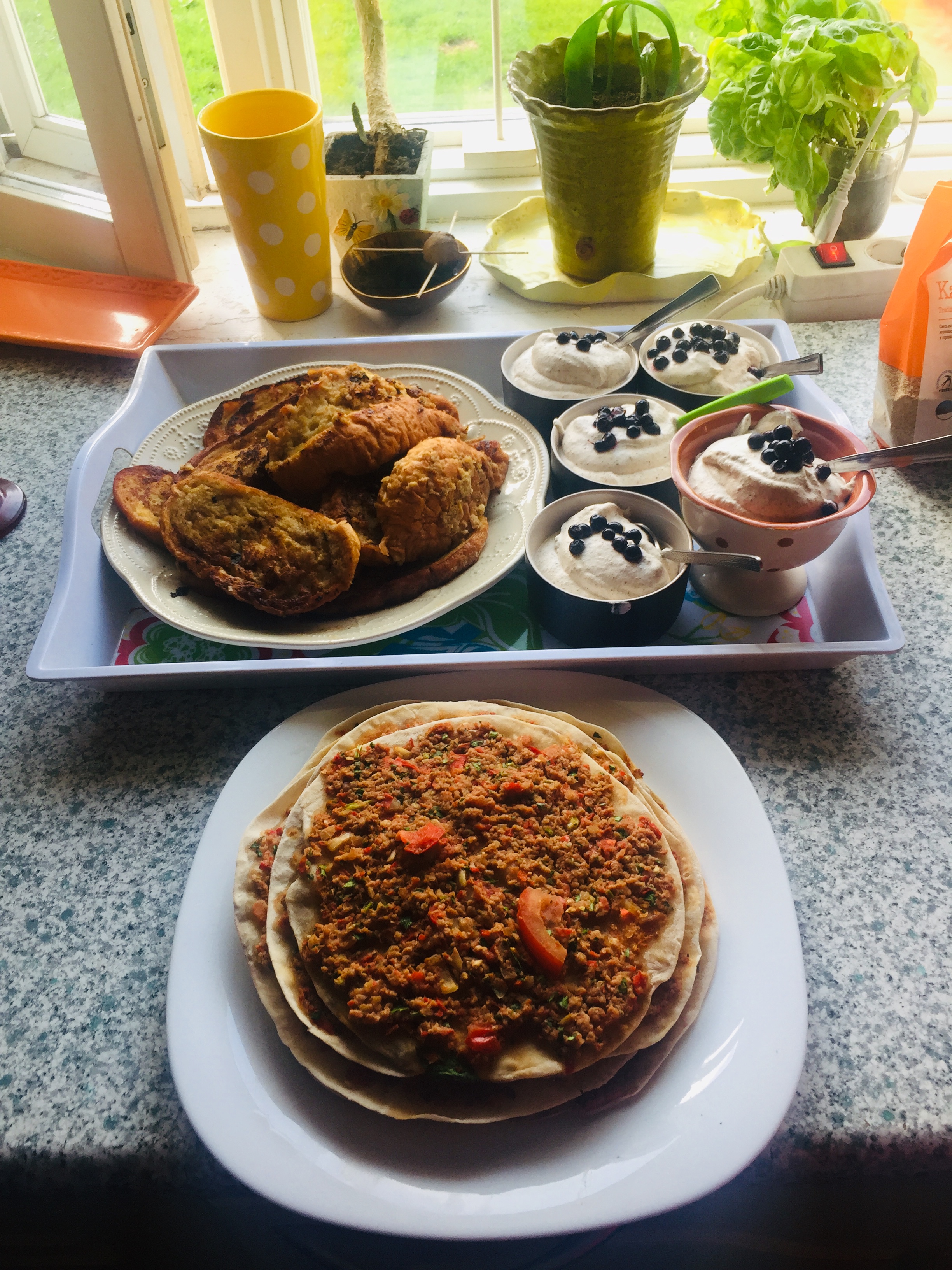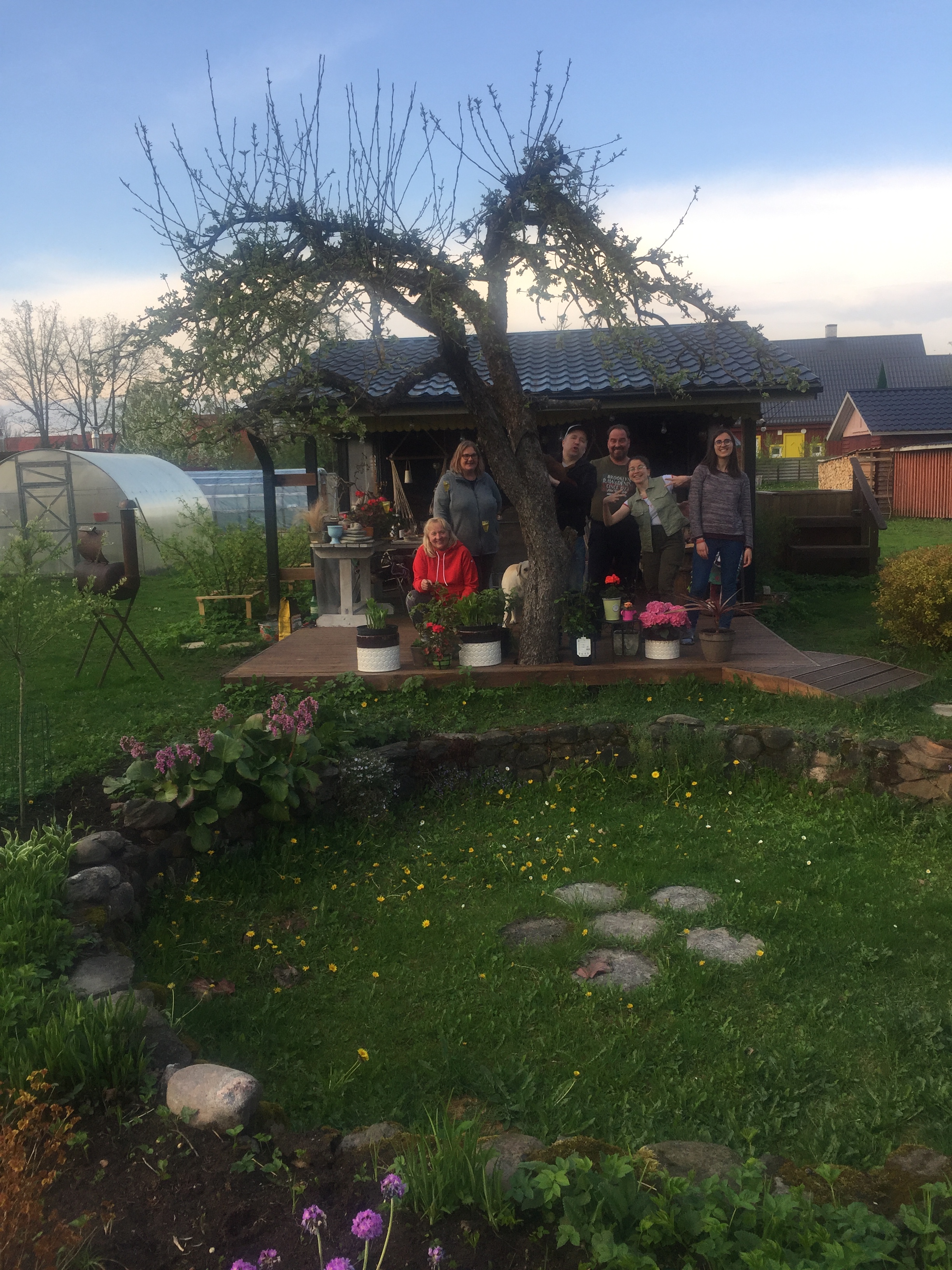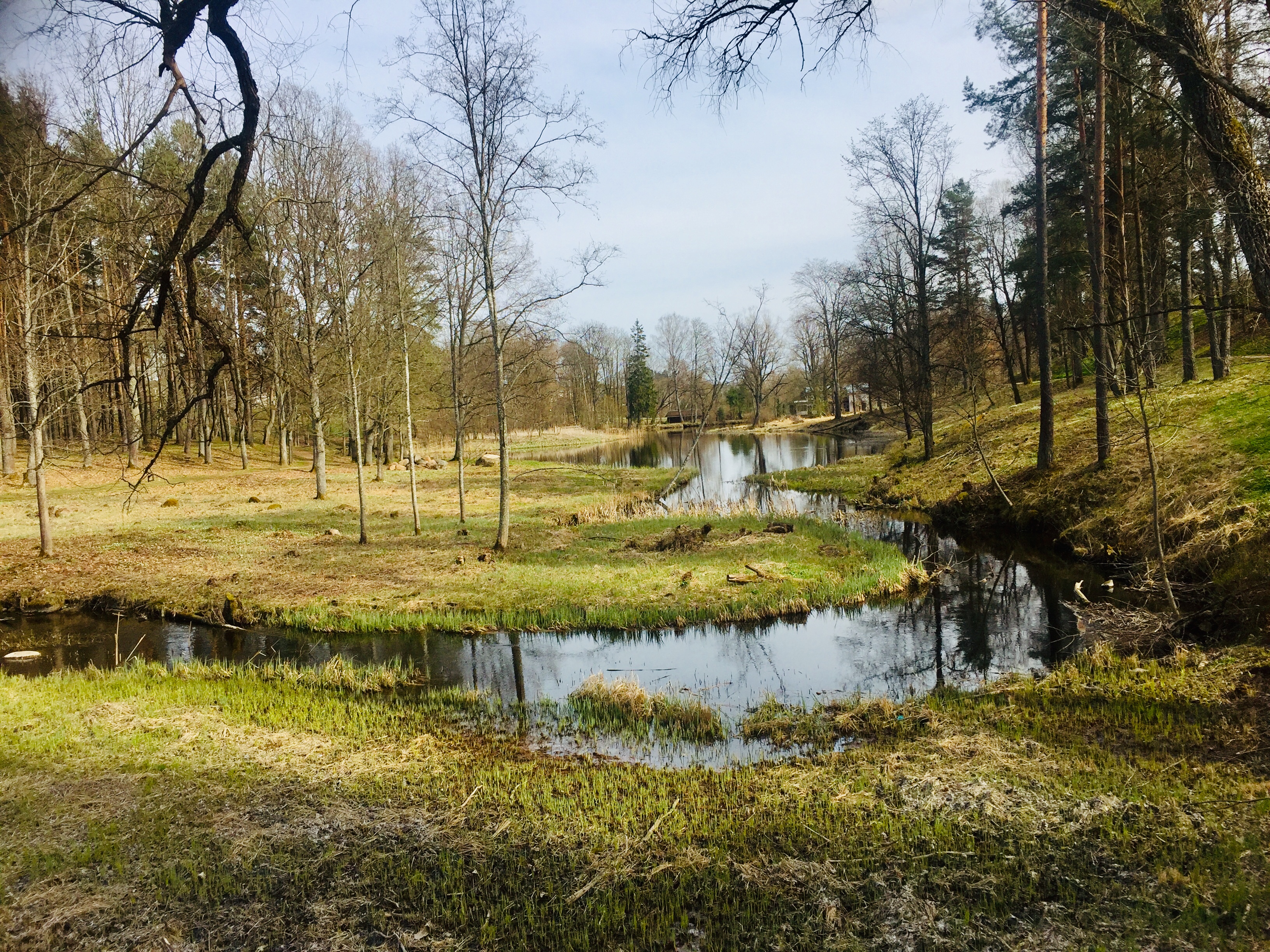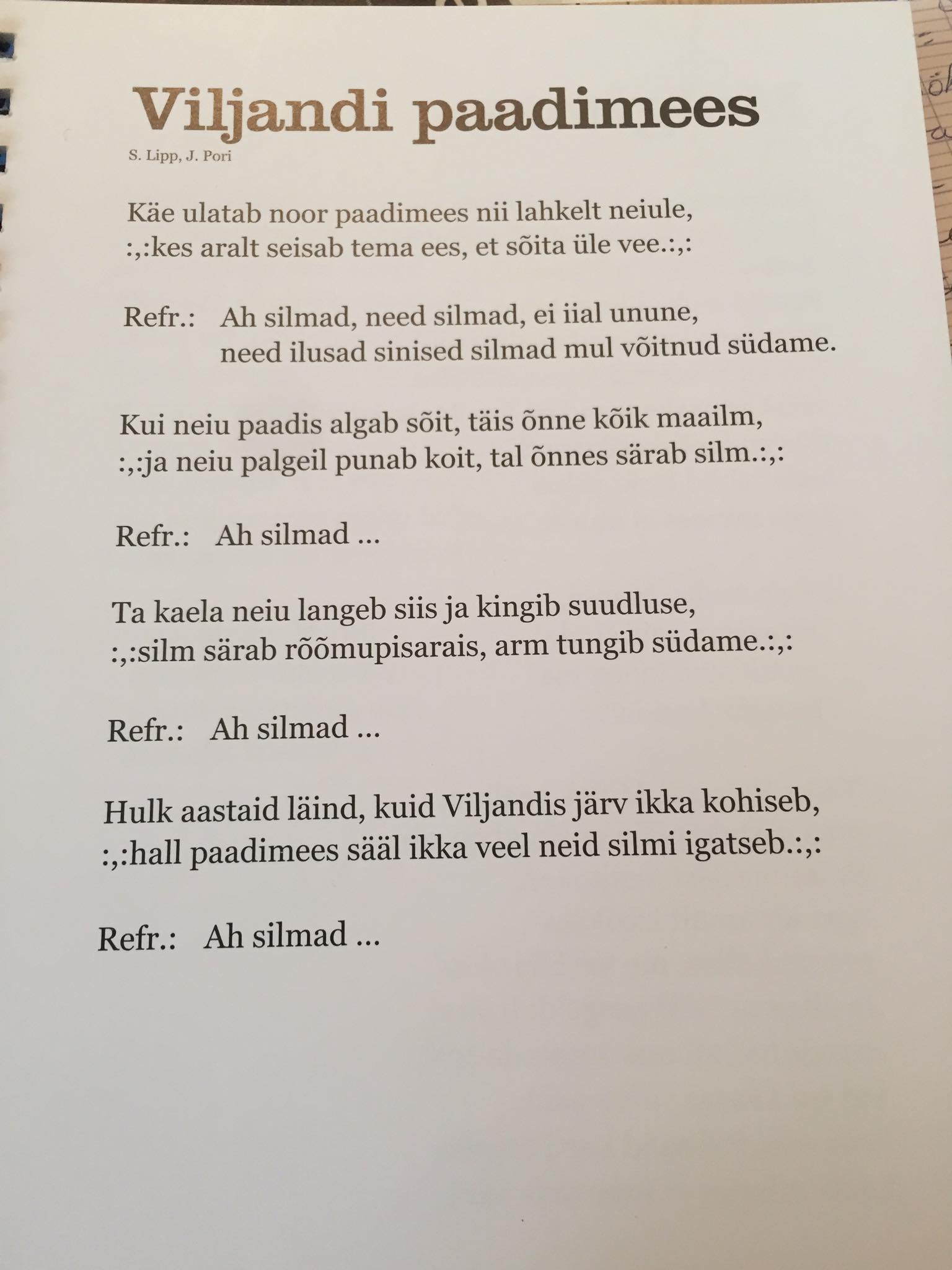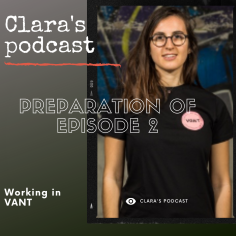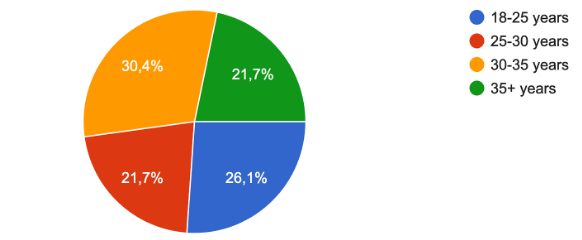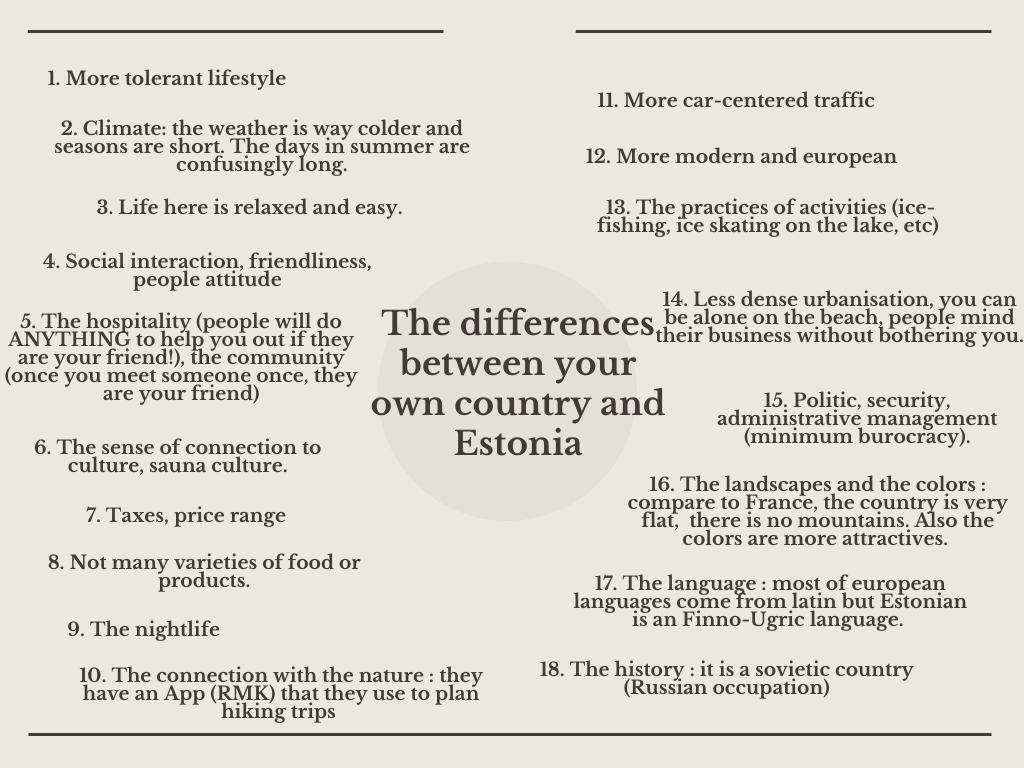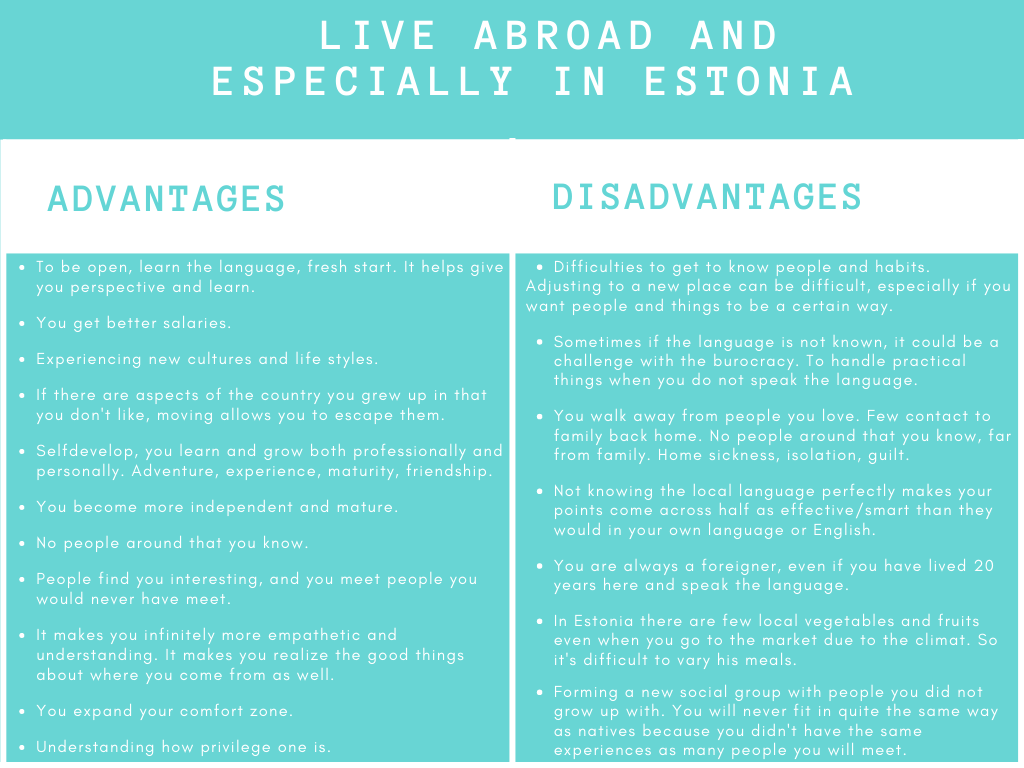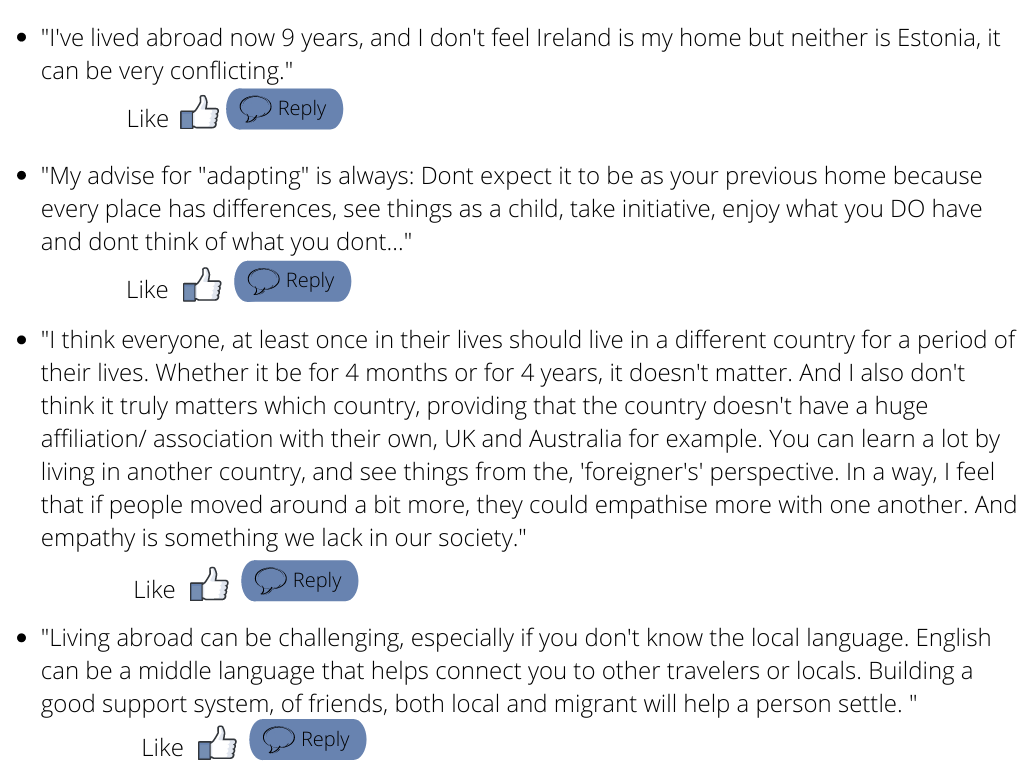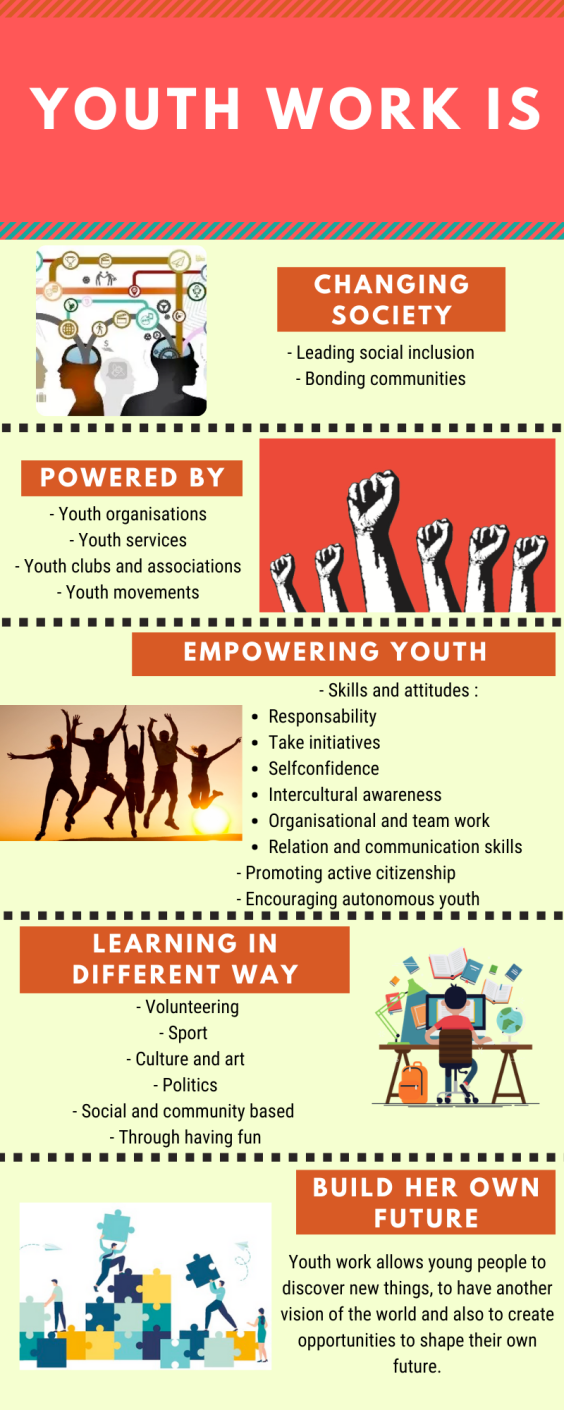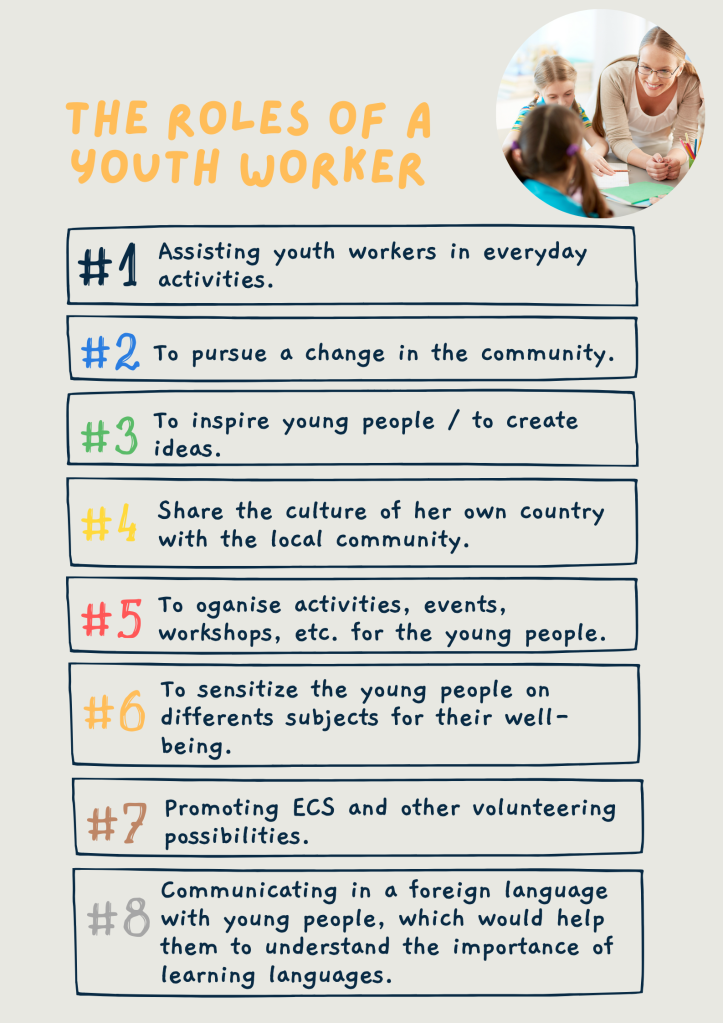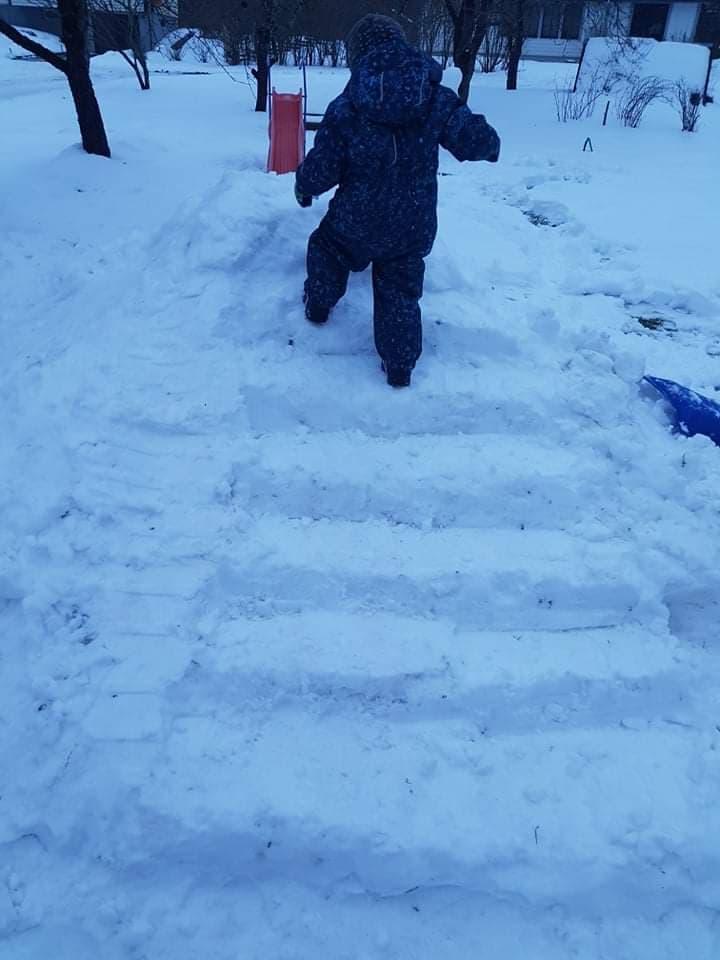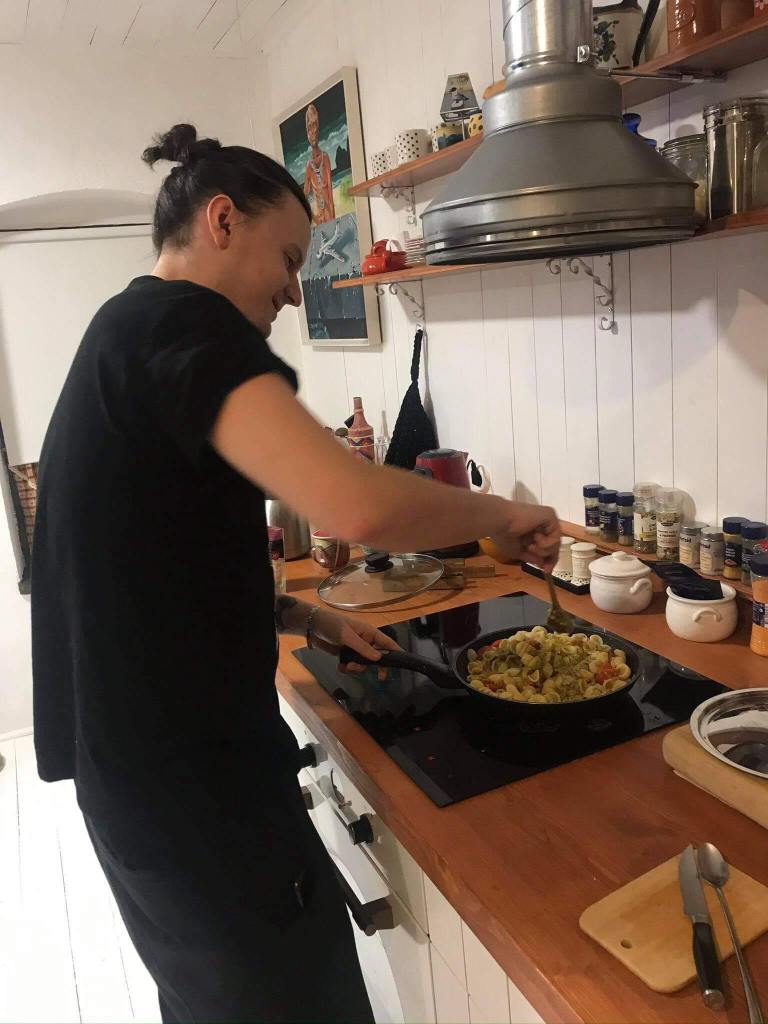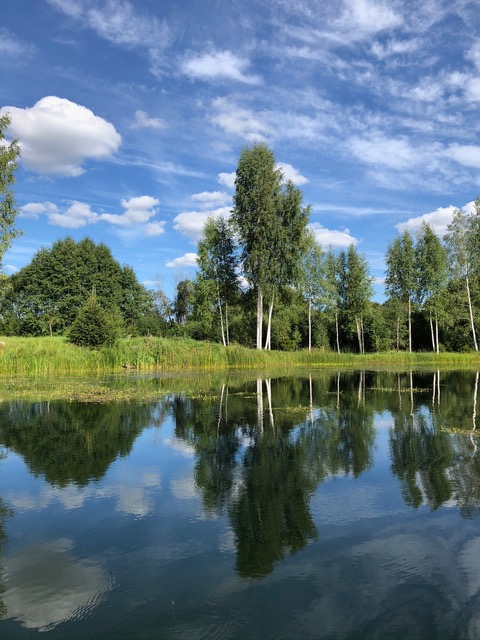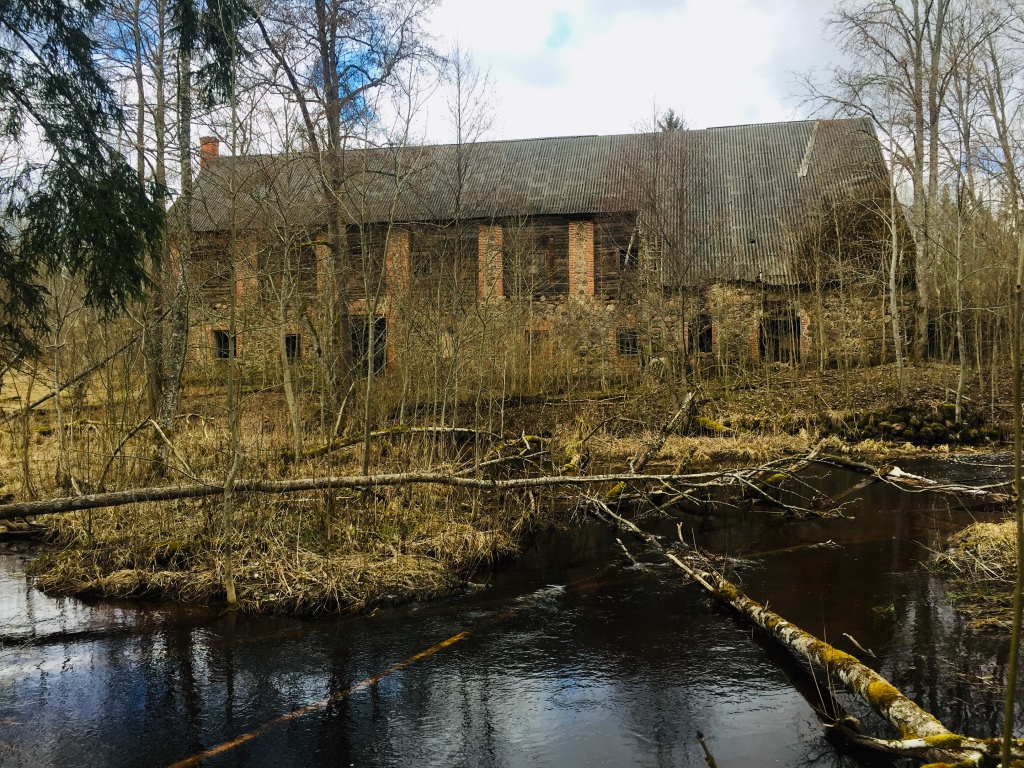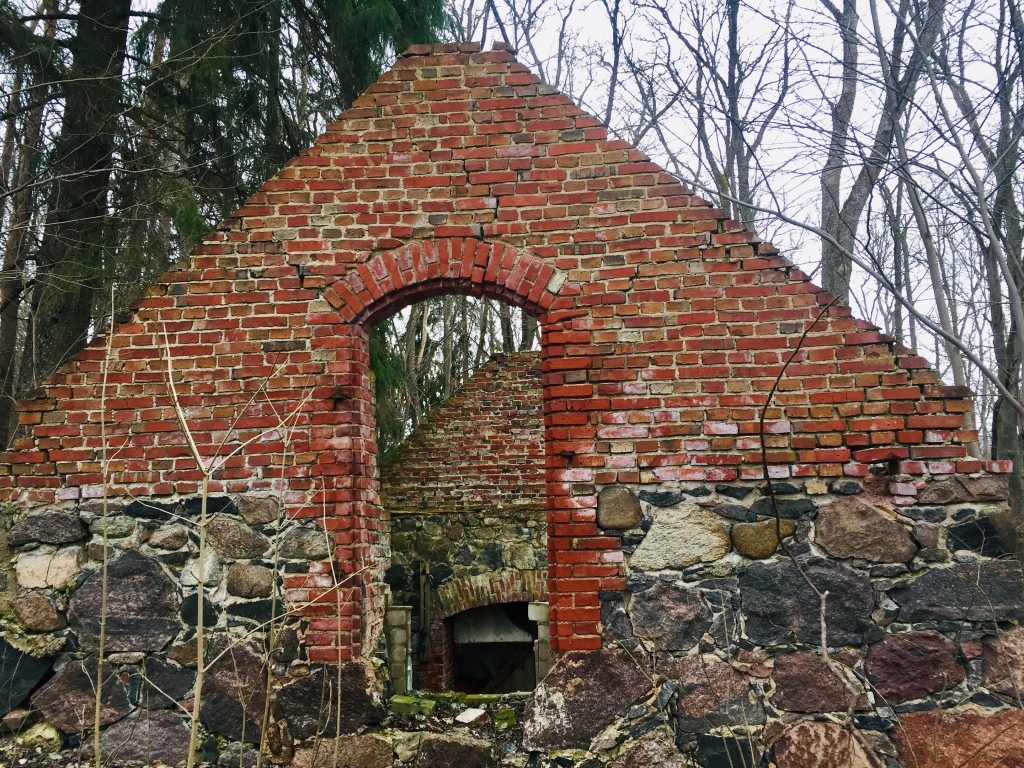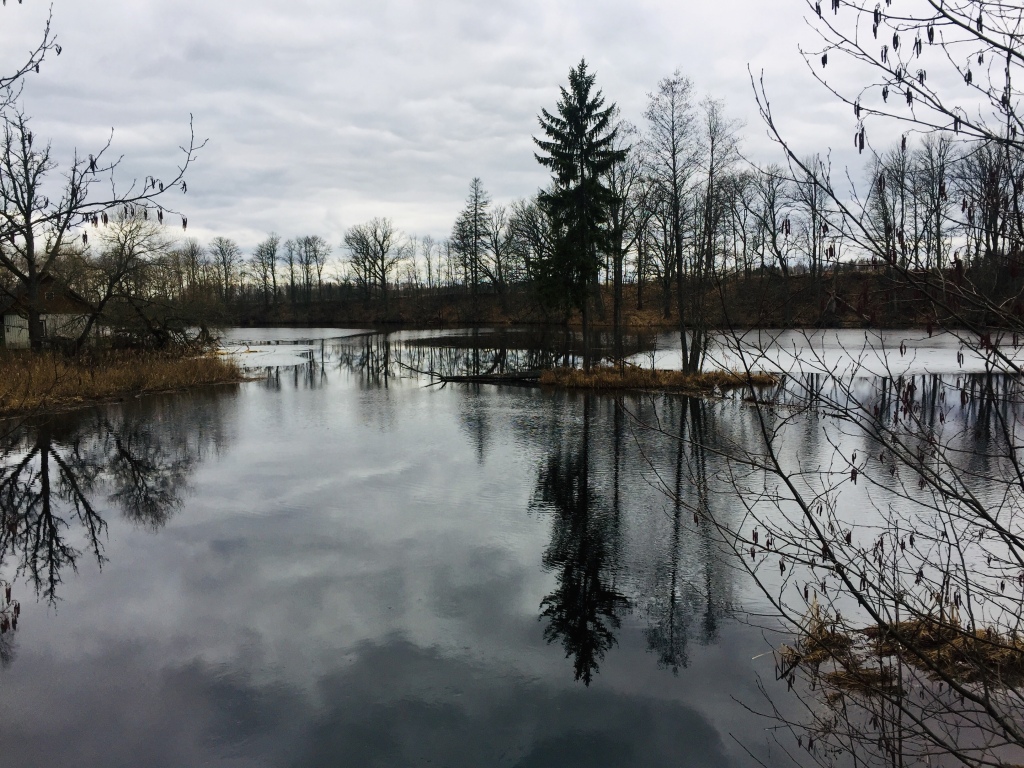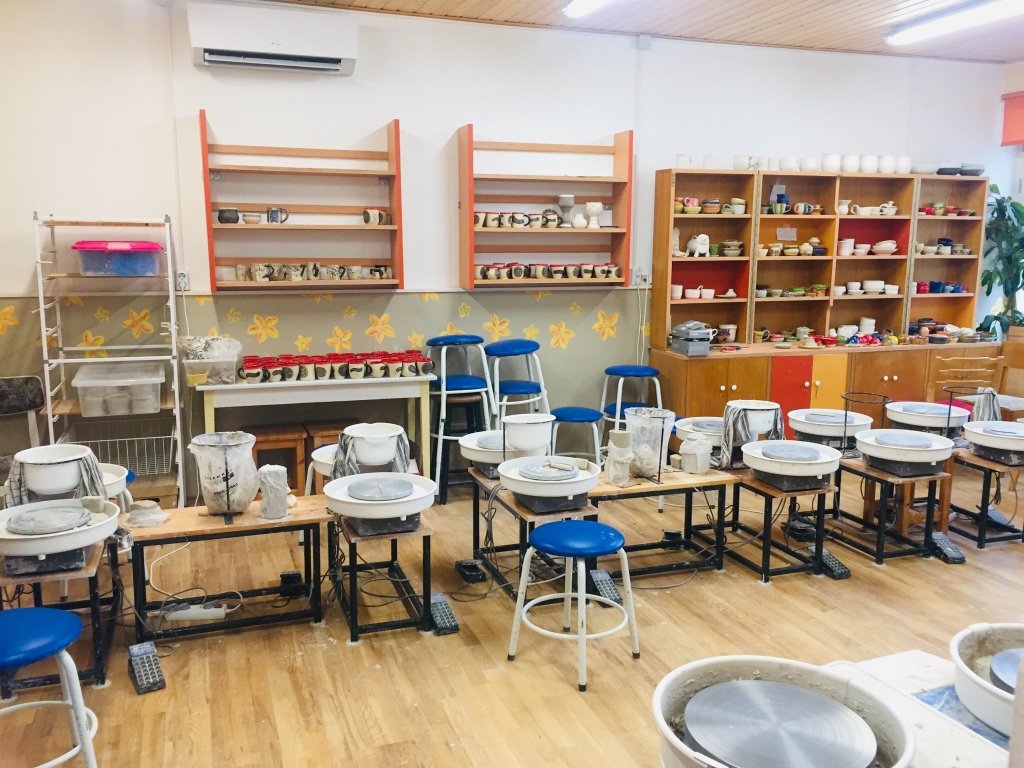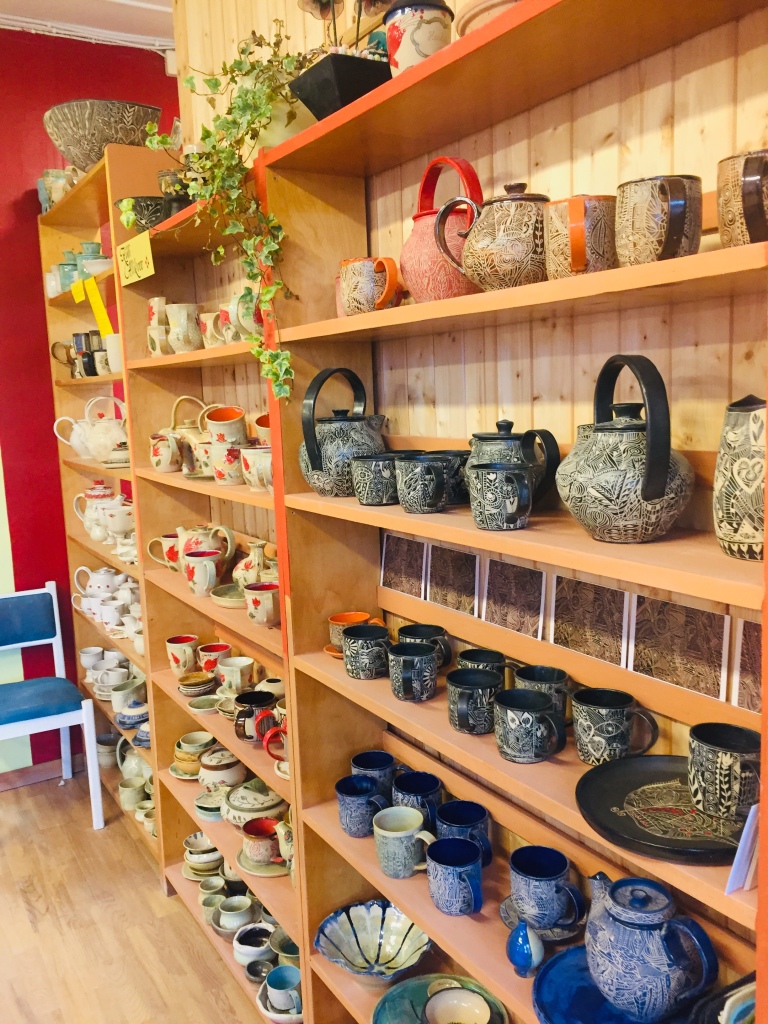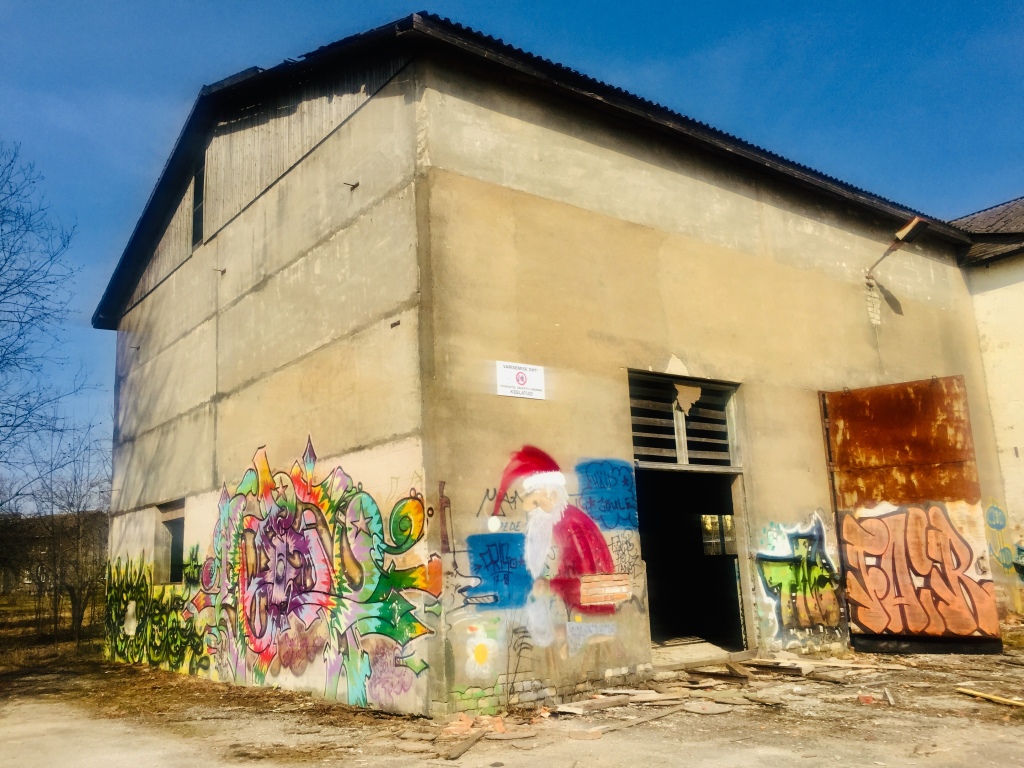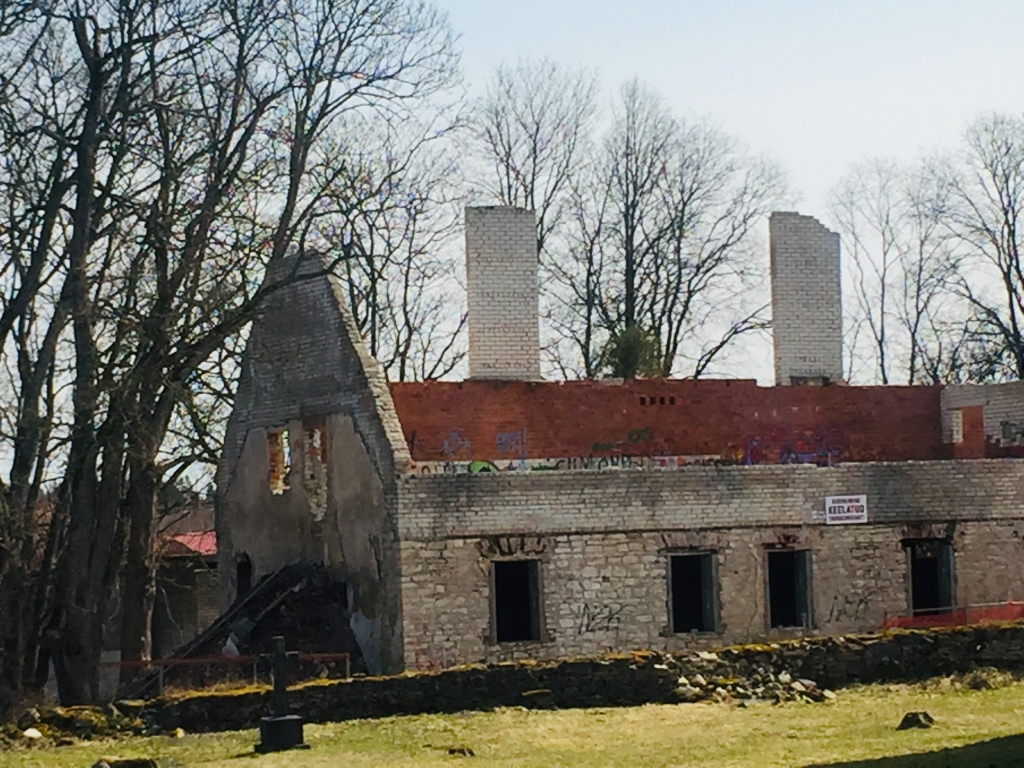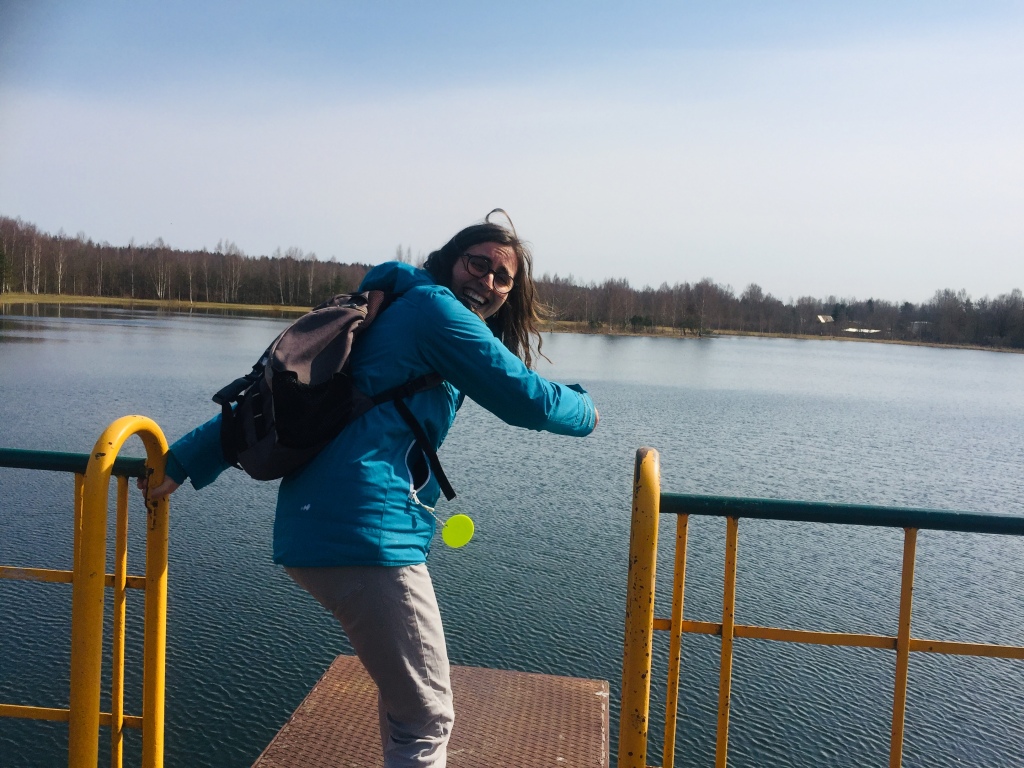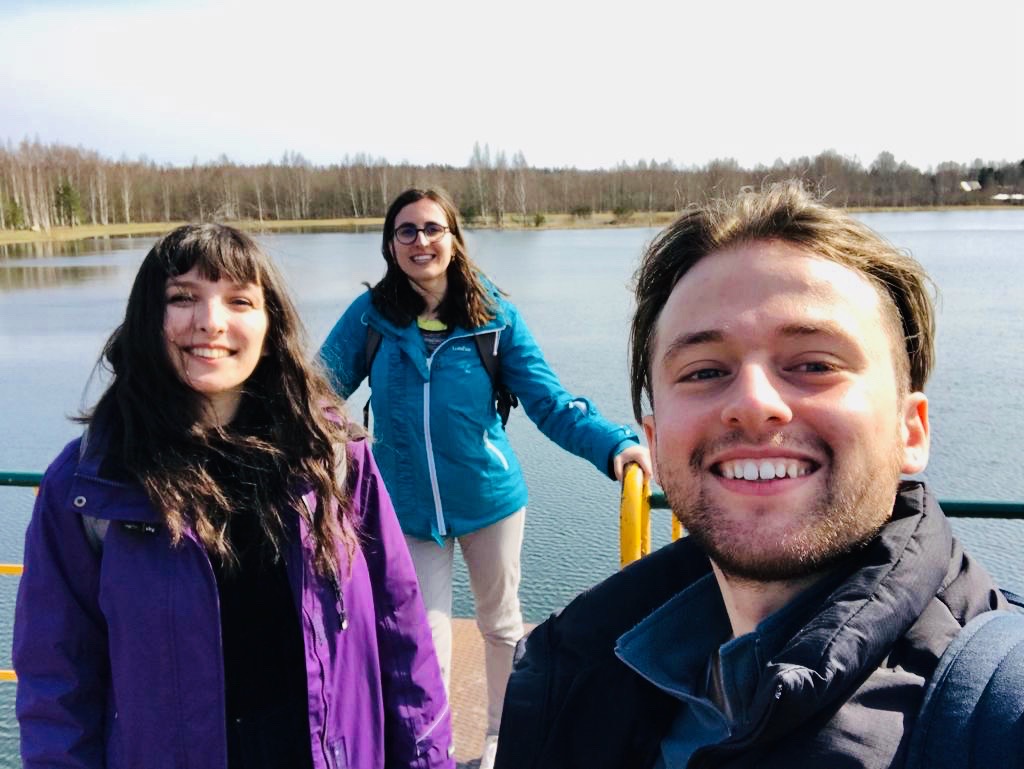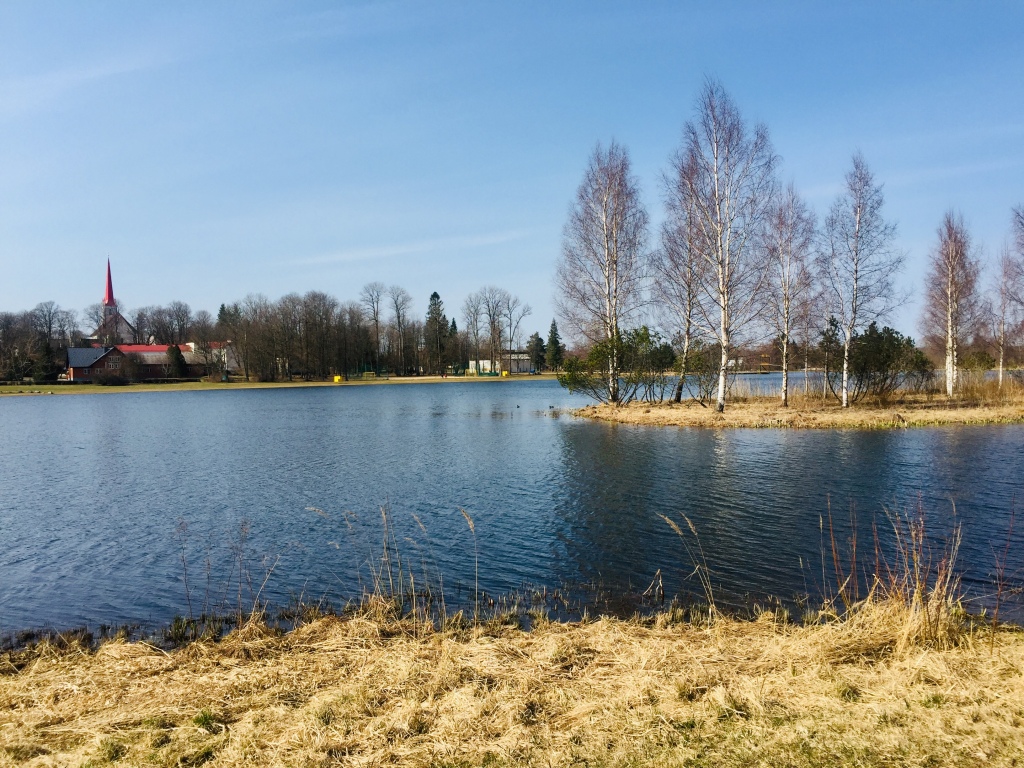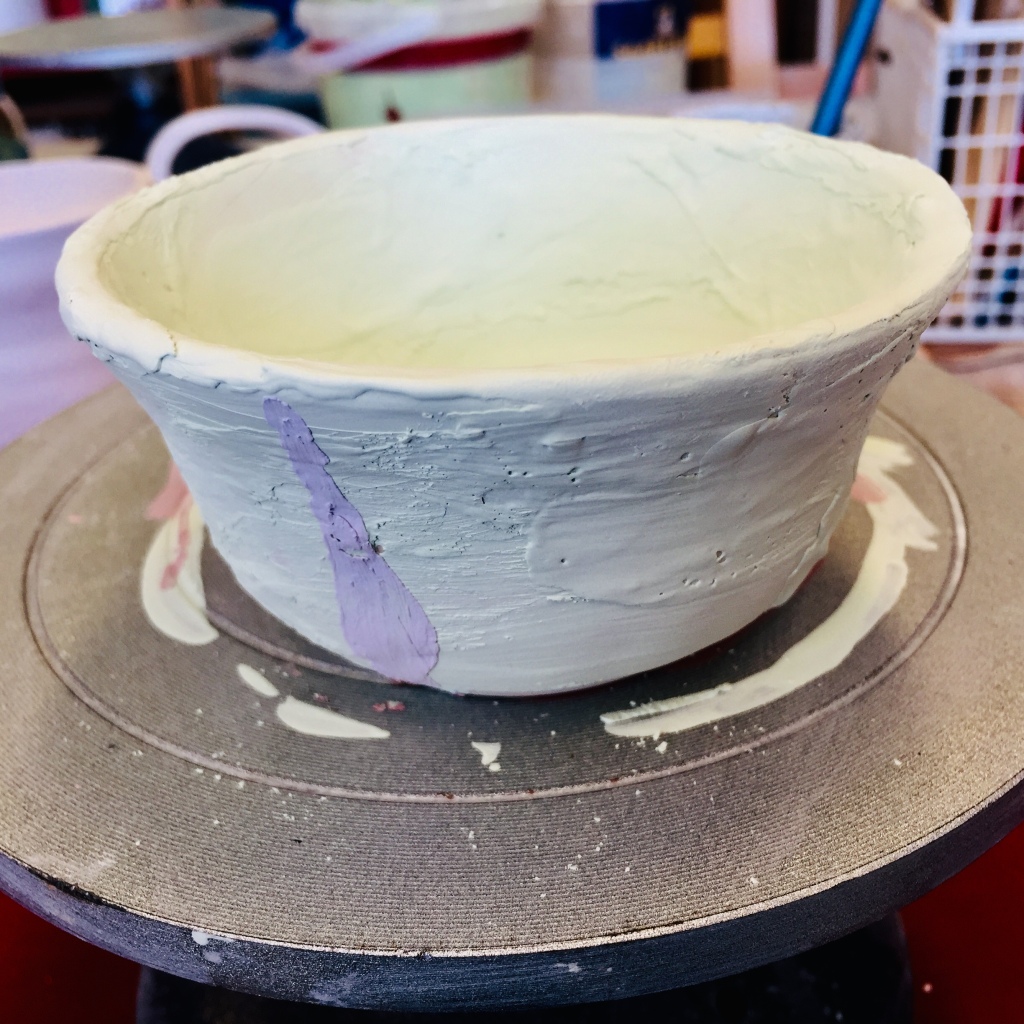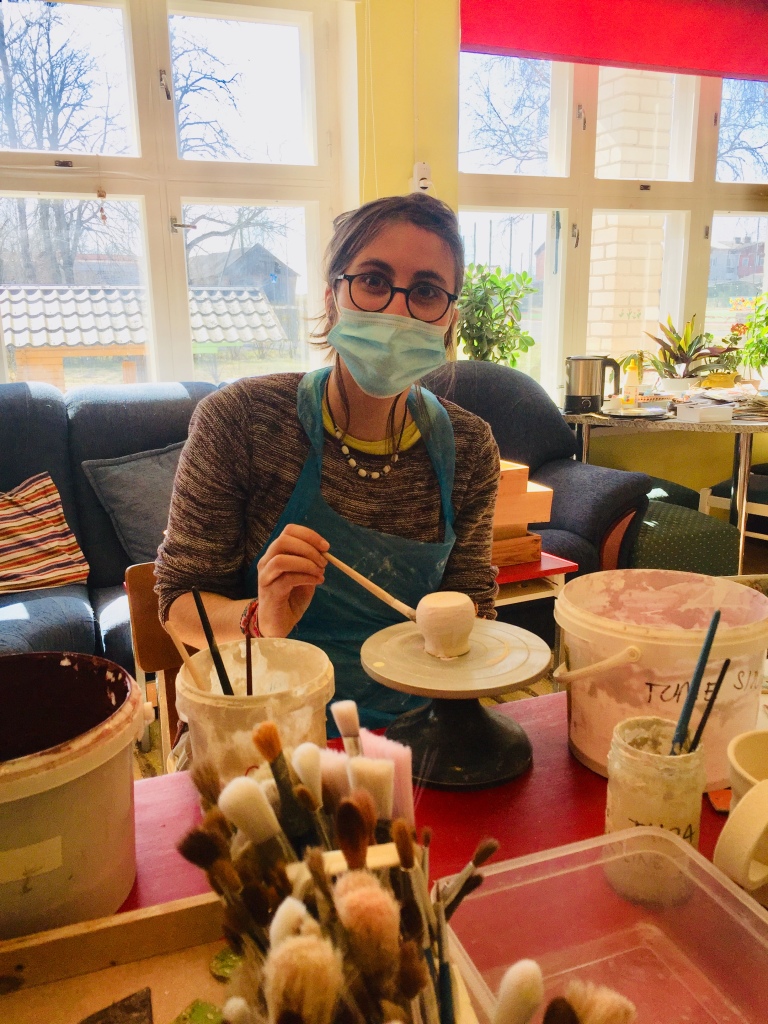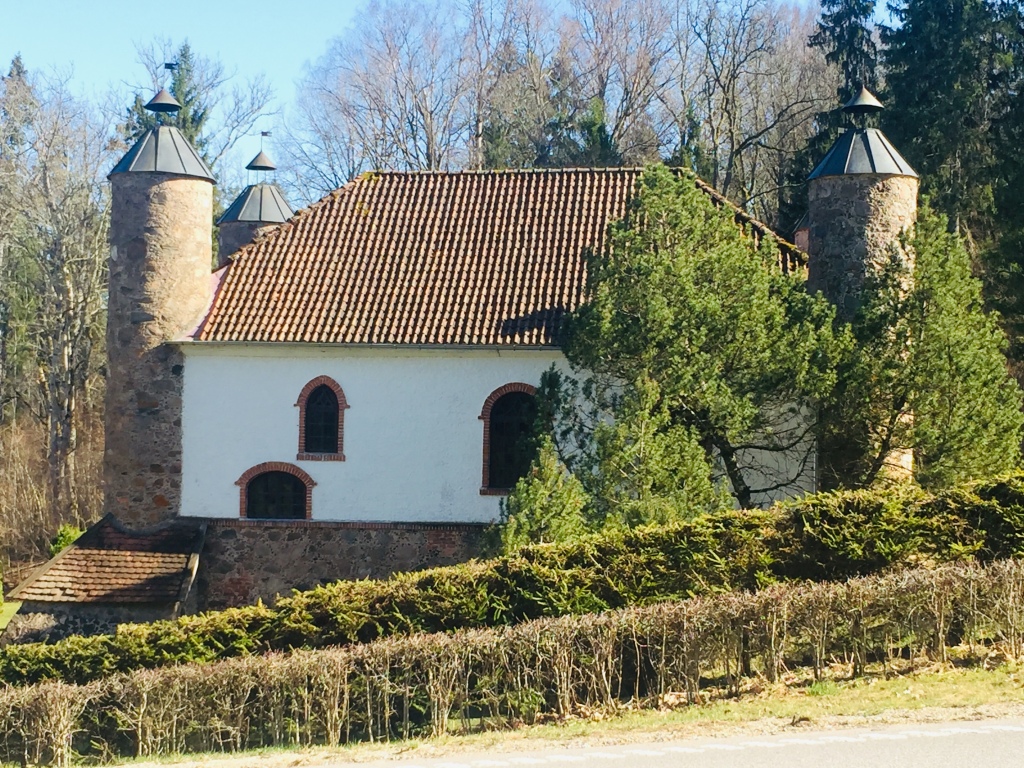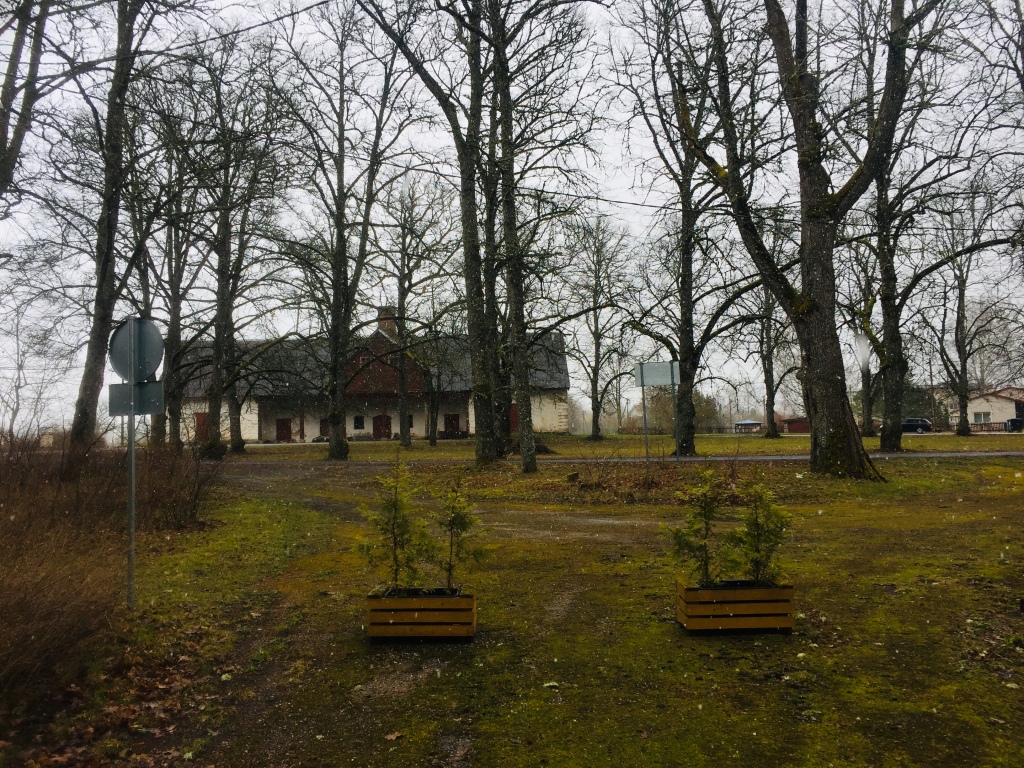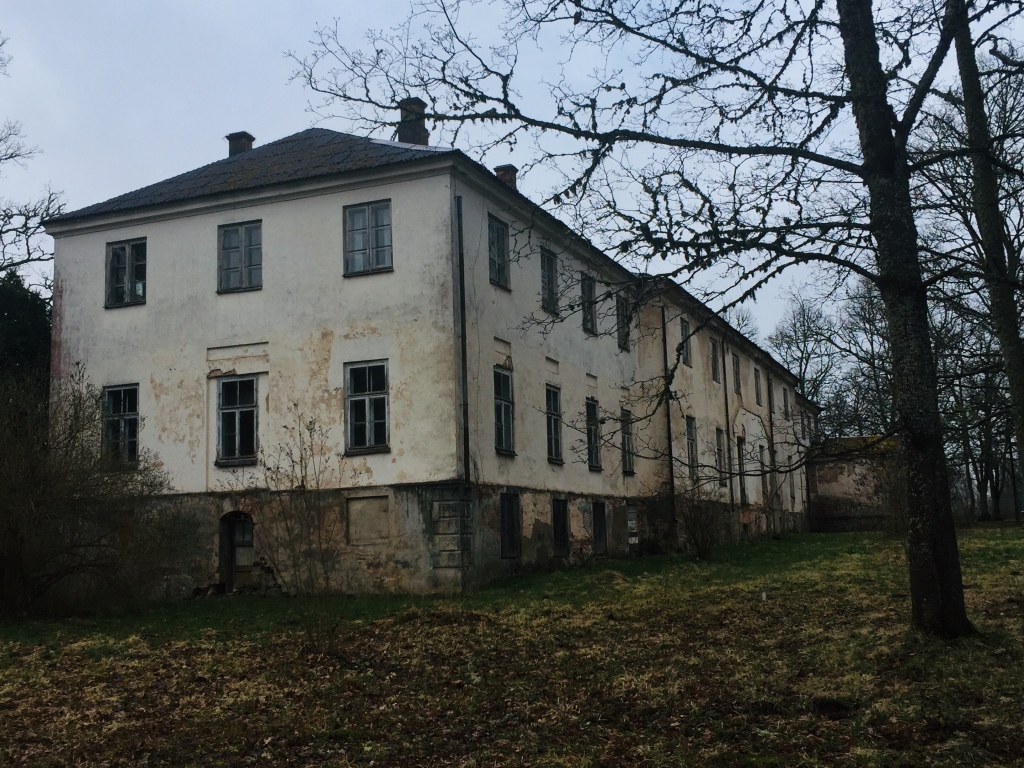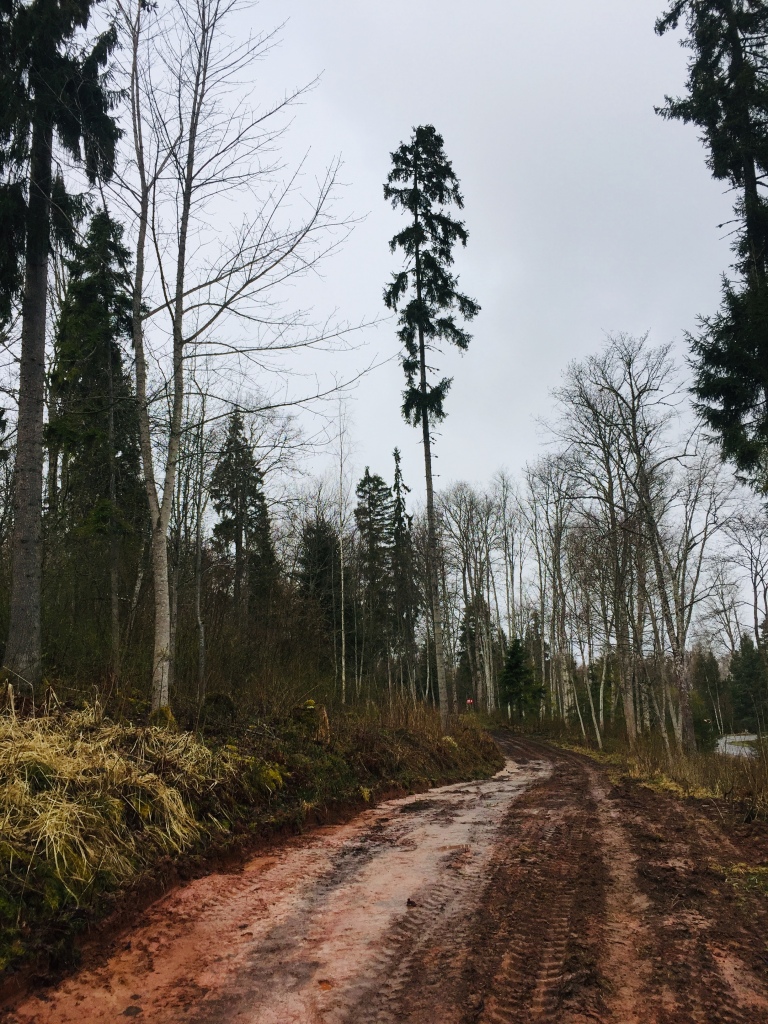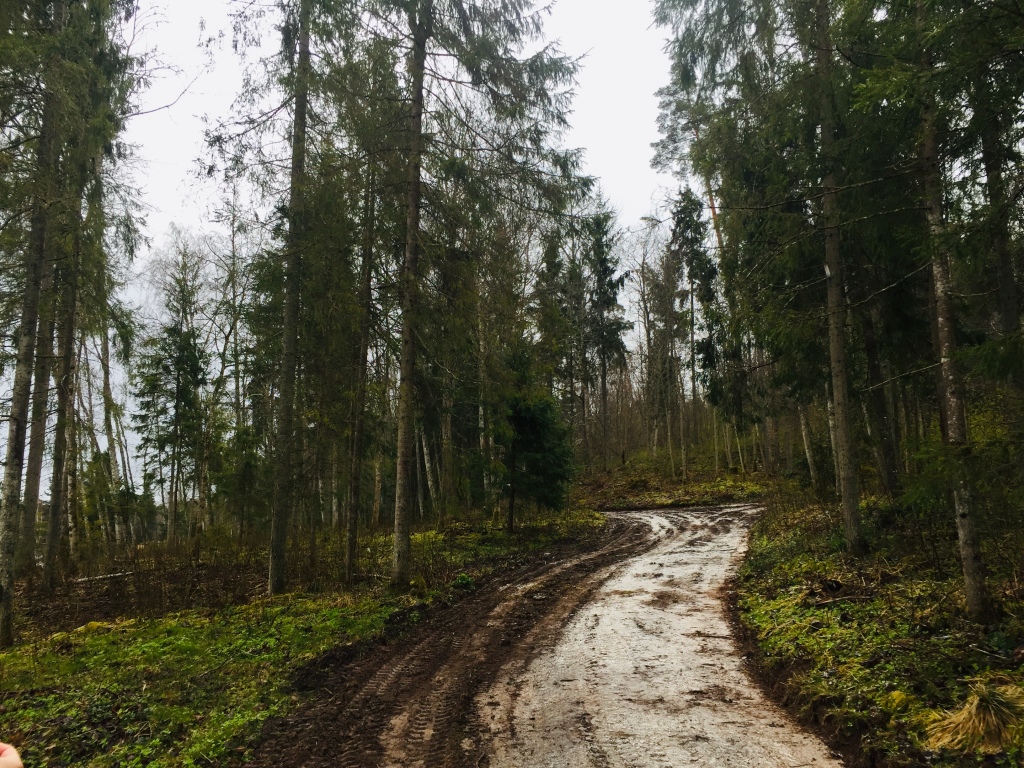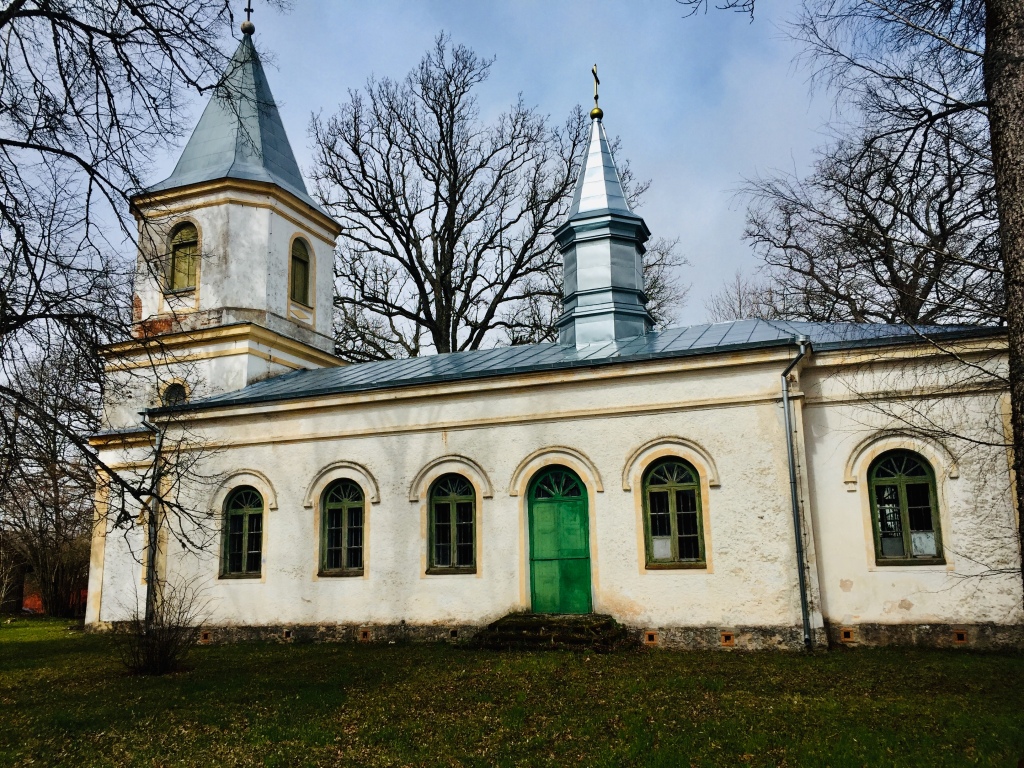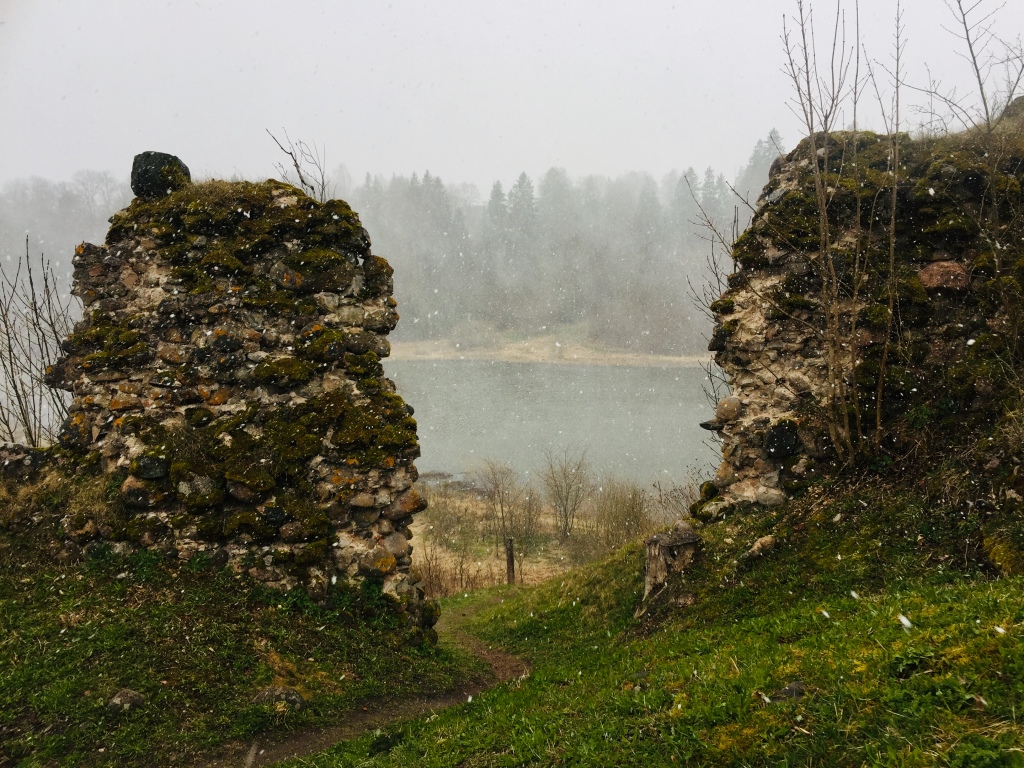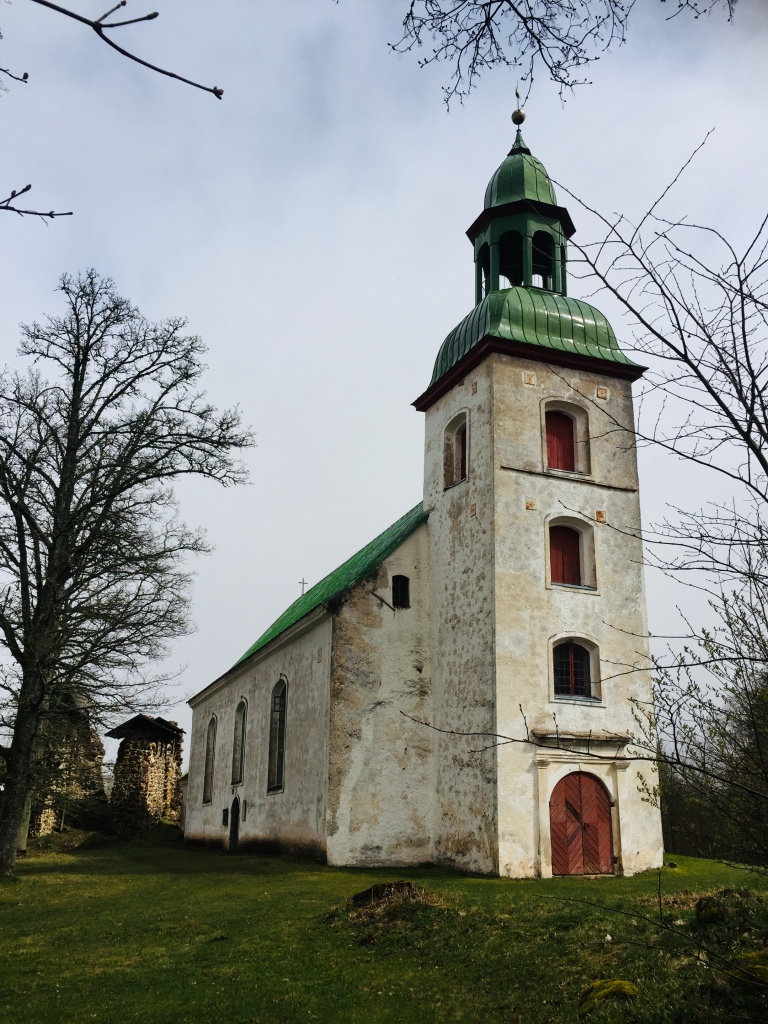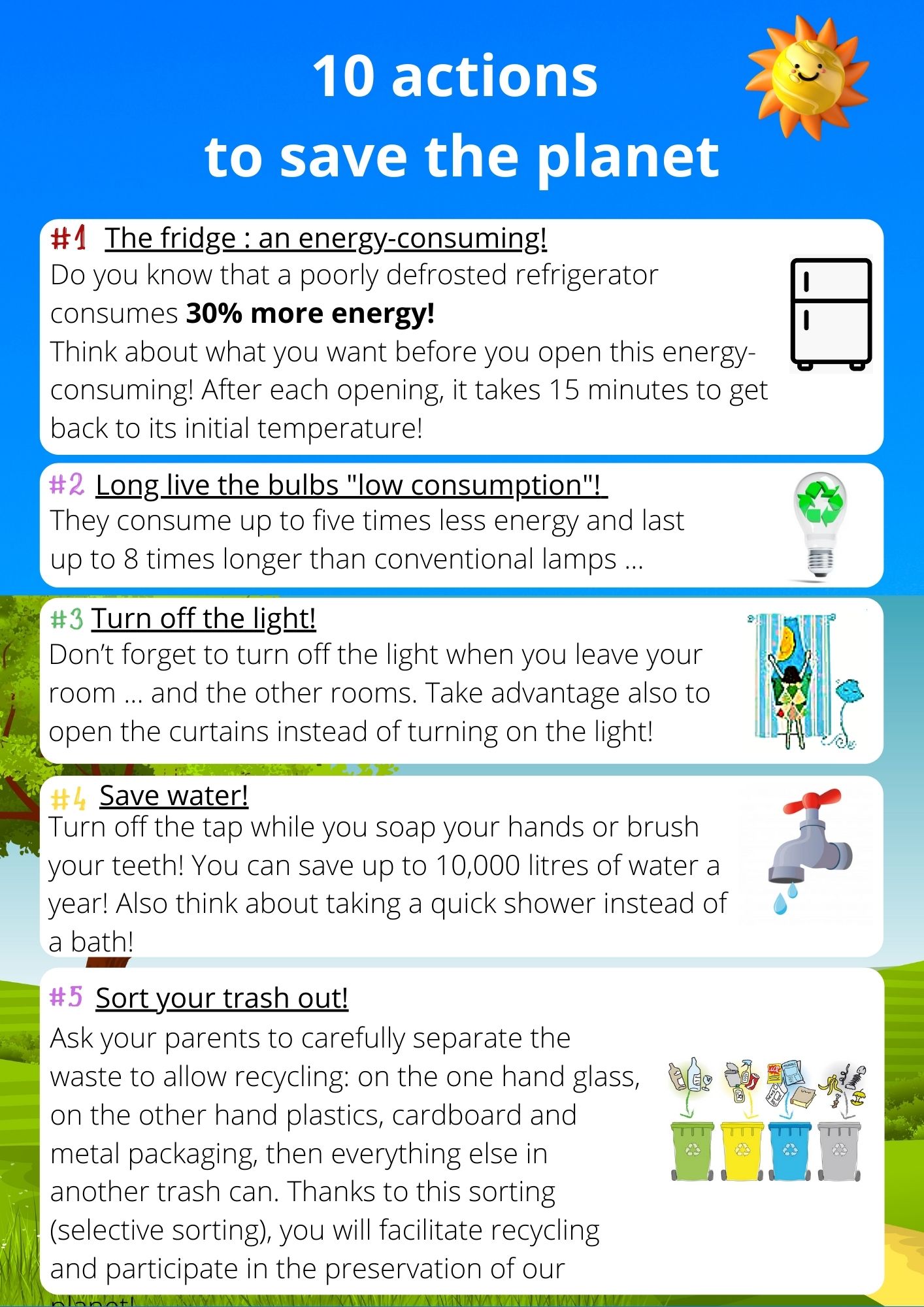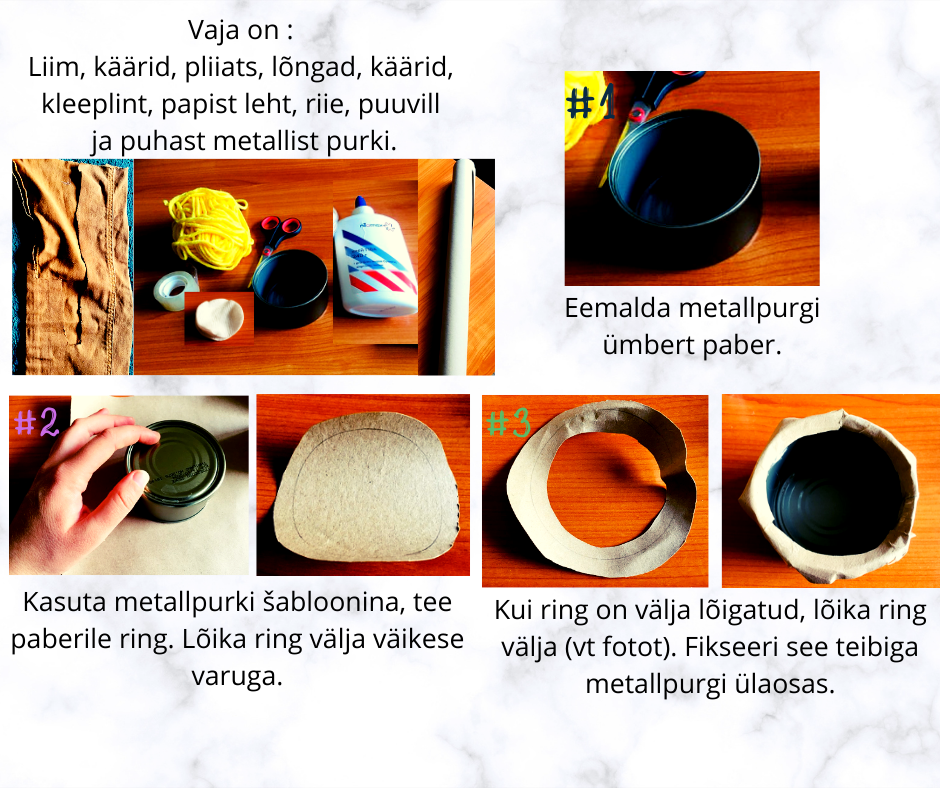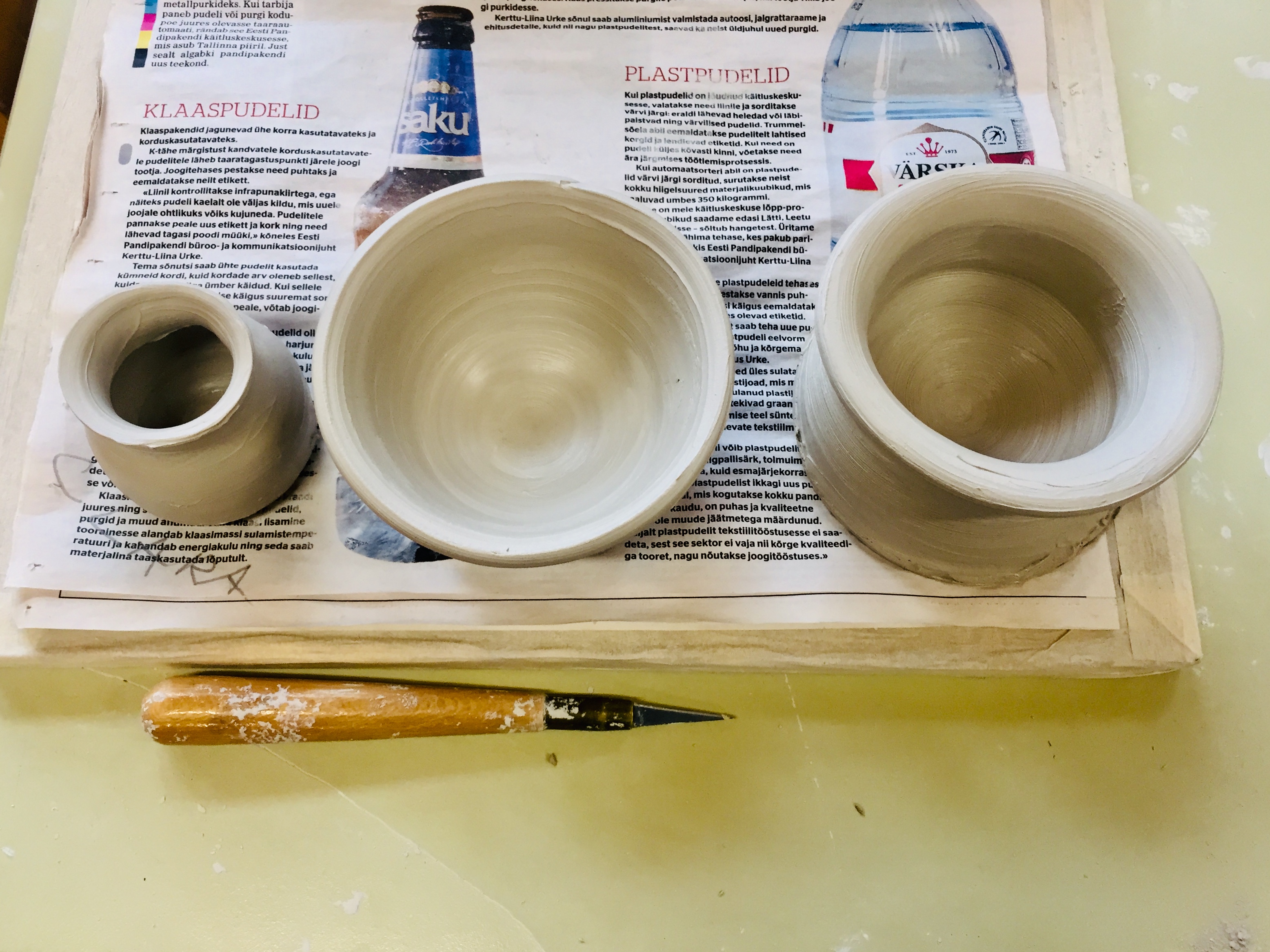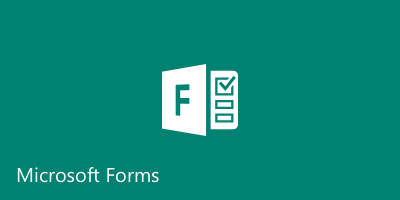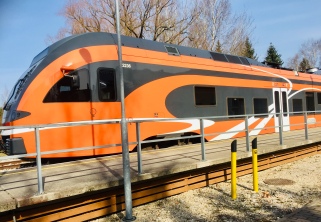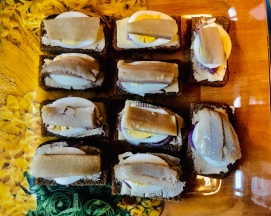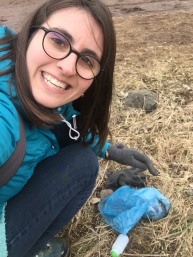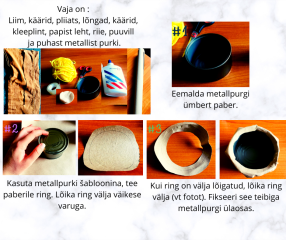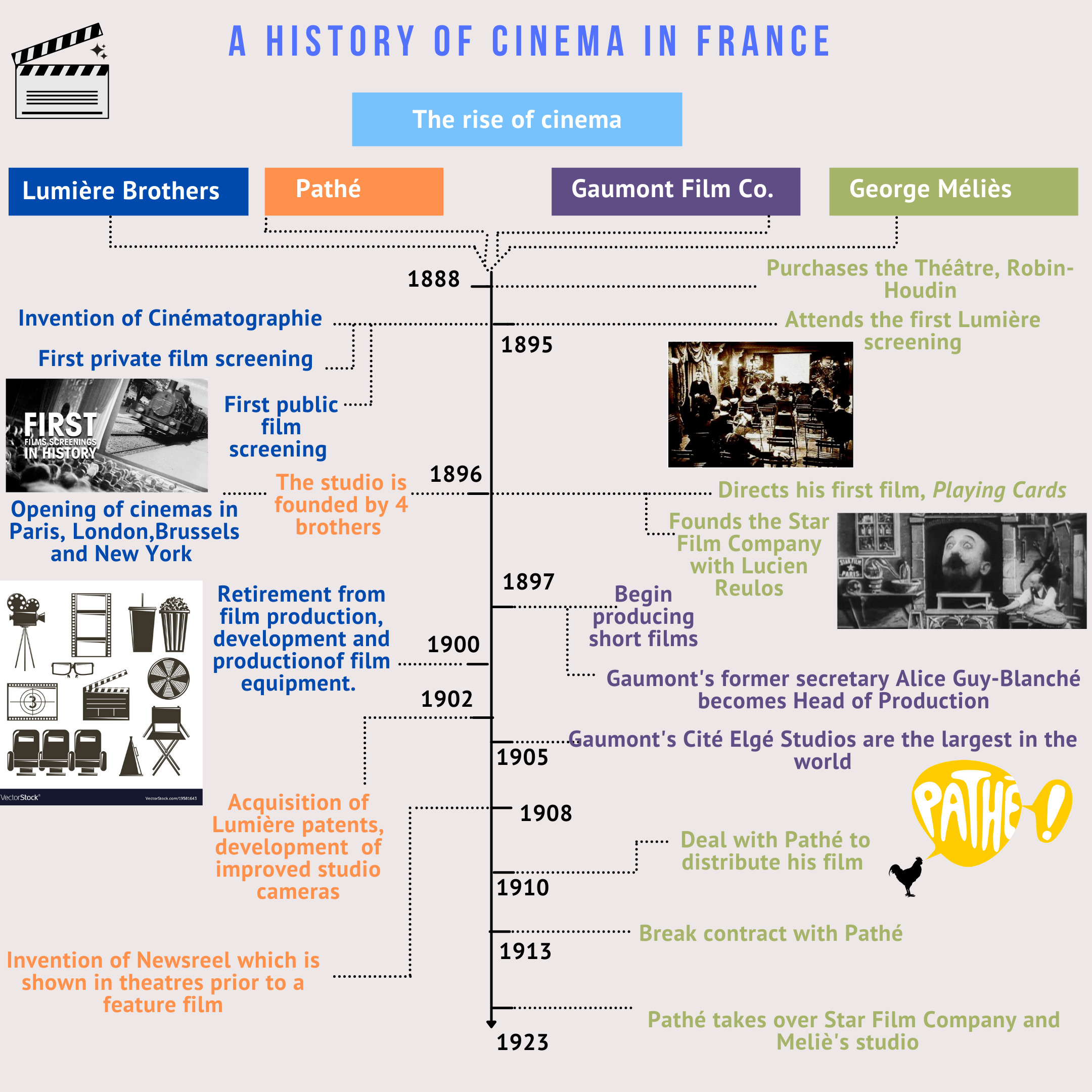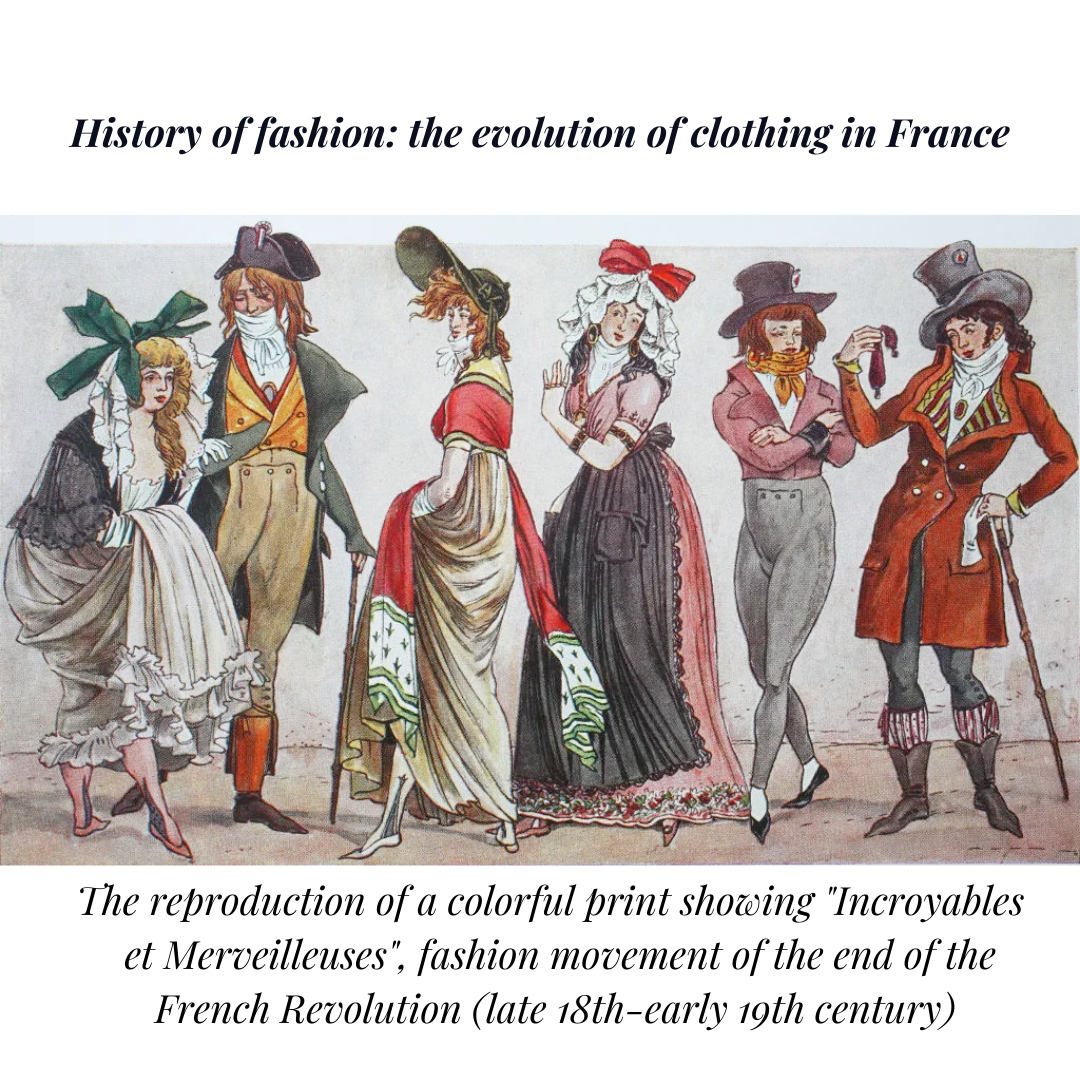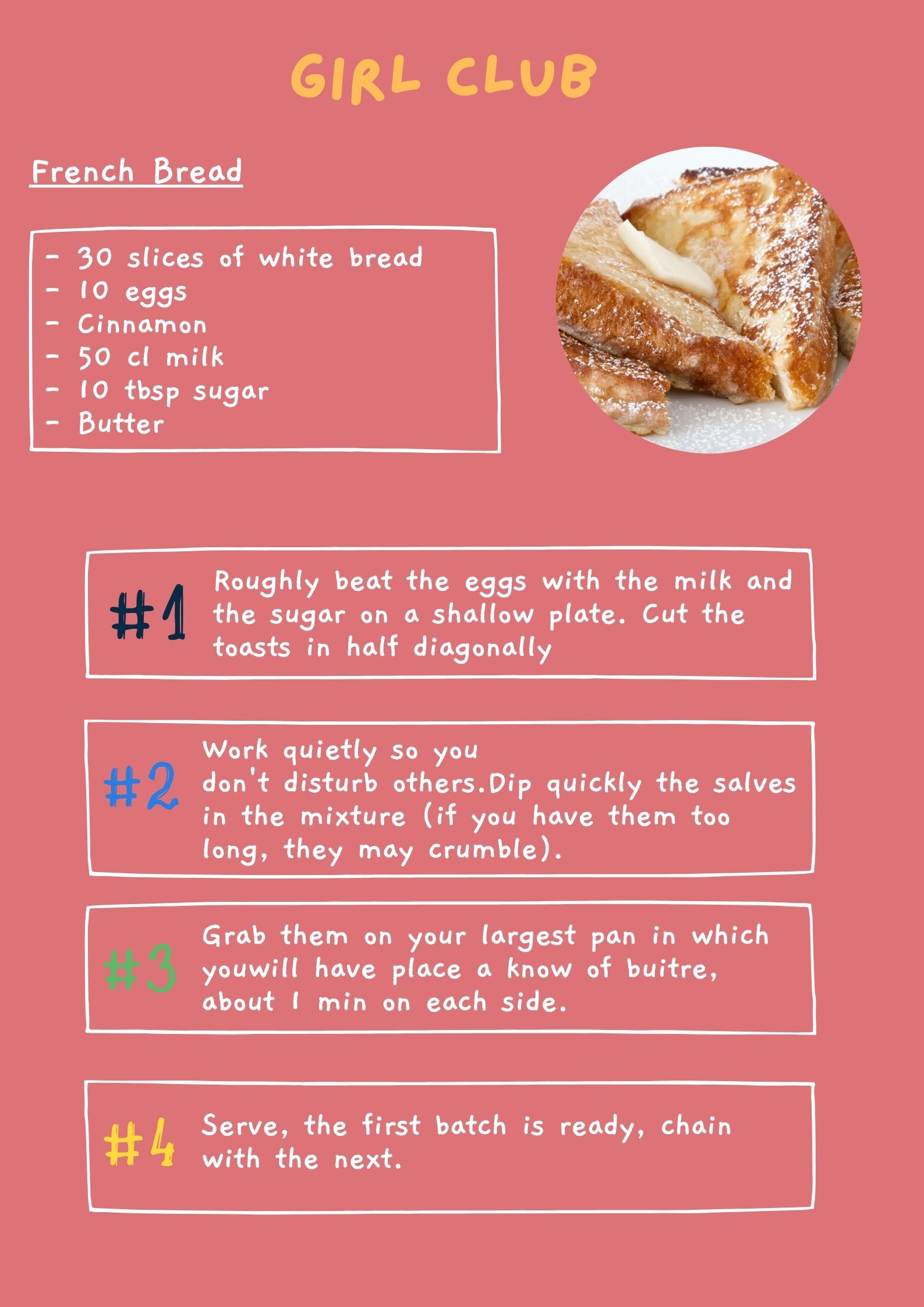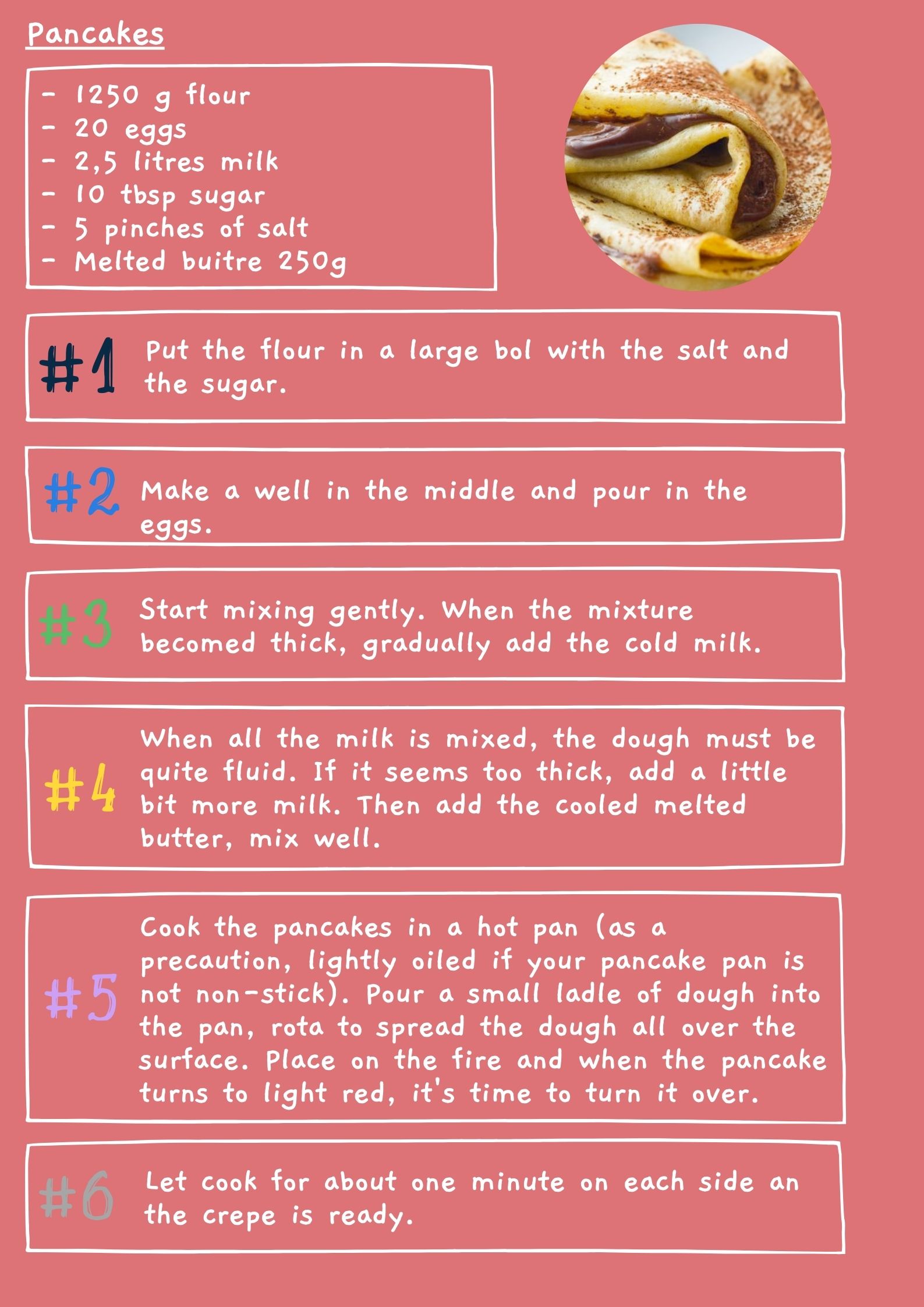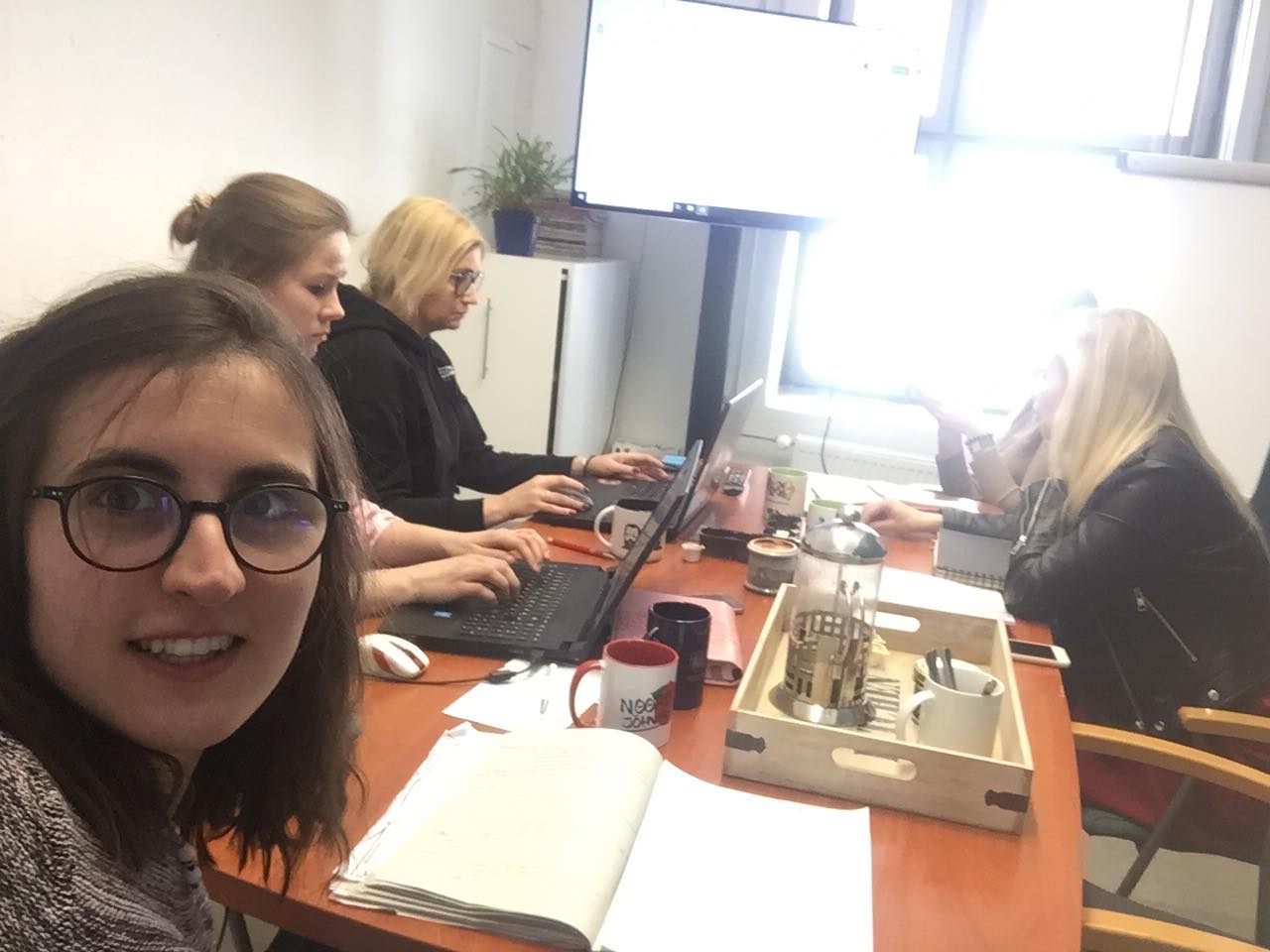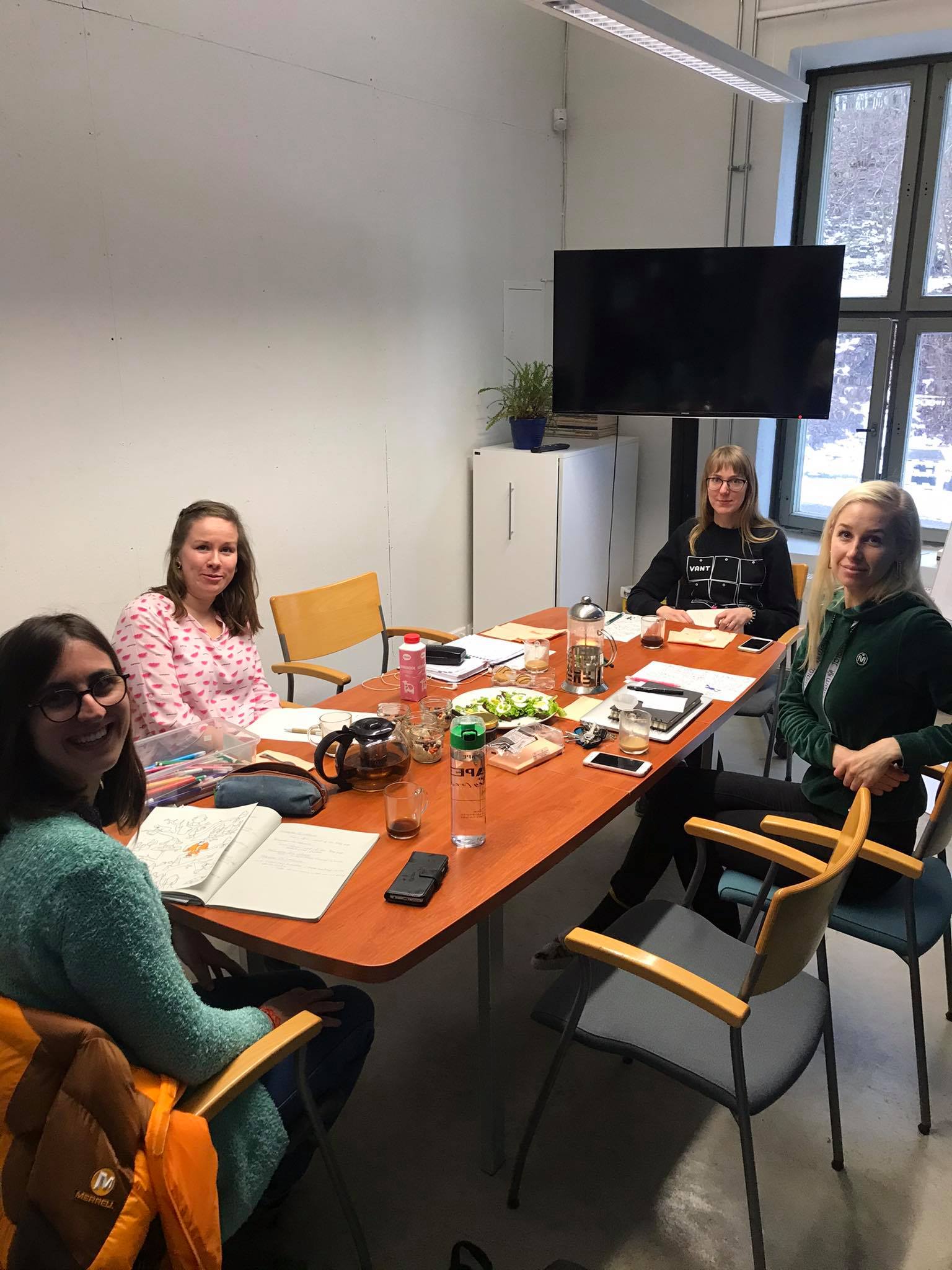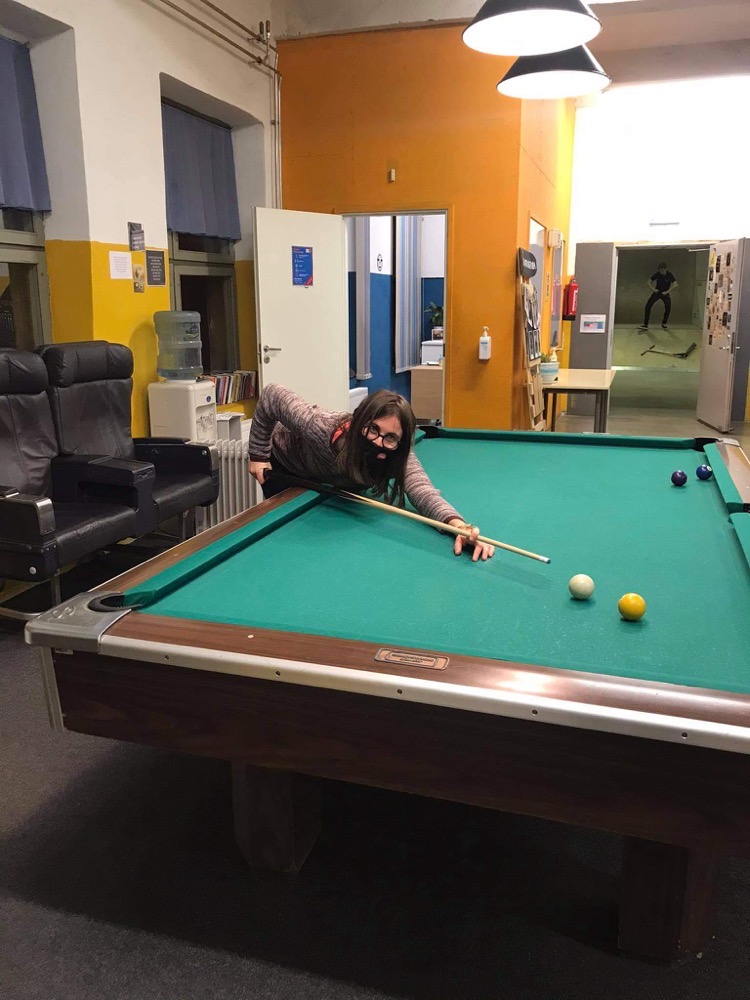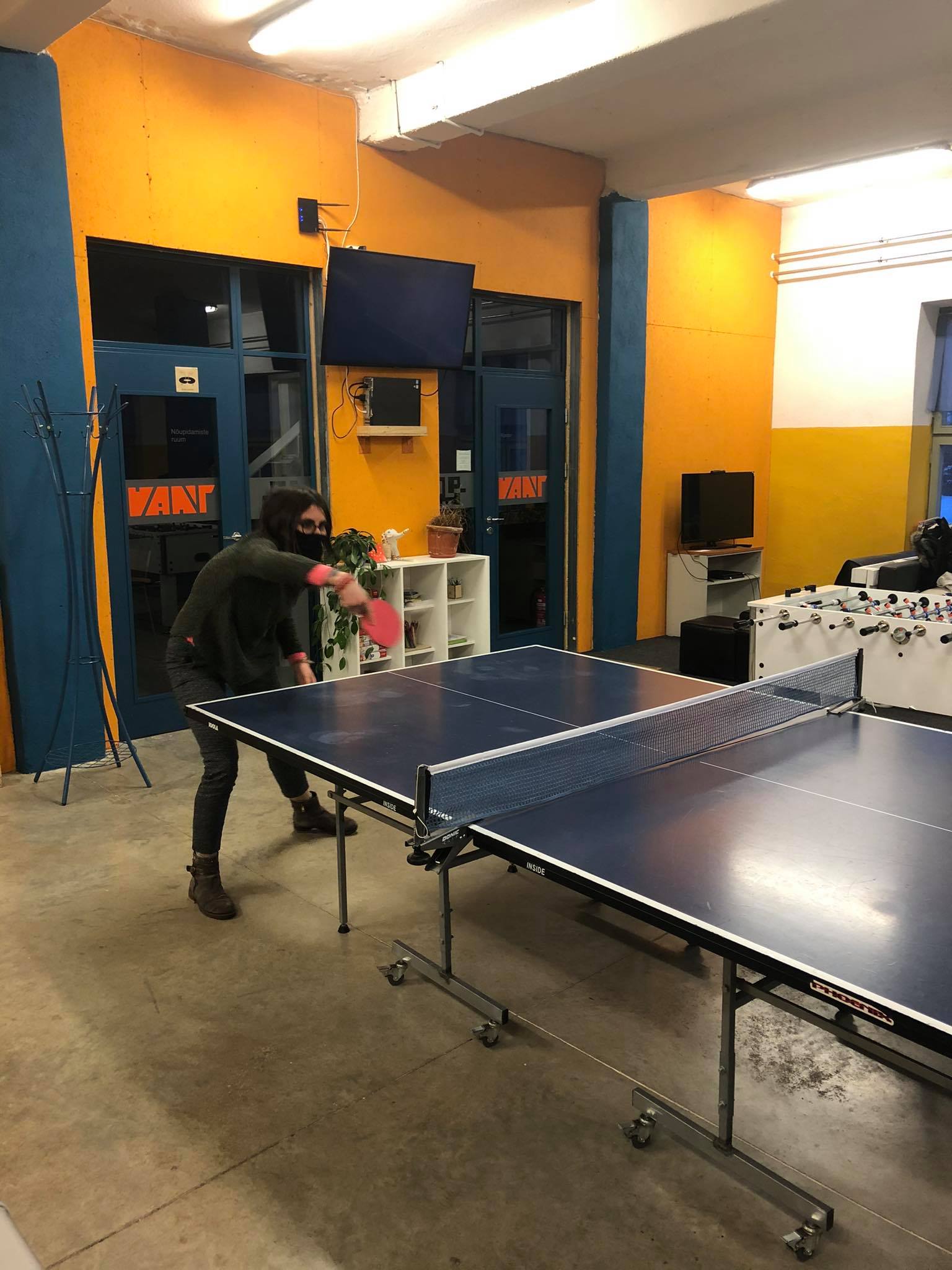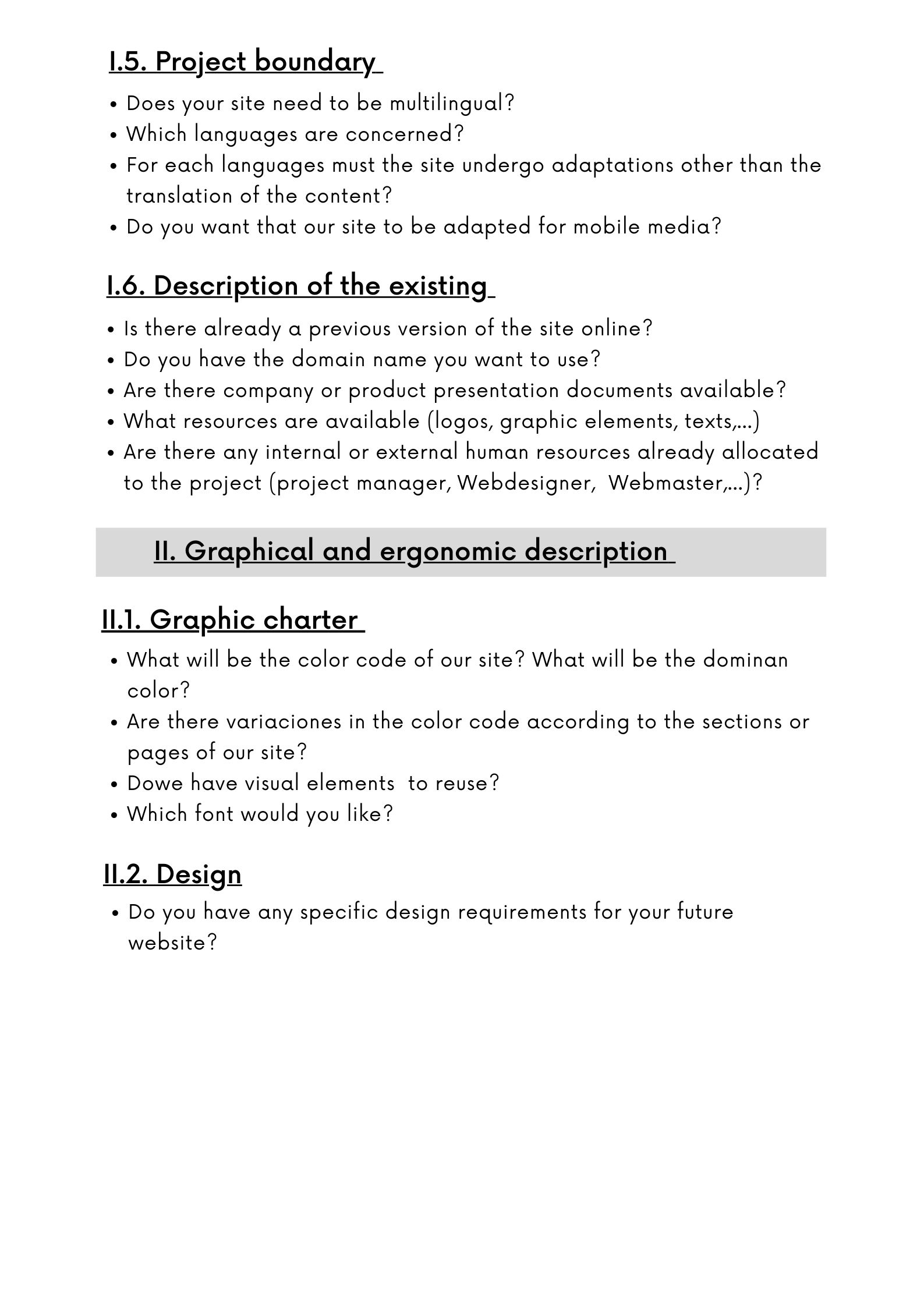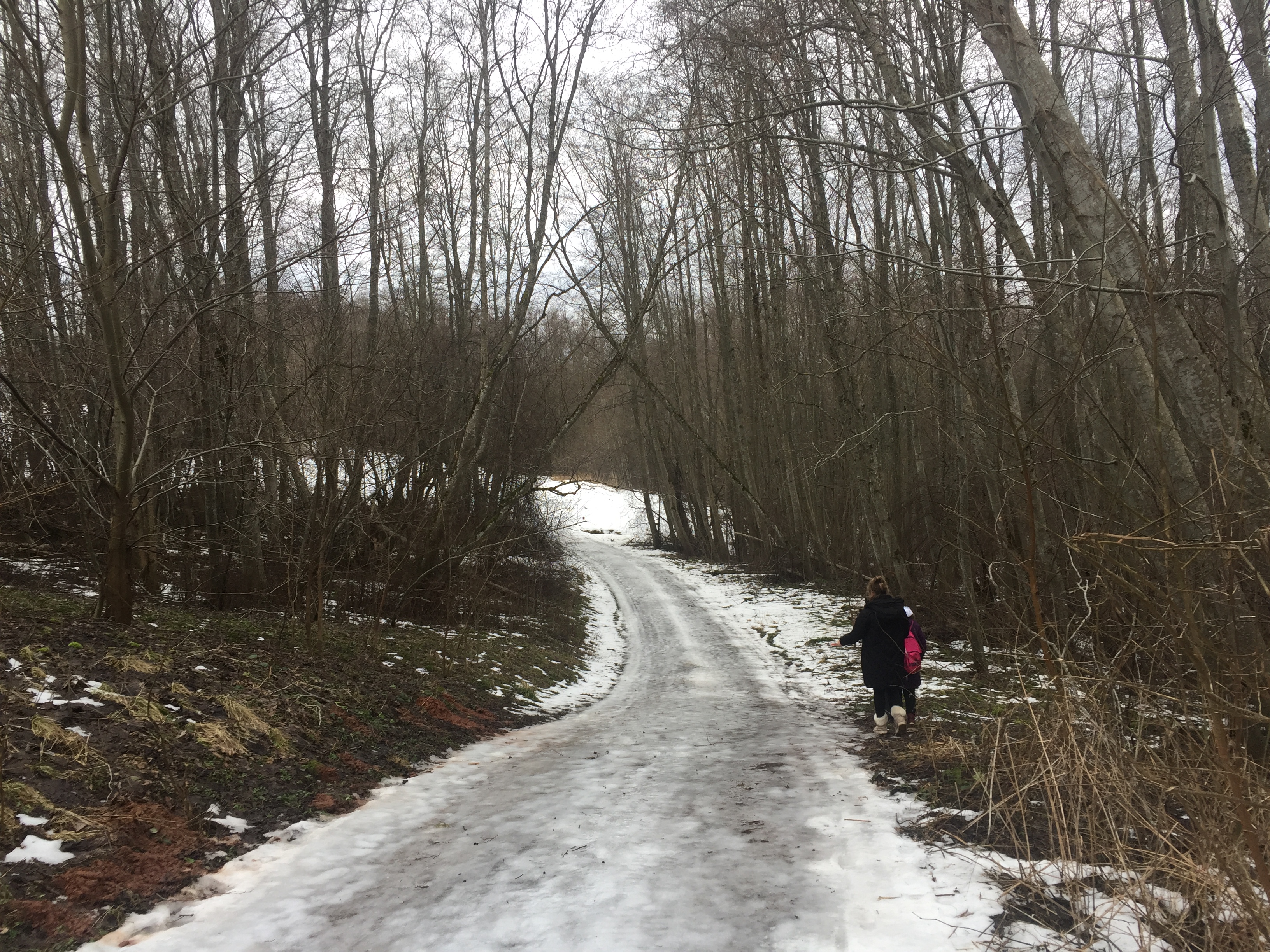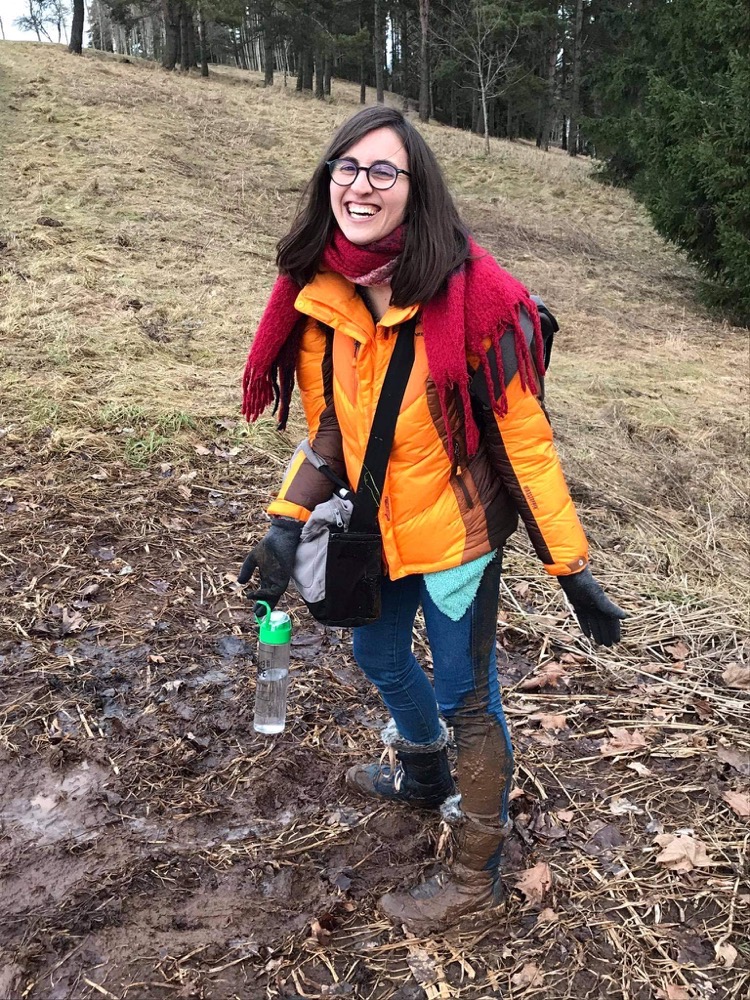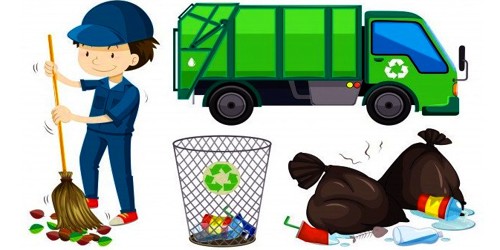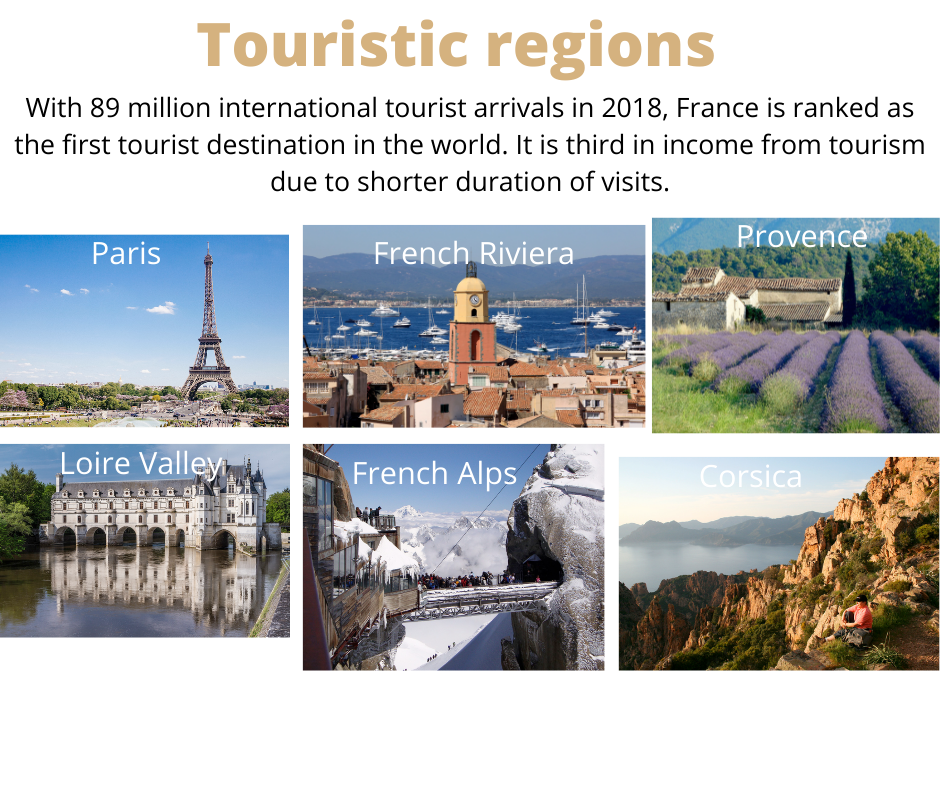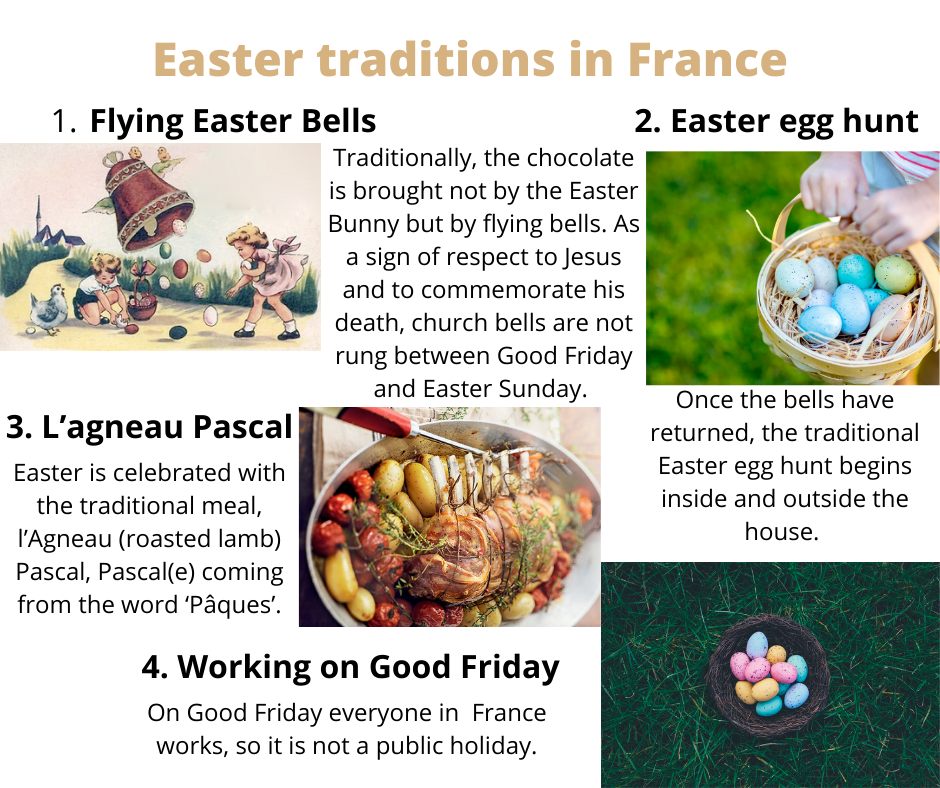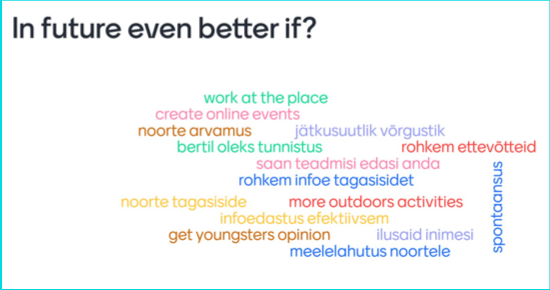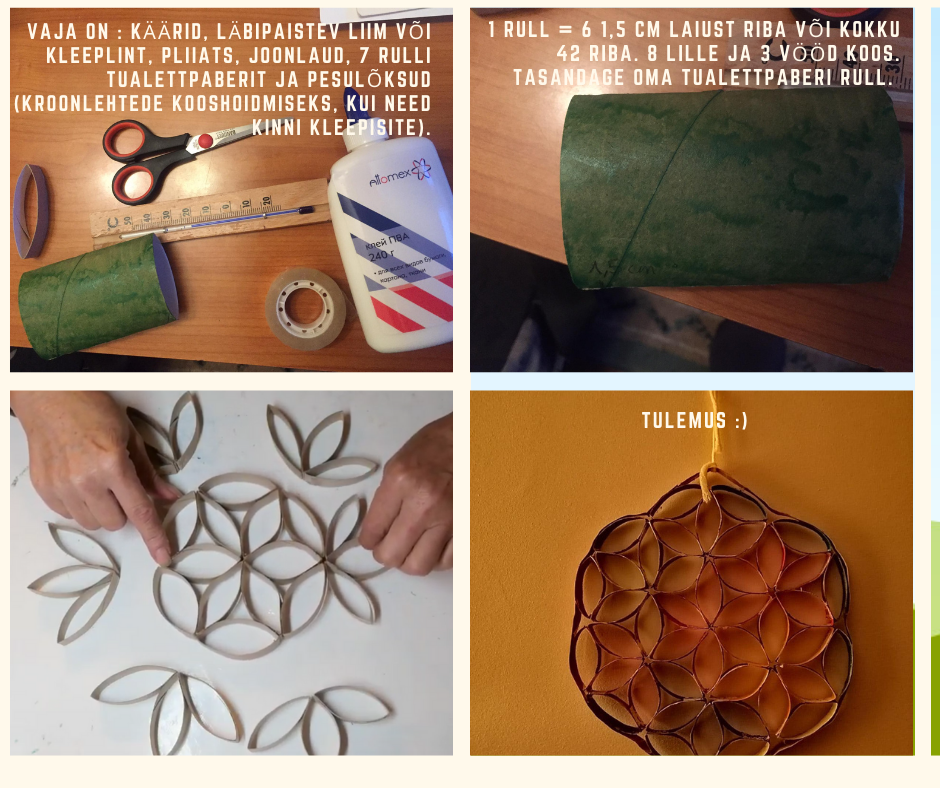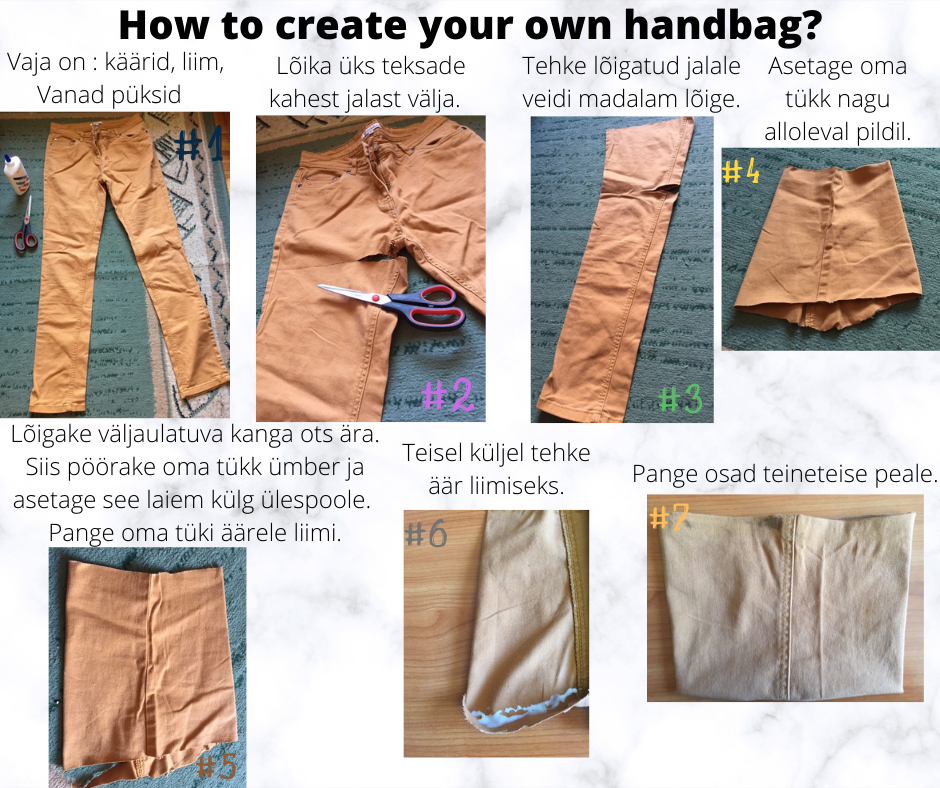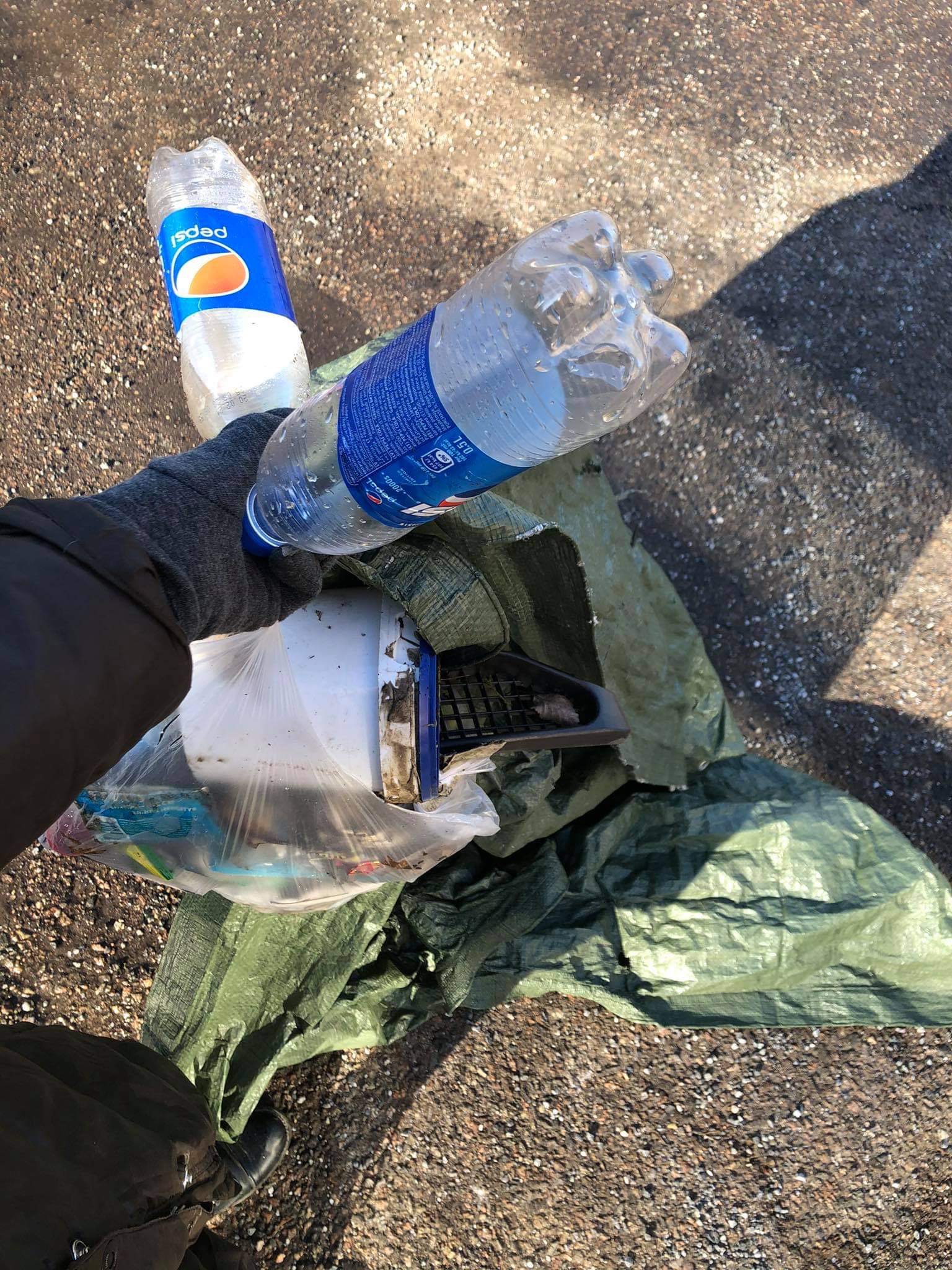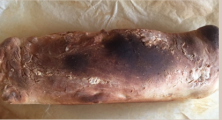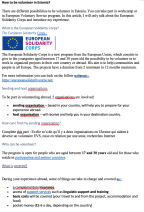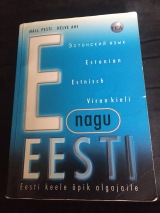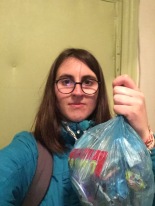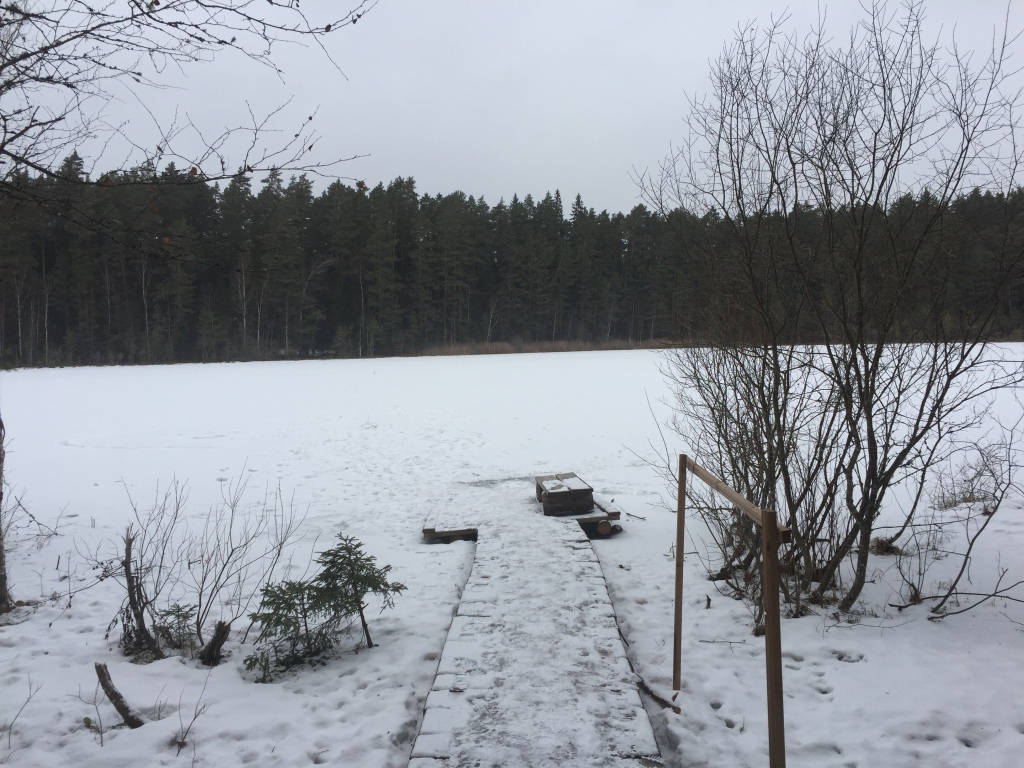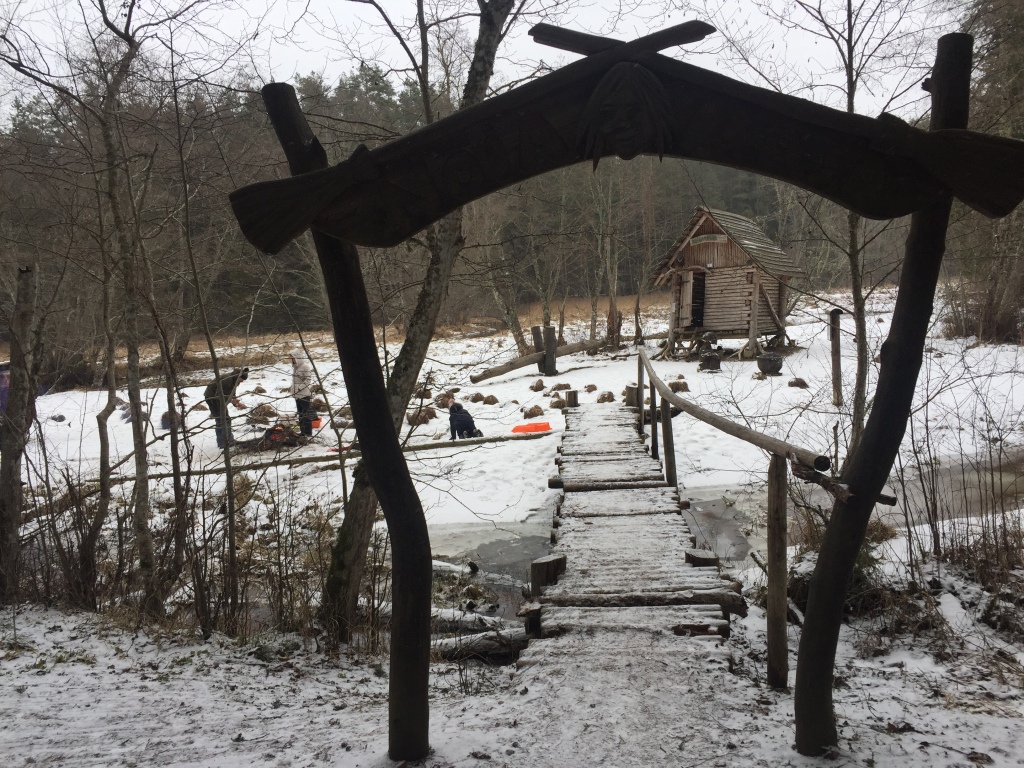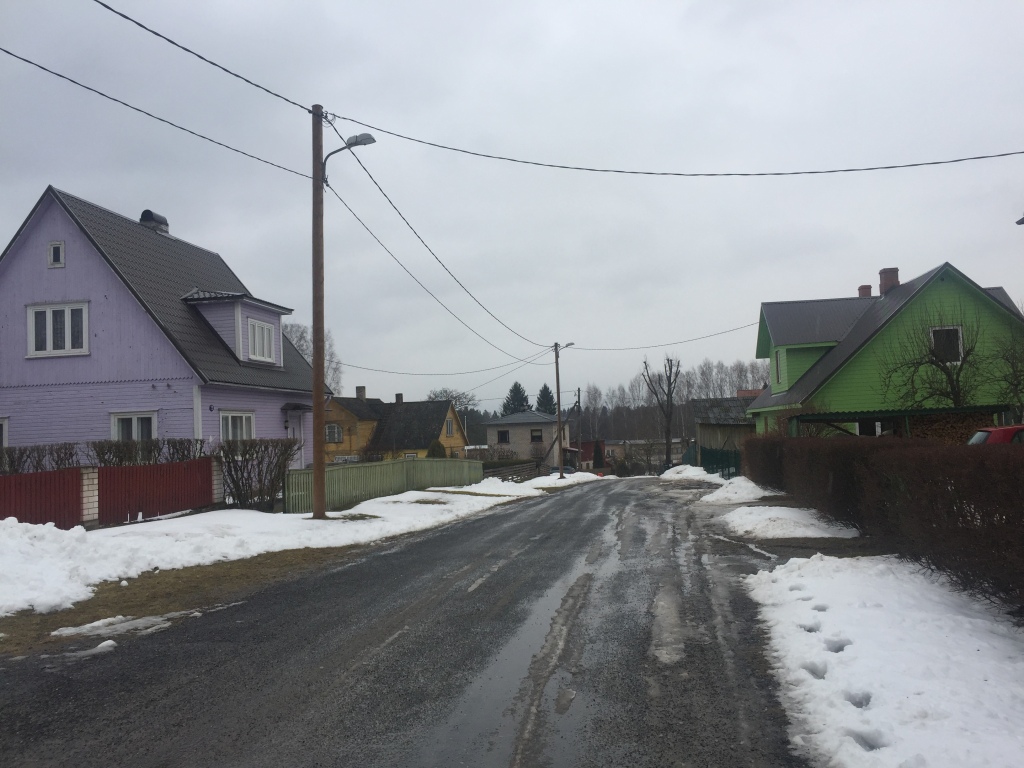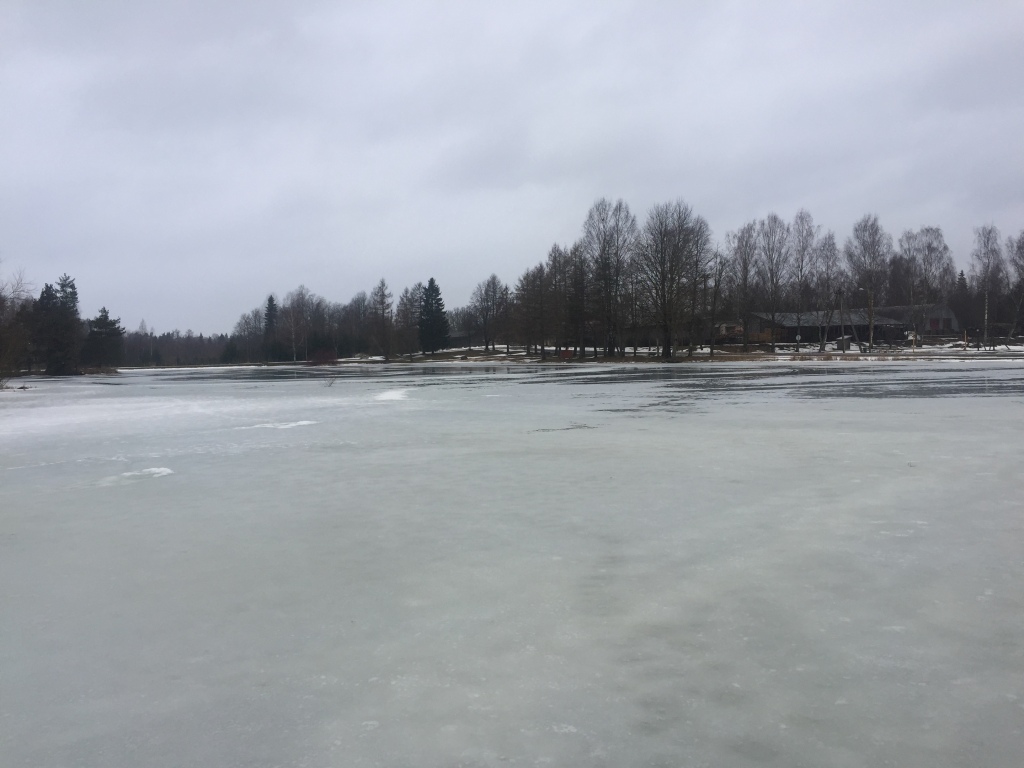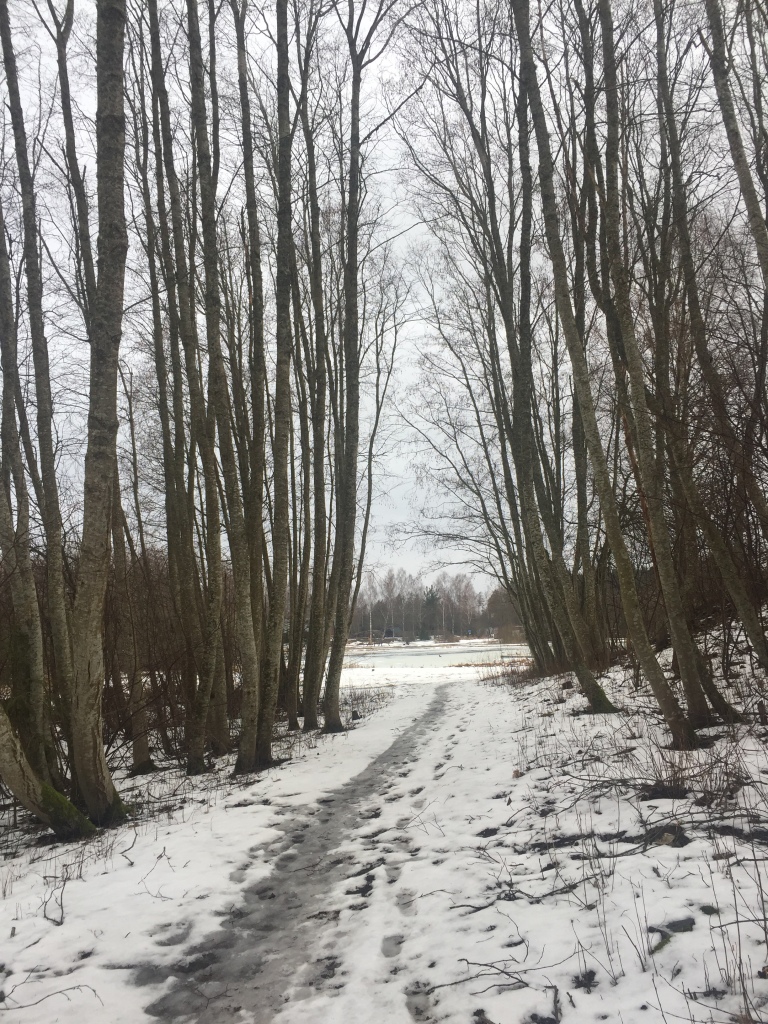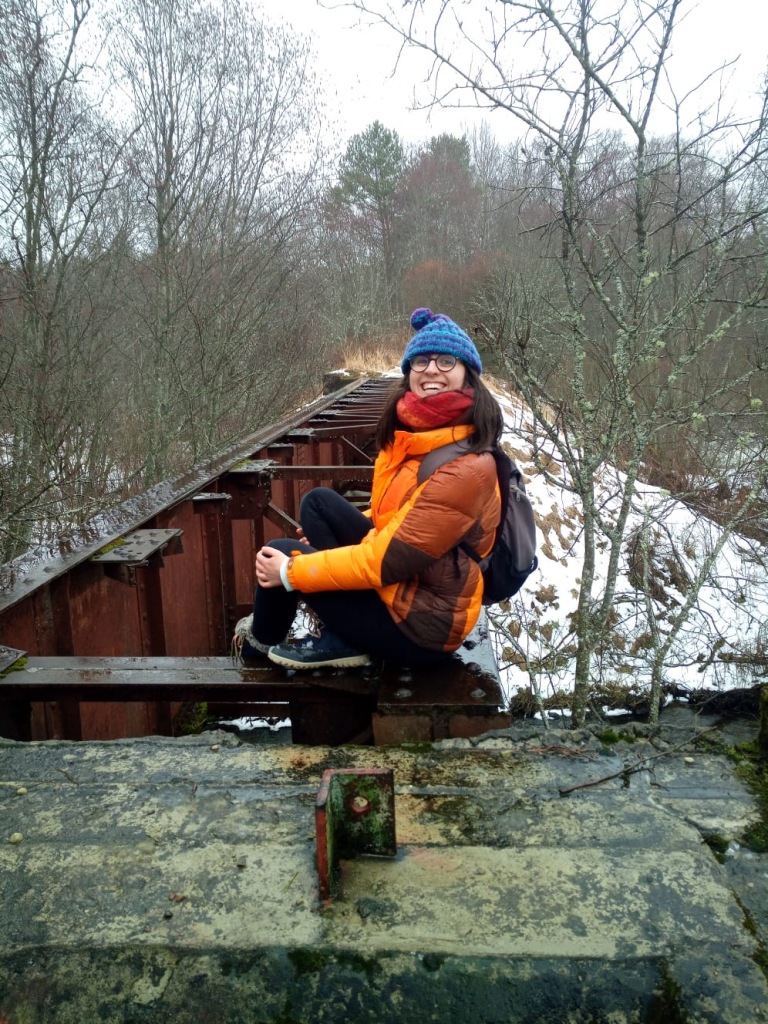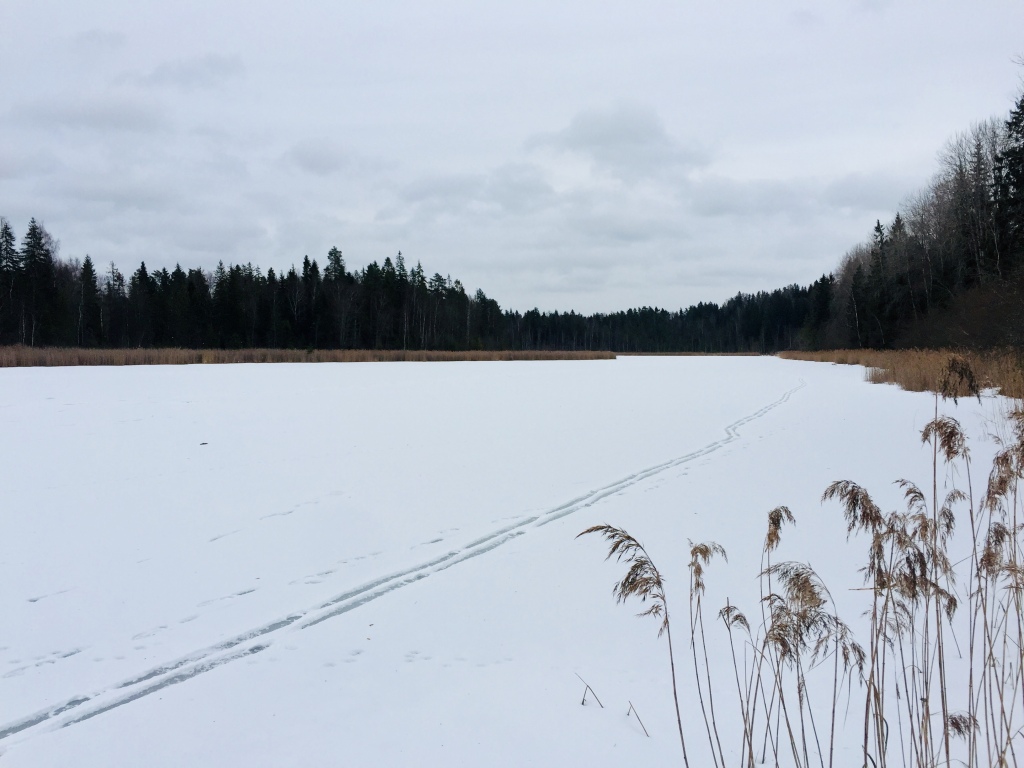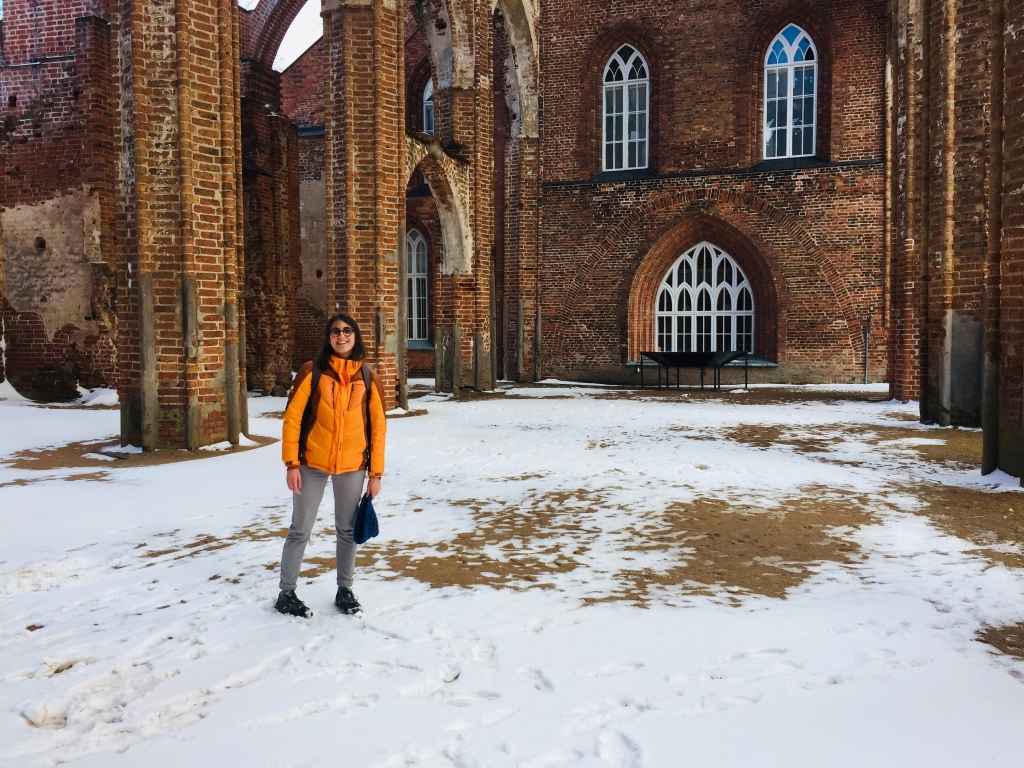The weekends of May
Walking along Kösti järv and in Peetrimõisa village (Viljandi)
Kösti järv (also Kösti dam lake, Kösti Veskijärv and Kõsti mill lake) is a dam lake in the northern part of the Sakala upland, in the city of Viljandi. The lake has an area of 1.1 ha, a length of 250 m, a width of 90 m and an altitude of 50m. The lake is extended to the Uueveski stream and belongs to the West-Estonian river basin district and the Pärnu sub-basin. Kösti lake is not a public or public body of water.
The Oja tee runs along the dam of the lake, the Kösti hydroelectric power plant is operating in the Kösti watermill building next to the dam.
Peetrimõisa is a village in Viljandi Parish which counts about 288 inhabitants.
Visit of Rapla city alone / Discovery of Viiratsi village and hike along Viljandi lake
Since 2018, Rapla counts about 5 132 inhabitants.
Rapla’s region is the most recent estonian agricultural regions, a centre of large farms developed in Soviet times into collective farms.
Mentioned for the first time in 1241, but having never had a real status of city, Rapla was built around its two-tower church, dedicated to Mary Magdalene.
The area is suitable for walks in the forest, with its swamps.
Viiratsi (before 1920: Wieratz) is a small borough located at 1km far away from Viljandi city.
Some information about Viljandi lake can be find in the following link : https://www.visitestonia.com/en/lake-viljandi-1
Visit of a Turkish volunteer and of an Estonian family in Tõrva / Climbing and spending time with others volunteers in Tartu
Thanks to the Turkish volunteer Aysegül I met online during the mid-term training, I was able to see her face to face by her place in Tõrva, but also to meet an Estonian family that she introduced me. She knew that I wanted to be more in contact with local people that’s why she offers me to come to her place. It was on a Saturday, we prepared, shared French speciality (French toast – “pain perdu”) and Turkish food (lahmazun – pizza) with them. I also tested for the second time “Kama” which is a tipical Estonian food, practiced my Estonian because this family coudn’t speak so much English, discovered their garden and the city of Tõrva. I spent the night by Aysegül and we discussed about our project. We both work in a youth center, so it was good to heard another and different story from a volunteer who are in the same structure than me.
At the end of the month, I went to Tartu to meet volunteers there and share our lasts moments with some of them because they will go back to their own country soon. ![]()
We decided to have an inside activity because it should rain. So in the morning we climbed in an inside place and finally the afternoon was sunny. We spent our day outside, in a coffee in the center and walked around the town.
If you want more information about climbing, here is the link : https://www.ronimisministeerium.ee/en/about/climbing/
Visit of the capital Tallinn and meeting with some friends
As part of the project “plastic is not fantastic” I should join an Estonian student who lives in Tallinn, to do an action together. So I decided to go there for the weekend because since a long time I wanted to visit again this beautiful city but also my friends.
On a Saturday I left my room to take the bus before to have an online meeting. Arrived at the bus station 20 minutes before the training, there is no WiFi.![]() So other option was to walk and find a coffee but everything seemed closed.
So other option was to walk and find a coffee but everything seemed closed. ![]() Luckily an Hotel accepted me just to use their WiFi.
Luckily an Hotel accepted me just to use their WiFi. ![]()
Then the day continued with meeting friends and new people outside by a wonderful weather. ![]()
On the next day, I met a new volunteer who was also in the capital for a couple of days. ![]() The same day the Estonian student joined me, we went to Pirita district and collected some garbage.
The same day the Estonian student joined me, we went to Pirita district and collected some garbage.
Because I had a few time before to return back in Viljandi, we walked and enjoy the time in the district of Kadriorg.
This weekend was very nice, I was able to discover the capital in spring time and to meet new people.
What I visited :
- Stroomi beach = a child-friendly sandy swimming beach in northern Tallinn where you can also make barbecue and have picnic.
- Noblessner harbour
- Telliviski district
- Balti Jaama turg
- Rannamägi
- Old town
- Pirita beach
- Kadriorg Park and district



